ISSUE SIXTEEN
SPRING–SUMMER 2023
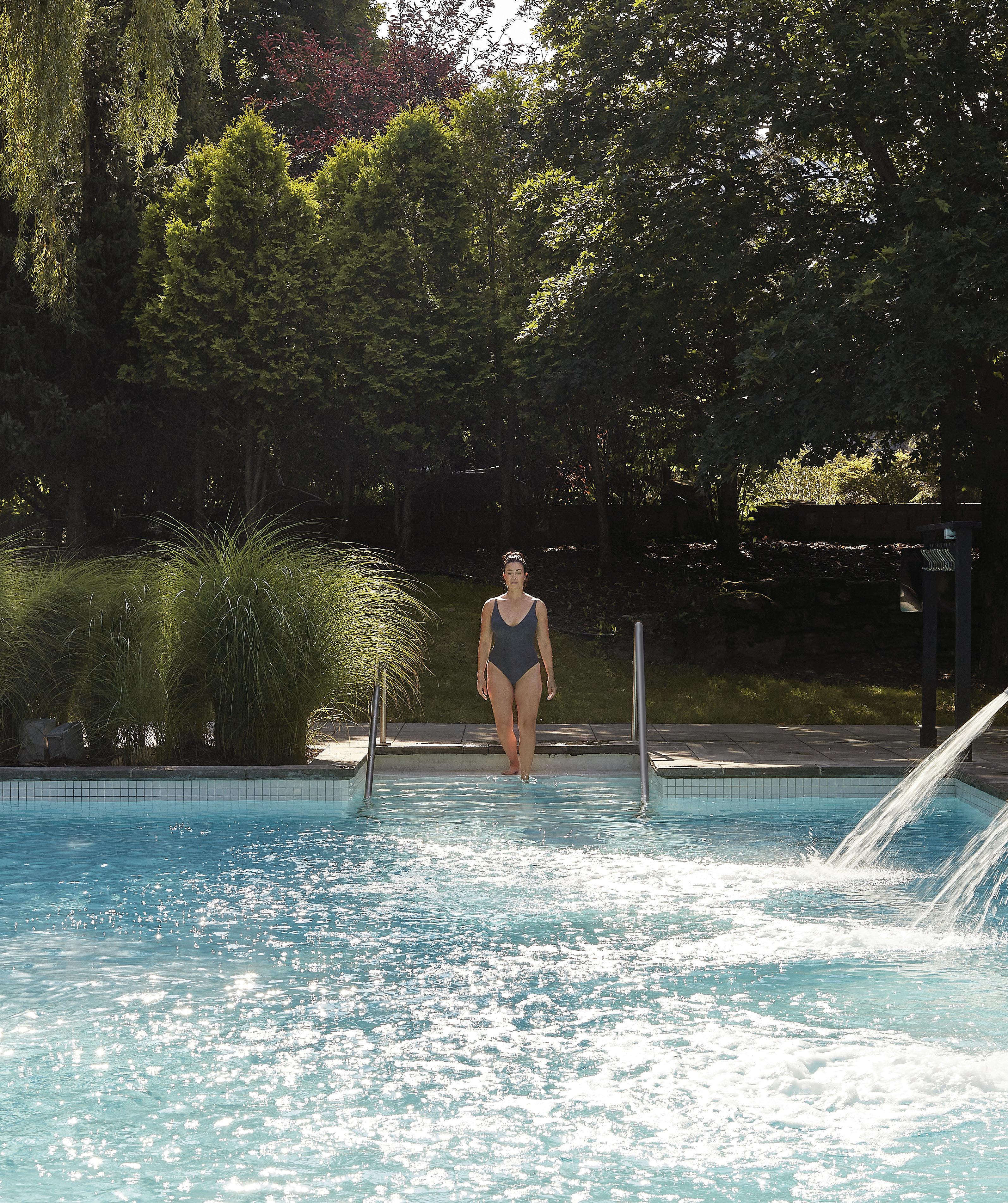
CENTRED ON BALANCE
ARCHITECTURE
NATURE
HOLISTIC HEALTH
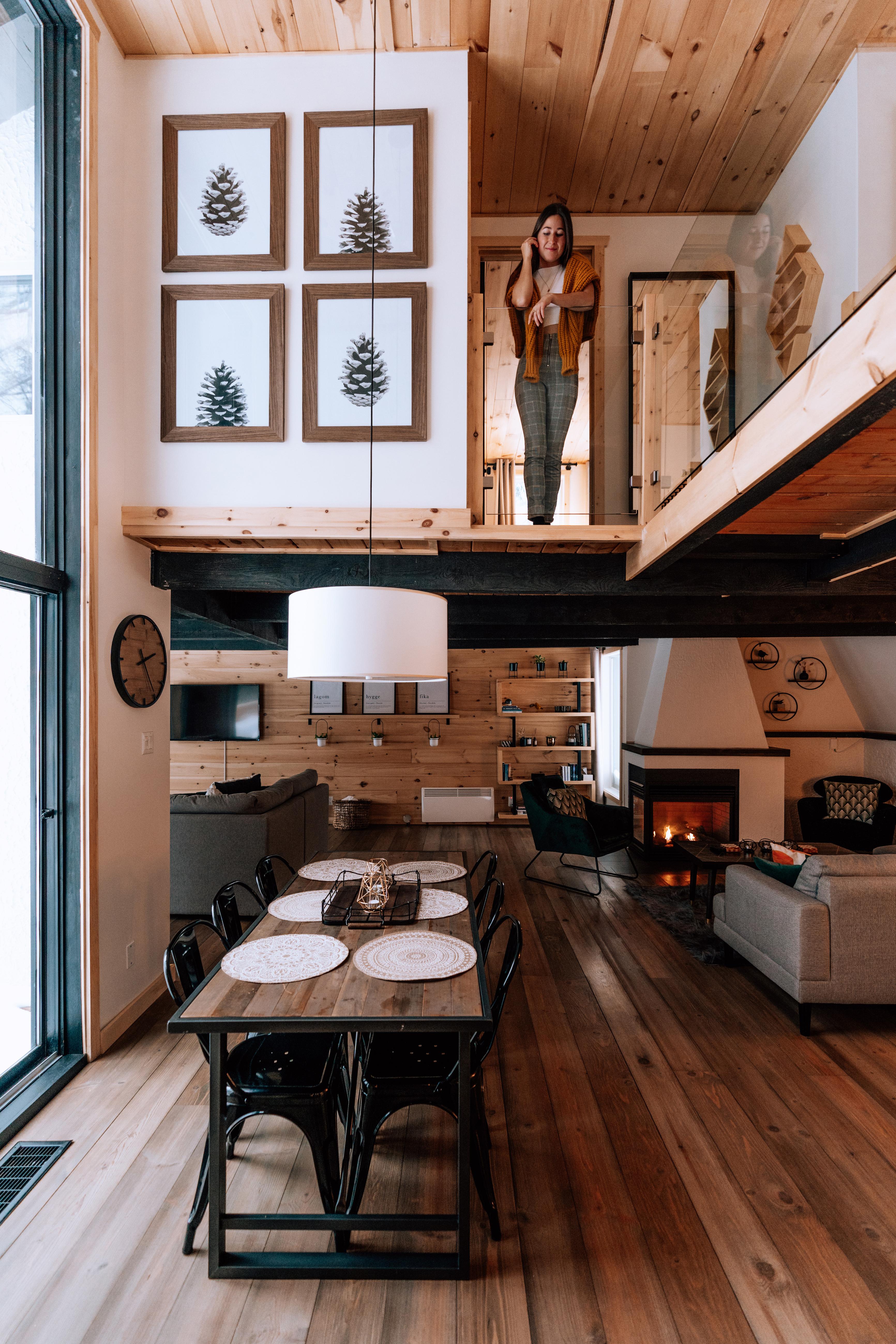

www.chaletshygge.com Chalets Hygge Thoughtful Hospitality Scandinavian rental chalets in Orford Elevated comfort and amenities Pets welcome
Close your eyes. Open your senses.


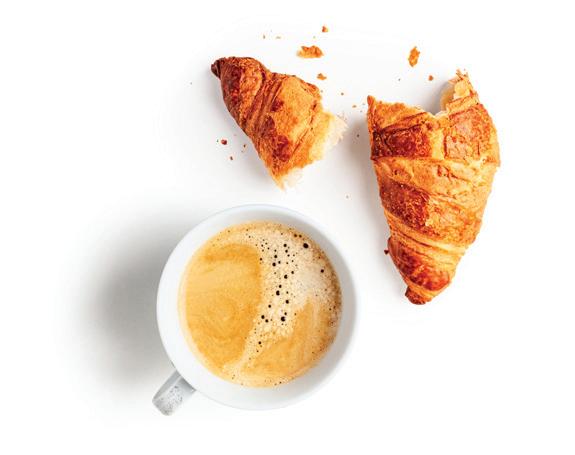

H71 and Strøm Nordic Spa invite you to let it all go. Calm and relaxation await you in the heart of the Old Port of Quebec. Discover our packages. hotel71.ca
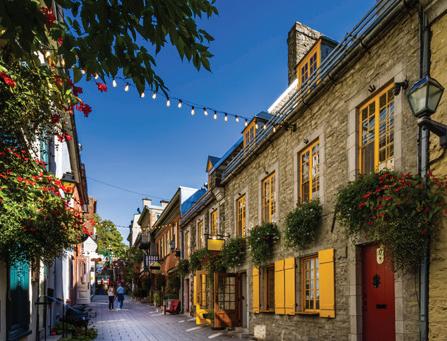
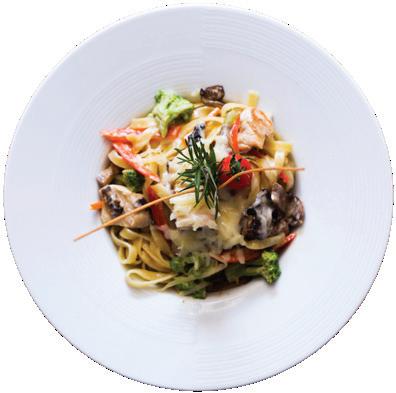

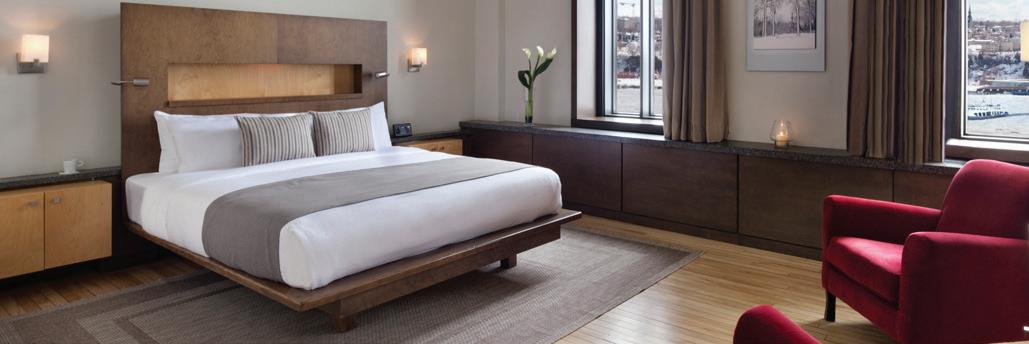

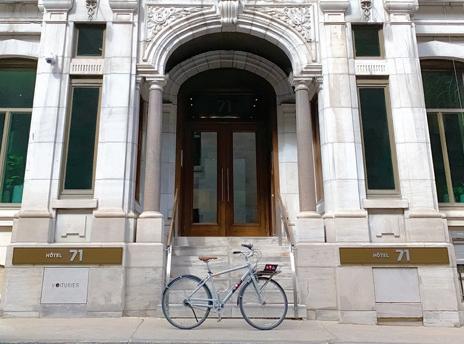
ARCHITECTURE
ARCHITECTURE
ARCHITECTURE DESIGN ART OBJETS



ÉCONOMISEZ 20% SUR NOS
ABONNEMENTS



PAPIER EN ENTRANT LE CODE PROMO STROM20



SAVE 20% ON SUBSCRIPTIONS WITH PROMO CODE STROM20
SAVE 20% ON SUBSCRIPTIONS WITH PROMO CODE STROM20
MAGAZINE
MAGAZINELIGNE.CA
MAGAZINE
MAGAZINELIGNE.CA
MAGAZINE
MAGAZINELIGNE.CA
In this issue
ARCHITECTURE 10 — 13
INSPIRATION 14 — 21
WORLD 26 — 29
SOCIETY 30 — 41
HOLISTIC HEALTH 46 — 59
Arranging Offices in the Era of Hybrid Work: A Contemporary Challenge



A Desire for Authenticity — An Interview with Guylaine Tremblay
Floristry: A Living Art — An Interview with Alice Berthe
What Remains of My Travels? by Franck Laboue
The Strength of the Group, by Jacinthe Roy Rioux
Seduction Through the Prism of Culture, by Kanica Saphan
Presence: A Cultivated Energy, by Chanelle Riopel
Relearning to Live Away from Our Screens, by Eve Laliberté
The Hallucinogenic Mushroom: At the Foundations of Humanity, by Jacinthe Roy Rioux
Emotional Fatigue in Caregivers — An Interview with Michelle Lefebvre
CULTURE 64 — 65
À TABLE 68 — 77
Guillaume Lemoine President
Emilie Lefebvre-Morasse
Vice-President of Marketing and Sales, Editor in Chief
Arianne Filion
Assistant Editor in Chief
Five Books to Renew Empathy, by Nicolas Gendron
Recipes: Burrata and Mushroom Stir Fry, Clarified Rum Punch, by Raphaël Podlasiewicz
Cooking for Better Treatment, by Isabelle Huot
The Trades of Wine, by Stéphanie Dupuy
Sarah Lamarche Artistic Director
Bianca Des Jardins Photographer
Gaëlle Meslin Linguistic Reviser
Geneviève Dion Senior Director of Marketing and Sales Catherine Gaudet Linguistic Reviser
Myriam Dumont Marketing Director
Sarah-Maude Dalcourt Photo Director
SLRR Translation Firm Translation
Printing
TC Imprimeries Transcontinental
Advertising sales
Christine Mailloux, cmailloux@stromspa.com (514) 761-7900, ext. 4304
To collaborate on content
Arianne Filion, afilion@stromspa.com
Publisher
Strøm Nordic Spa 1001, boul. de la Forêt Nuns’ Island, Quebec H3E 1X9
Legal deposit — ISSN 2369-5897
National Library of Canada and Bibliothèque et Archives nationales du Québec. The opinions expressed in the articles of Strøm Magazine are the sole responsibility of the authors. The availabilities, vintages, and prices mentioned in the magazine are subject to change without notice. Any reproduction, in whole or in part, is prohibited without the permission of Strøm Nordic Spa. All rights reserved.
Publication mail — 42293512
STRØM MAGAZINE 5 THEMED FEATURES
Our Contributors
Since the beginning, Strøm Magazine has had the immense privilege of working with experts from a wide variety of fields to write the articles that comprise it. With great generosity, they offer us their knowledge and share their perspective—some from season to season, others more occasionally. It is with the utmost pride that we invite you to discover them right here.
Landing her first job at the SAQ really got her hooked! Several courses and 18 years in the wine industry later, Stéphanie loves drinking, sharing, and—above all—talking about wine! The sommelière has written for Strøm Magazine since 2008.
A cultural journalist for Ciné-Bulles magazine, among others, Nicolas has written for Strøm Magazine since 2015. He is also—and above all—an actor, director, author, and artistic director.

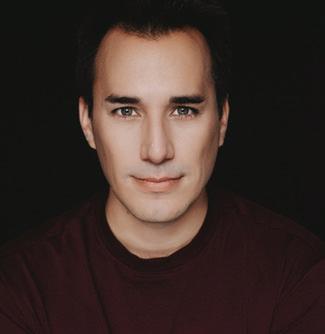
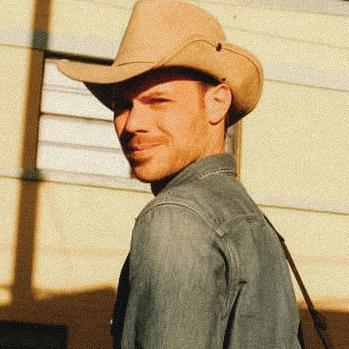
Holding a doctorate in nutrition, Isabelle is also a columnist, an author of 16 books about food, and an entrepreneur, having launched her ready-to-eat line in 2011. She has written for Strøm Magazine since the beginning.


A native of Brittany, Franck is eternally curious. A specialist advisor at Voyageurs du Monde, he ended up settling down in Quebec. He has written for the magazine for nearly five years.
Eve likes to tell stories and create universes conducive to contemplation. Navigating various creative spheres, she contributes to several editorial projects and is the founder of premier quartier. She has been a cultural contributor to Strøm since 2021.
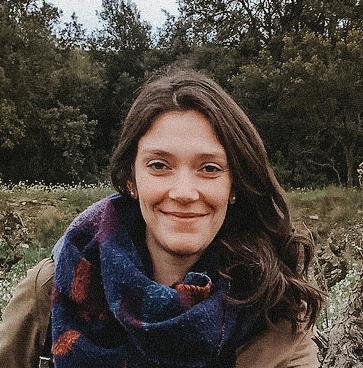
Raphaël is the Executive Chef of Strøm Nordic Spa restaurants. Since 2017, he has offered creative, responsible culinary offerings inspired by Nordicity and highlighting fresh, local products. In each issue, he is responsible for the recipes in the “À Table” section.
Chanelle is the founder of Acte, a multidisciplinary virtual fitness studio that advocates dialogue between the body, the mind, and the environment.
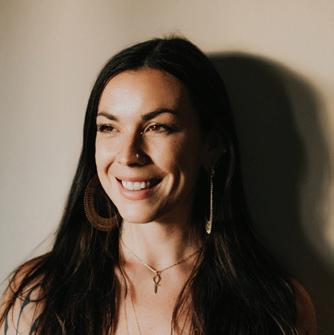

An artist of words and images, Jacinthe explores the bond that connects people through history, nature, culture, and holistic and spiritual life. Having participated in the founding of Strøm Nordic Spa, she has written for the magazine since the very beginning.
Kanica is the founder of Sofa Sexologique, a welcoming firm of sexologists. Her favourite topics include sexual desire, the search for authenticity, and love with a capital L!
 Kanica Saphan
Jacinthe Roy Rioux
Nicolas Gendron
Chanelle Riopel
Franck Laboue
Eve Laliberté
Raphaël Podlasiewicz
Isabelle Huot
Stéphanie Dupuy
Kanica Saphan
Jacinthe Roy Rioux
Nicolas Gendron
Chanelle Riopel
Franck Laboue
Eve Laliberté
Raphaël Podlasiewicz
Isabelle Huot
Stéphanie Dupuy
Why should we invest in a fixed workplace when work from home has become the norm? One thing is certain: we cannot design offices as we used to. That is why I am proud of Strøm Nordic Spa’s new head office, which will open its doors in the coming months on the banks of the Chambly Basin. Strøm’s offices, already located on the South Shore of Montréal, will indeed soon move to an enchanting setting along the waterfront.
We believe that, with the advent of virtual communications and mass adoption of work from home, the need for places to meet and exchange with others is stronger than ever. It is with this in mind that the future Strøm head office was conceived: a campus where the Strøm community can create, learn, innovate, and grow together.
The campus will be a unifying hub where the well-being and motivation of our teams will be prioritized, as they are the reason behind our continued growth and genuine belief in our dreams of international expansion. We will carry on advocating for hybrid work and flexible schedules. Work organization will continue to be based on trust, the importance of connections and communication, skill development, and work-life balance, while always keeping our business goals in mind.
This workplace will include offices and collaborative spaces, plus a wharf, boats on which the teams can meet, and a culinary laboratory in which our head chef Raphaël Podlasiewicz will continue to develop the philosophy behind our Nord, Fika and Skärgården restaurants as well as the recipes that bring them to life. The laboratory will be open to the public, thus allowing employees to coexist with the community and exclusively discover dishes before they make their debut in our various spas’ gastronomic spaces.
Our mission with this new waterfront campus is to cultivate a work environment that mirrors the essence of each of our spas, where nature and architecture blend in harmony. Uniting logic and emotion, as well as body and mind health, to remain centred on balance: that is the future of working at Strøm.
 Guillaume
President
Guillaume
President
 Lemoine
We are seeking new talent to join Strøm’s large team! To see our job offers, visit our website.
Lemoine
We are seeking new talent to join Strøm’s large team! To see our job offers, visit our website.
A WORD FROM THE PRESIDENT
Photographer — Bianca Des Jardins
Dear readers,
In a hyperconnected world full of Zoom meetings, reels and other virtualities, what importance do we place on genuine human connections? We have studied this question in depth by assessing the need to connect to others, the different aspects of this connection and the impact it can have on individuals and groups. Through this approach, we have realized that human connections constitute an unparalleled source of joy and healing.
We all remember having a meaningful conversation during which time seems to have stopped. Often while travelling in an unknown setting, we recall having been vulnerable, letting our guards down, feeling alive and completely ourselves. When we connect with others, with people from all walks of life, no matter our differences and similarities, we create a bond, a sense of community and a deep feeling of oneness with humanity.
The need for connection has inspired new forms of environments, traditions, and ancient rituals adapted to present circumstances. We notice growing popularity in retreats and sharing circles in which organizers create a safe space to allow people to be vulnerable, authentic, and open with their emotions, to feel understood and to create a sense of belonging over time. The opportune context, the atmosphere and the impression of symbiosis raises consciousness and encourages the act of empathy and benevolence towards others.
The sense of belonging represents a fundamental need in our society, where loneliness poses a real problem. In Canada, nearly 15% of people reported always or often feeling lonely, while this number jumps to one in four people among youth aged 15 to 24 years1. Moreover, 19% of people in Quebec live alone, meaning almost one in five people2 . Relieving loneliness would therefore be a way to improve one’s quality of life. A Harvard study, recognized as the longest of its kind in history and reported by psychiatrist and researcher Robert Waldinger, shows that the quality of social relationships is what makes us happiest and that it even has a positive impact on our health3
In this issue, we explore the theme of connection through various experiences and meetings. From the need to disconnect to emotional fatigue and the use of alternative methods like psychedelics and floral art, we paint a picture of the many facets of human relationships. Consider this an invitation to express gratitude to those who surround us.
Happy reading,
Emilie Lefebvre-Morasse and the editorial team
Benevolence
Empathy
Sense of Belonging Connection
Authenticity
Vulnerability
1 Walker, I., Kaplan, J., Kaddatz, J., Huggins, J., & Kow, B. (November 24, 2021). Loneliness in Canada. Statistics Canada : Canada’s national statistical agency. https://www150. statcan.gc.ca/n1/pub/11-627-m/11-627-m2021090-eng.htm
2 Le Québec affiche toujours la proportion la plus élevée de personnes vivant seules . [Québec still shows the highest proportion of people living alone] July 13, 2022. La Presse. https://www.lapresse.ca/actualites/2022-07-13/le-quebecaffiche-toujours-la-proportion-la-plus-elevee-de-personnesvivant-seules.php
3 L’équipe PasseportSanté. 3 leçons (scientifiques) de bonheur [3 (scientific) lessons on happiness]. Undated. https://www. passeportsante.net/. https://www.passeportsante.net/fr/Actualites/Dossiers/DossierComplexe.aspx?doc=lecons-bonheur
“Connection is why we’re here; it is what gives purpose and meaning to our lives.”
— Brené Brown
A WORD FROM THE EDITORIAL TEAM
 Photographer — Karolina Grabowska
Photographer — Karolina Grabowska
Arranging Offices in the Era of Hybrid Work: A Contemporary Challenge
THE LOGICAL REALLOCATION OF SPACES
The world of work has evolved considerably in recent years, on several levels. The massive advent of remote work and the gradual emptying of office spaces that once welcomed full teams, five days a week, are some real examples of this.
Now, remote work has taken over, and if we trust the workers, it will be here to stay, at least in part. Indeed, a survey conducted in Quebec in late 2022 revealed that, for 85% of employees, hybrid work would have had a positive impact on the balance between their work life and their personal life1 . Another study from CIRANO (the Centre interuniversitaire de recherche en analyse des organisations) indicates that employee satisfaction with work is proportional to the number of days per week spent working remotely 2
The question therefore arises: How do we design offices when the idea of commuting every day to go to work seems increasingly obsolete? Is the office a thing of the past? In four points, here are the elements to consider in this new paradigm of work.
In a reality where workers now perform their duties from home at least some of the time, the offices rented or owned by companies have become too large. We must therefore rethink their layout to allow those who show up to enjoy the most pleasant ambiance possible, explains Marc-André La Barre, the founder of Lib., a company specializing in the design and creation of workspaces: “We evaluate the needs to determine how many full-time workstations are necessary, how many unassigned stations, meeting rooms, etc. Then, we either look for a new space or we work with what we have.”
If we decide to keep a space that we already occupied, we can, for example, convert large corner offices that are no longer used on a daily basis into unassigned workstations to allow employees to benefit from the space, the light, and often the view offered by this type of location. Expropriating certain individual offices to turn them into shared spaces is logical in this context, but nevertheless requires adaptation. Human beings are territorial; they often identify with their workspace, and companies will have to rely on aspects other than the personalization of an office to maintain this sense of belonging. We will instead seek out an atmosphere, a place of interactive sharing, and a dynamic3 .
“We will also take care to keep the spaces quite small, or in any event not too big, because it isn’t appealing for an employee who comes to the office to work to feel alone in a big empty space. Yes, square footage is expensive, but it’s not just a question of money; you also have to feel good when you go there,” Marc-André continues.
“When they aren’t the owners, organizations that rent spaces have often taken out five-, ten-, even fifteen-year leases.” It is therefore difficult to get rid of a space to find a smaller one. For this reason, many premises are currently subleased, which also has the advantage, for companies looking to set up a physical location, of being a turnkey option, with furniture and objects that can be used a second time. Some office tower owners are also converting a portion of their square footage into common areas to be shared, and they now offer a gym, health counter, cleaning service, charging stations for electric vehicles, etc. While, on one hand, they want to make the available space profitable, they mainly want to encourage the retention of tenants by giving them access to practical services that make it more attractive to commute to work.
STRØM MAGAZINE 11 ARCHITECTURE
OPEN SPACES
The popularity of open spaces is nothing new, but their relevance is more topical than ever, because today, “we travel to see people; otherwise, we work from home or elsewhere,” Marc-André La Barre asserts.
While open spaces have the merit of costing less than closed spaces, they are also more democratic, because people are looking for contact with others when they commute. Concentration, which can be achieved at home, is no longer as essential as before.
“When we manage to understand who comes to the office, when, and why, we are capable of arranging the space appropriately. In addition to the open space, other spaces, such as collaboration rooms, large meeting rooms, cafés, or cafeterias, allow people to meet up and work together on projects.”
TECHNOLOGY
Furthermore, new technologies might be capable of informing us about the real needs in terms of the use of space. Indeed, the offices of tomorrow could be equipped with sensors that would collect data on the actual attendance in the work areas. For example, they would make it possible to detect motion on and around a given desk and recognize the times when the lights are on, among other possibilities. The data collected thanks to unassigned workstation or conference room booking applications could also be leveraged to achieve an in-depth understanding of worker habits. However, the question of the invasion of privacy arises; we will have to determine how far we are willing to go to collect information in order to adapt workspaces to our new reality4
Along the same lines, employee accessibility to simple and functional technological devices is a point that should not be overlooked when designing contemporary workspaces. “It’s not true that everyone has the audiovisual tools at home to conduct meetings with several people who are all in different locations. Offering well-equipped meeting rooms at the office with good cameras that allow those working remotely to feel like they are present is important, and it adds value to the workspace,” Marc-André adds. As long as these tools are easy to use, that is, both at the office and virtually! The idea is to make people’s lives easier, not add to their stress 4 . Fluidity and ease of communication will help to maintain a balance in the pace of work and promote the general inclusion of all employees, wherever they are.
The increasing popularity of remote work and the technologies required to support this new way of doing things have accelerated the need to invest in the digital transformation, in the creation of virtual workspaces where colleagues can collaborate remotely. The emergence of new practices necessarily leads to the disappearance of others, such as telephone extensions, since calls have mostly been migrated to collaborative communication applications 5
THE INCENTIVES TO COMMUTING
“Employers have learned that they don’t need their employees to be physically present at the office to perform, which is why they now need to give people a reason to commute, because it’s often more efficient to stay home and save an hour or two of transportation time,” Marc-André admits. The primary motivating factor is being able to interact with colleagues, and a well-designed space will allow that, first and foremost. “Some organizations with a more athletic culture may provide their employees with a gym, showers, bike racks, etc. We will sometimes install play areas, but people don’t commute to come and play at the office,” he concludes.
In short, it is important to understand that there is no magic formula for arranging spaces in a rapidly changing context. Although certain trends can be identified, the needs of organizations and their teams remain at the heart of the solution. And for big towers that still remain unoccupied, converting them into housing is within sight, shifting the discussion toward another reflection, this time social, on the reclamation of underused spaces in the context of a housing shortage.
Sources
1 Travail hybride | L’écart se creuse entre employés et employeurs . (2023, February 17). La Presse. https://www. lapresse.ca/affaires/2023-02-17/travail-hybride/l-ecart-secreuse-entre-employes-et-employeurs.php
2 Étude du CIRANO | Télétravail rime avec satisfaction. (2023, February 16). La Presse. https://www.lapresse.ca/affaires/ 2023-02-16/etude-du-cirano/teletravail-rime-avec-satisfaction.php
3 Des bureaux qui se réinventent | Avantages. (2016, March 16). Avantages. https://www.avantages.ca/magazine_/ des-bureaux-qui-se-reinventent/
4 Latini, S. (March 2, 2022). L’ufficio del futuro sarà più smart : ma quali sono i rischi ? IPSOA Professionalità Quotidiana. https://www.ipsoa.it/magazine/ufficio-del-futuro-piu-smart-organizzazione-rischi
5 Exit téléphone fixe, bonjour bureau virtuel . (2020, September 1). La Presse. https://www.lapresse.ca/actualites/ politique/2020-09-01/exit-telephone-fixe-bonjour-bureauvirtuel.php
12 STRØM MAGAZINE ARCHITECTURE
After moving its head office from Nuns’ Island to Brossard in 2020, Strøm Nordic Spa’s offices will soon settle on the banks of the Chambly Basin. Indeed, the Strøm campus will open its doors in summer 2023 in what was previously Fourquet Fourchette, a culinary institution appreciated by Chambly residents for more than 20 years. Renovations and landscaping highlighting the view of the water are underway. The space will bring together offices, open-concept work areas, meeting and conference rooms, and a culinary lab, which will welcome both employees and the public.
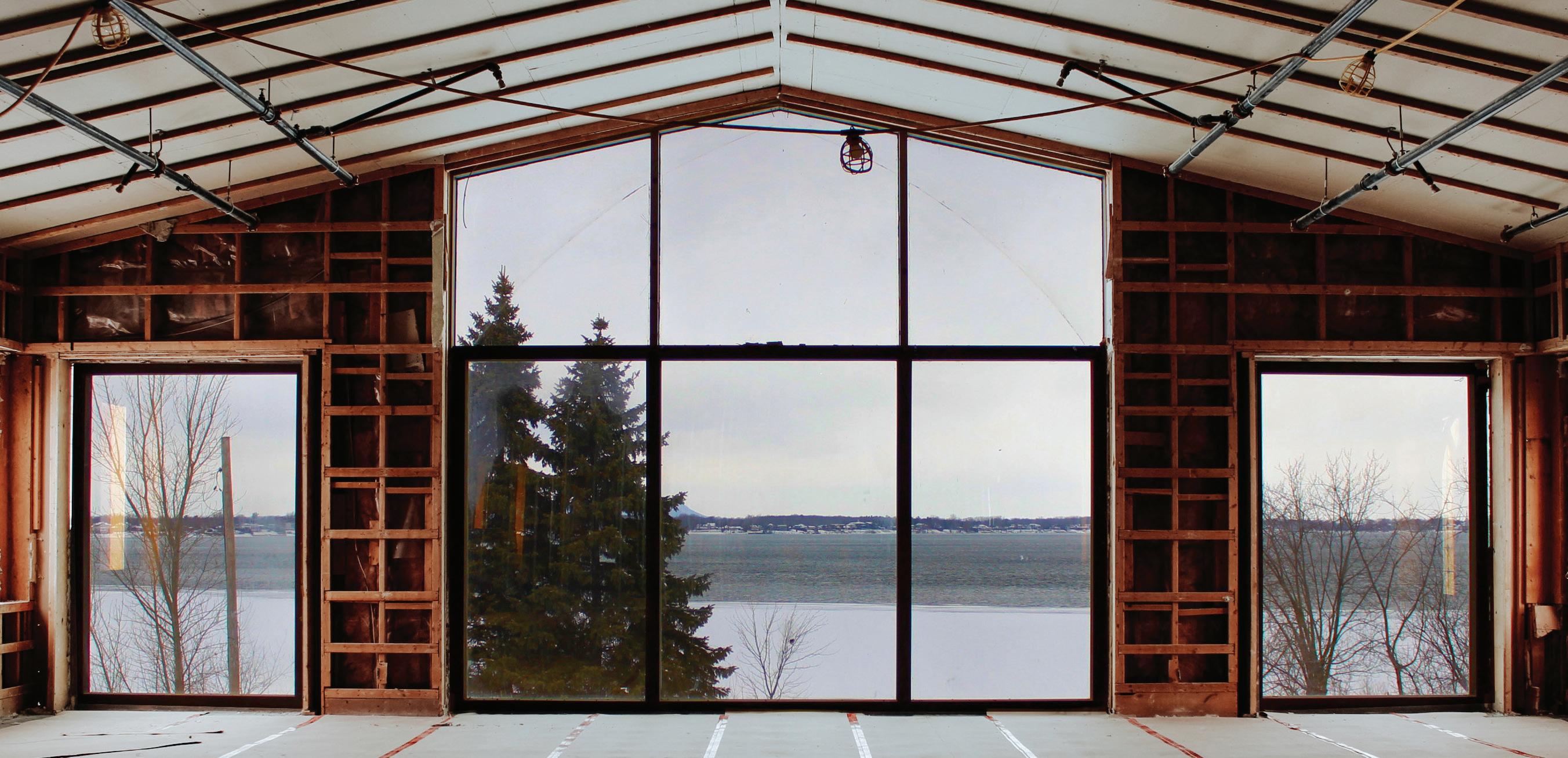
An inviting terrace that makes for a perfect place to eat, have a coffee, or work in the sun will also border the building. More than a workplace, the campus will be a place of training, meetings, sharing, and discoveries. Strøm looks forward to being able to offer such a living space to its teams and to welcoming customers for a meal in accordance with the Nordic-inspired culinary philosophy of chef Raphaël Podlasiewicz, who has made the reputation of the dining spaces in each Strøm establishment.
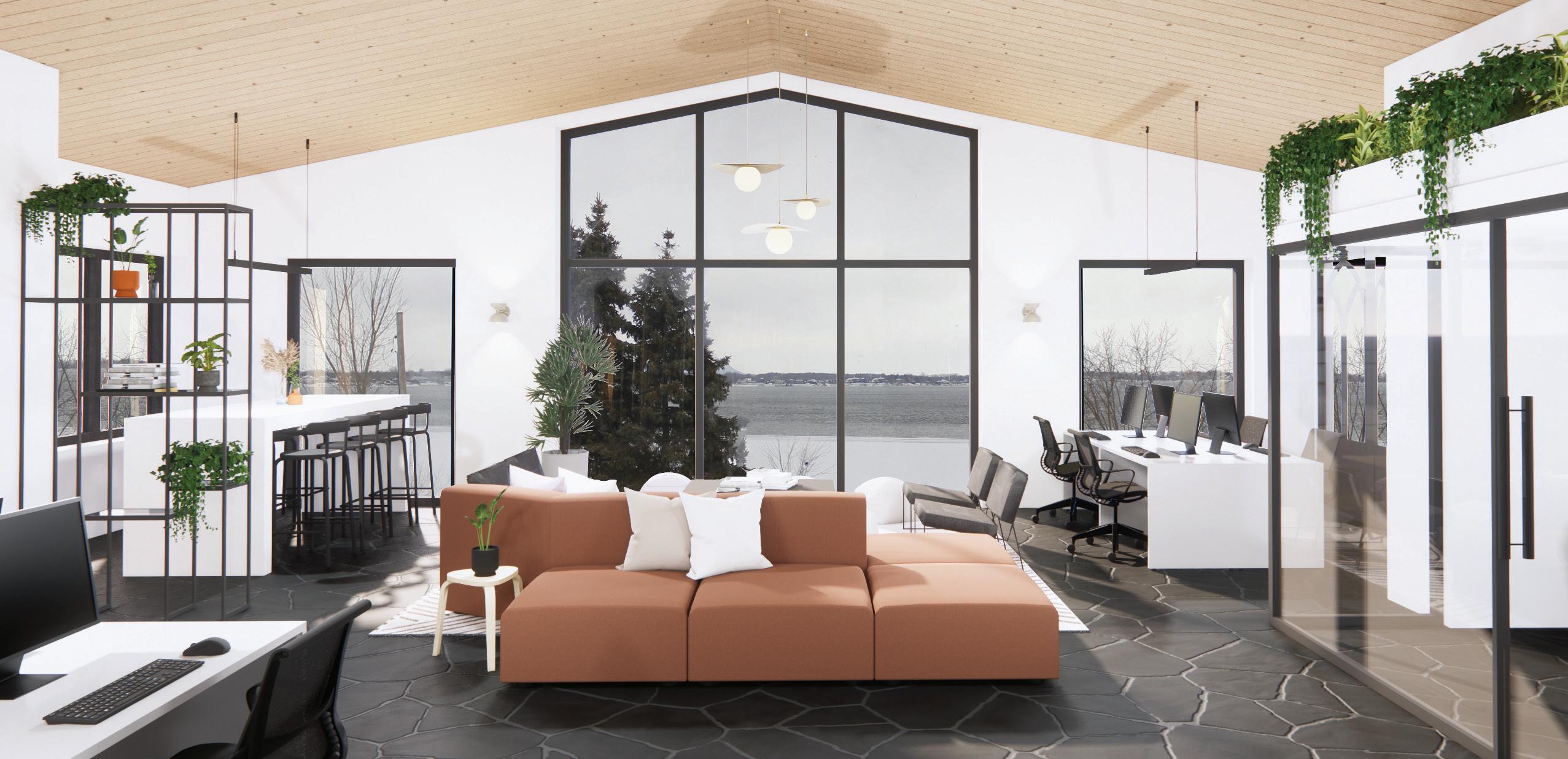
STRØM MAGAZINE 13 ARCHITECTURE
THE STRØM NORDIC SPA CAMPUS
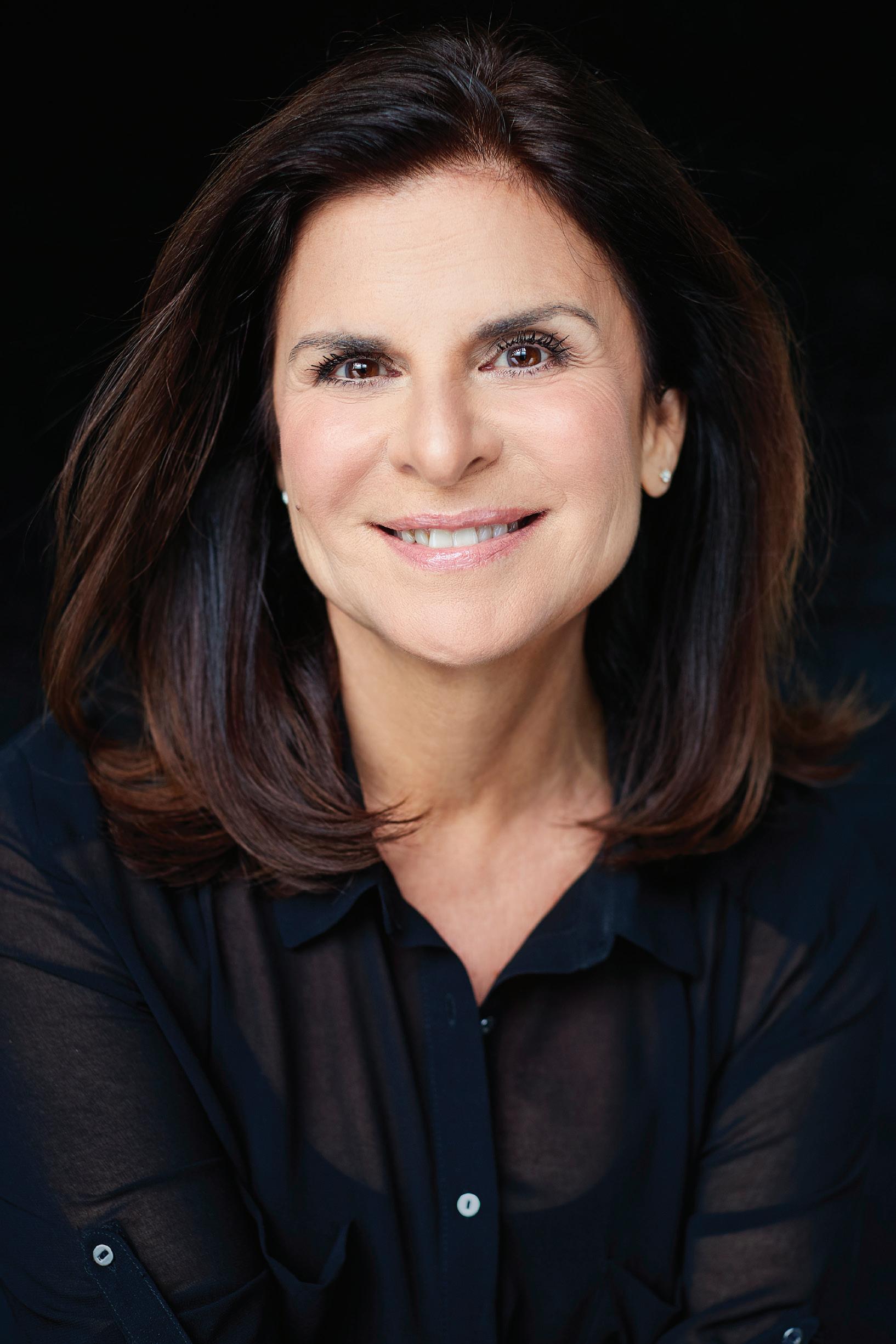 Photographer — Julien Faugère
Photographer — Julien Faugère
A Desire for Authenticity
An Interview with Guylaine Tremblay
Having won many awards over the course of her career, Guylaine Tremblay is one of the favourite actors of Quebecers. After nearly 40 years in the business, she is moving from performance to shared pleasure, thereby offering a new meaning to emotion. Having seen her relationships with the people around her evolve over time, her words testify to the richness of her bonds, and to the importance of giving oneself up to better welcome others.
Hello, Guylaine. I imagine that, as an artist, you have to maintain relationships with many people who are sometimes just passing through your life. What do you do to stay authentic, empathetic, and open to others when you have so many fleeting encounters?
“We practise an ephemeral profession. There are people we like and have chemistry with, but whom we will never really see again due to a lack of shared projects. However, each time I see someone I worked with in the past again, it’s as if we had never lost touch. The current still flows just as well. I think it’s because these are deep and precious connections, especially those from projects that lasted a long time. We experience big emotions, we act out intimate scenes, we spend a lot of time together… That’s what creates bonds, developing an understanding of the other, of their universe.”
Artists from Quebec seem to form a small, tight-knit community. What do you think are the advantages and disadvantages of being part of this kind of ecosystem?
“I’ve never felt alone with my problems or doubts about the profession, because I knew they were shared, understood; we’re all in the same boat, to some extent, so we help each other out. People often wrongly believe that it’s a very competitive industry, but I don’t see it that way. Of course, you can’t always be chosen for each role; there are auditions, and you don’t necessarily get what you want, but in my opinion, we still form a big, beautiful family.
The flip side of the coin is that when I need silence or to find myself in something else, without talking about work and everything that comes with it, it’s harder. It’s a real need, to get out of that bubble from time to time, which is why I think it’s essential to have a well-protected personal life. My boyfriend also pointed out to me that I have a good protection mechanism, because when I need to be alone, I don’t see people. I don’t deliberately ignore them, but I’m capable of simply taking some time for myself, and I’m fine.”
You’ve played several roles throughout your life, both on screen and in life. Recently, you were offered a very important one: that of becoming a grandma. What did that change for you?
“I had been warned that it was going to be a great love story, but nothing could have prepared me for the upheaval that this little life was going to bring to mine.
“When you become a grandparent, you’re often more than halfway through your life. You’ve had the opportunity to realize more than once the fragility of life, and all of a sudden, you have a new human to protect and make happy. You want to offer them joy, happiness, and imagination. I don’t have the same responsibilities as in my role as a mom. I just want to teach her about wonder, to give back to my granddaughter the fascination that she gives me.”
GUYLAINE TREMBLAY
G.T. STRØM MAGAZINE 15 INSPIRATION
G.T.
“Authenticity attracts a form of respect.”
Did your relationship with your daughter, who recently became a mom, change?
“Seeing your daughter become a mother is like seeing her transform before your eyes. You clearly see what you guessed before: all her strength and courage. I guided my daughter, and she will guide hers in return. My daughter will no longer be just my daughter: she has become someone’s mother.”
Has family always been a priority despite your busy schedule and your many commitments?
“I’m less busy than people think. To my great surprise, I have a lot of time for myself. I often work very hard for a while, and then I have weeks, even months of calm. So, I can really spend some quality time with my family, and this has been the case ever since I was young. I was even a stay-at-home mom at one time; I had time to cook and play with my children. And when I got busier again, we adapted. I feel privileged to be able and to have been able to be there for my family.”
At Strøm, we’re very interested in the search for balance and the ways of dancing with imbalance sometimes. What contributes to your balance?
“I always come back to the notion of authenticity. I think we’re in balance when we’re in harmony with what we feel and who we are. For me, balance means being able to express myself and not accumulate tensions, whatever form they take, which leads to imbalance. When we let things build up, they get heavy. The principle of a scale is not to keep everything on one side.”
Finally, especially with your last show, J’sais pas comment j’sais pas pourquoi (I Don’t Know How, I Don’t Know Why), you say you want to focus your professional activities more on the sharing that comes from the heart than on performance. Why is it important for you to do that at this point in your career?
“I’ve been working for more than 39 years, and performance and the desire to prove that I belong are in the past. I’m reaching an age where I look at myself with affection and kindness, even when I make mistakes or think back to ones I made before. All that’s left is to do what I like and have fun.
“The show had been growing in my mind for ten years. I was working on other projects, and I didn’t have time to focus on that one. It represents everything I love in life: playing, singing, telling stories. I deliver pivotal moments in my career there, and I support my words with the work of Yvon Deschamps. I did well to follow my instinct; I needed to make this show to make me happy and, by the same token, to make others happy.”
You’re very popular with the public, having often been named “female personality of the year” at various galas in Quebec. Do you feel a certain pressure to live up to the image that people have of you?
“The only pressure I have is to be authentic, and that’s a pressure I inflict on myself. I don’t feel like I have to embody a character, since I’m not one. I’ve never acted based on what people might think of me, and I think that has served me well, because the public guesses it and knows that there isn’t any distance between them and me. Authenticity attracts a form of respect.”
G.T.
G.T.
G.T.
G.T.
STRØM MAGAZINE 17 INSPIRATION
G.T.
Floristry: A Living Art
An Interview with Alice Berthe, of the Enfants sauvages flower farm
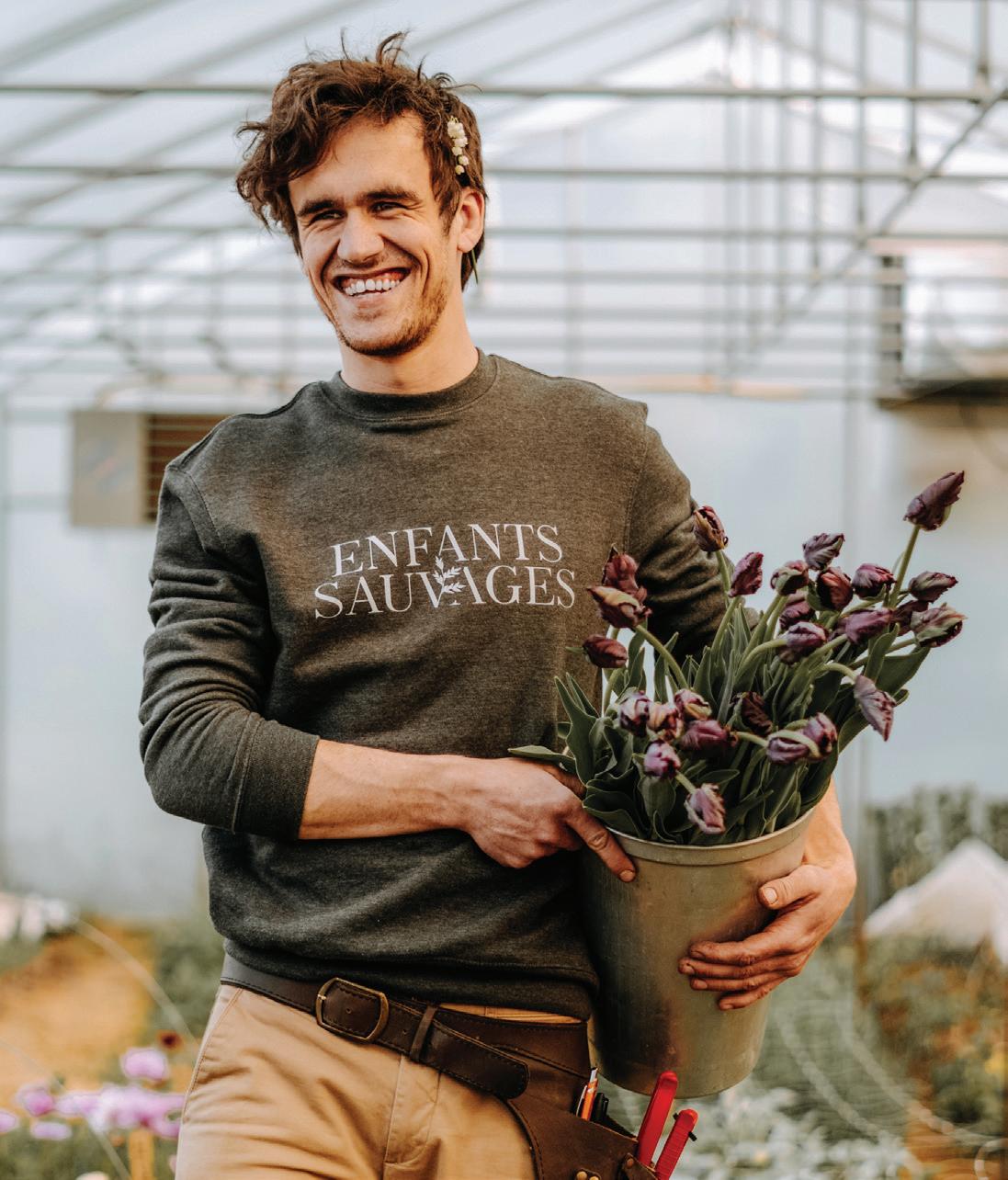
Bound by a passion for nature and a deep respect for it, Alice Berthe and Thierry Bisaillon-Roy founded the Enfants sauvages flower farm and floral design studio. A project in the colours of happiness to embellish the daily routine as well as the rituals of our lives.
“Thierry and I had the opportunity to settle in Estrie, a region we hardly knew. Someone wanted to transfer the land that he had inherited to young people who wanted to get their start in organic farming, and it fell to us. At that time, Thierry was looking for a professional project. It was clear to him that he wanted to work with living things, with the soil, to grow things, but he didn’t know what exactly. For me, I wasn’t lining up to become a farmer or to work with my husband, but I liked flowers. Having grown up in France, born to a Colombian
father and a French mother, flowers had always been part of my daily life. When we went to the public market each week, my mother bought a bouquet to brighten up the house. So, I dreamed of planting a rose garden with English roses on our land in Estrie, just for fun.
“One day, Thierry’s desires and mine came together, and we said to each other ‘why not flowers?’ It became obvious: we were going to build a flower farm.”
18 STRØM MAGAZINE INSPIRATION
Photographer — Christyna Photo
THE PROBLEMS WITH TRADITIONAL FLORISTRY
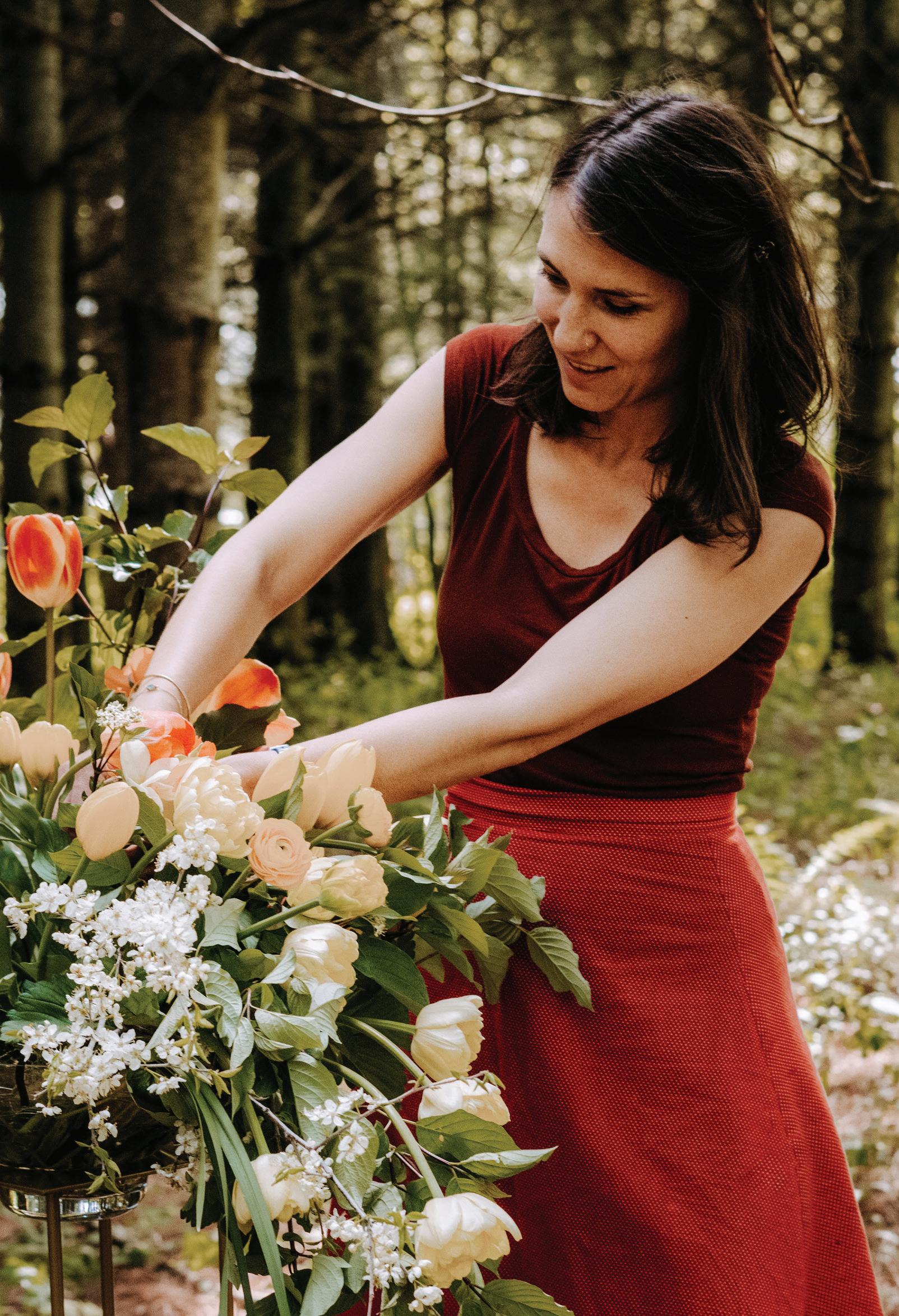
“The name ‘Enfants sauvages’ (‘Wild Children’) came from this idea of taking part in an alternative form of floriculture, going a little against the current, practising responsible local farming without using chemical fertilizers or pesticides.
“We know that traditional floristry in Quebec mainly focuses on flowers grown in the Netherlands, Colombia, Ecuador, Kenya… so, far away. These flowers are usually produced as monocultures, and since they aren’t intended to be eaten, farmers often use a heavy hand when it comes to pesticides and chemical fertilizers. These flowers then travel long distances and pass through several hands before arriving in those of the consumer. This method of cultivation and supply has very serious social and environmental consequences.
“Our approach therefore allows us to grow the same families of flowers that can be found in a traditional florist, such as roses, dahlias, peonies, tulips, but also to cultivate varieties that would not survive transport by plane, or which are rarer, and for which the price would be too expensive in the traditional supply chain, given the number of intermediaries involved.
“By harvesting and preparing bouquets only on request, we also avoid substantial losses, which is more difficult with a traditional florist who has a physical storefront and has to keep a fully stocked fridge all year round. The trust that the customer places in us is therefore important, because while they choose the size and colours of their bouquet, they leave it to us to pick the freshest and most beautiful varieties while respecting the seasonality of the plants.”
THE IMPORTANCE OF RITUALS
“People often ask us if the pandemic affected our success, since flowers are seen as something of a luxury. Not really, because the need for rituals in people’s lives is firmly rooted: birthdays, weddings, funerals… In Canada in 2019, $567,000 million worth of cut flowers and garden products were imported, which means that the demand is there, that the rituals in our lives need to flourish.
“But why import them if we can grow them here? The flower farm offers a local answer to a universal demand. By purchasing a local flower, we’re also buying a story. We know who grew it, who took care of it, who cut it. The gesture is even more meaningful.”
STRØM MAGAZINE 19 INSPIRATION
Photographer — Christyna Photo
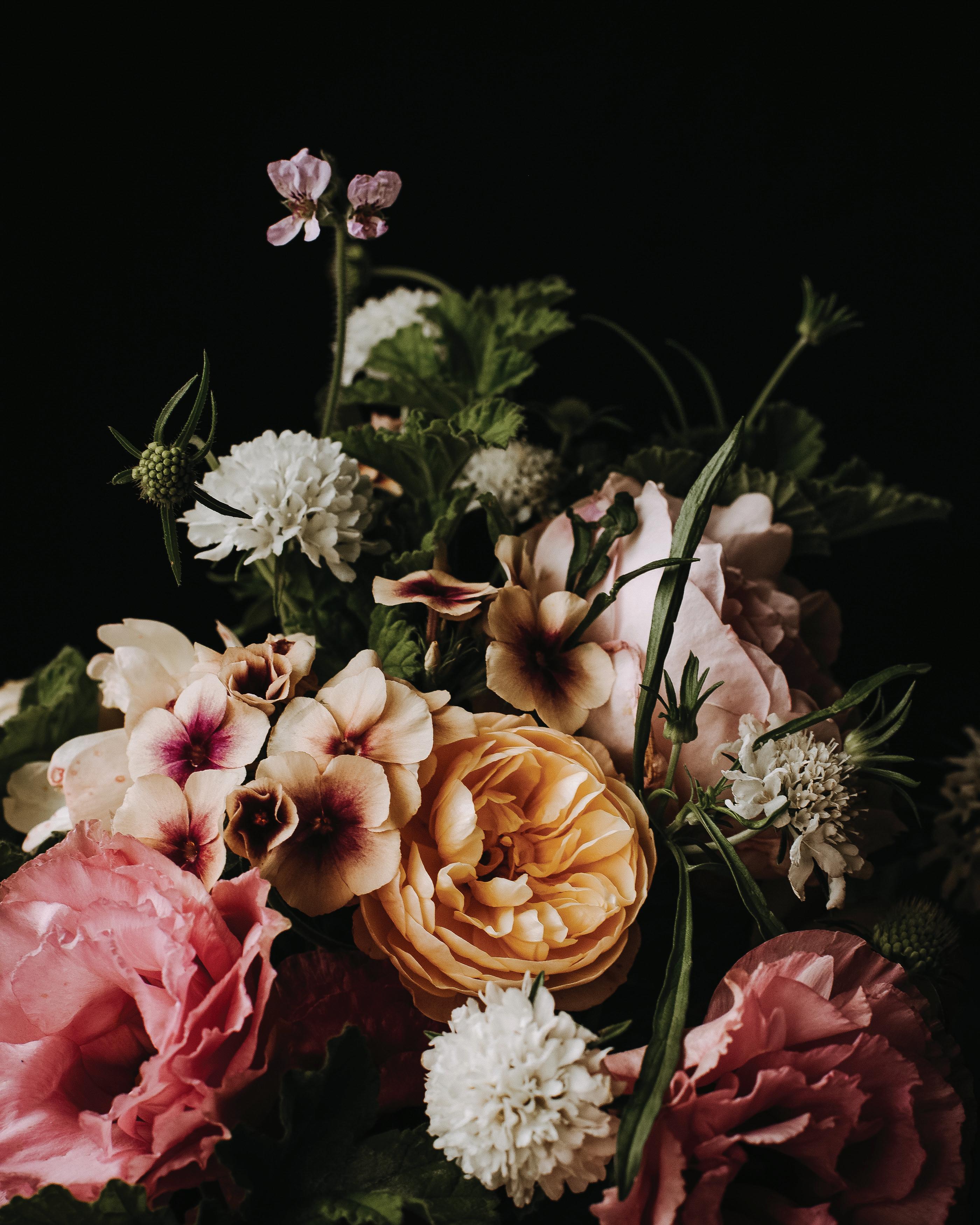 Photographer — Kim Gauthier
Photographer — Kim Gauthier
LIVING IN HARMONY WITH THE SEASONS
“We live according to the seasons, with both hands in the flowers, and we feel the benefits of this connection with nature. Since the flowers grow from May to October, in the winter, we plant the seedlings and assemble the infrastructure. We have work to do all year round, but we really live with the seasons, and we try to share this concept of seasonality with our community. There’s a time for everything, and a time for each flower. Just like with fruits and vegetables. In the same way that Quebec strawberries aren’t available in December, the peony isn’t a September flower!”
FINDING BALANCE WHILE WORKING AS A COUPLE
“My professional experience in cultural mediation, project management, and business development complement Thierry’s passion and know-how for growing living things. He grows the flowers, and I market them.
“We’re aware that it’s not for everyone, working as a couple, but for us, it works very well. We still give ourselves a structure, because we live together, we work together, we live in our workplace…our plantations are literally under our office window.
“For example, we try not to talk about work in certain rooms of the house or on certain days of the week. Thierry has also done two hours of meditation per day for several years. That’s almost unthinkable when you know that he is both a farmer and a dad, but it’s possible! He wakes up at 5:30 am to meditate and does another hour in the evening when everyone is sleeping, the sun has set, and the flowers are closed. And with a pretty incredible consistency: the only time he missed his hour of meditation was the morning of my delivery three years ago. But he did it that night! So, this discipline is clearly something that helps us a lot in our respective lives, and in our business. We’ve also taken non-violent communication training, which gave us tools to better understand our needs, to better express them, and therefore communicate better with each other.”
…AND IN AGRICULTURE
“A graphic designer who starts their own business can invest a few thousand dollars, buy a computer, software, a good office chair, and the next morning, they can start offering their services and generating money. By comparison, agriculture is a huge investment for very little return, because the cost of the equipment is very high. Over five years, we’ve invested $150,000, and we have annual expenses of $100,000…we only started turning a profit in the second year. But it’s a lifestyle choice.
“The difficulty also lies in the fact that our type of business isn’t very prevalent around us, so we don’t have many role models from which to draw inspiration. We’re navigating in something that’s still relatively unknown in Quebec, unlike vegetable gardening, for example, for which figures and data exist that allow people to make more concrete business plans.”
THE POETRY OF FLOWERS
“Our goal in life, for Thierry and me, is to do activities that bring us joy. As entrepreneurs, we have many decisions to make, and we can quickly feel overwhelmed, so we always try to come back to this idea of working in joy and taking actions that are in line with our goal.
“We’re proud to think that our child is growing up between two rows of flowers. He’s only three years old, but he already knows many different varieties; he really pays attention to them. He makes sure of the quality! It’s important for us to cultivate this poetry of work, and the poetry of flowers. To show him that it’s possible to make a living from what you love.
“Working with living things means having epiphanies several times a year, even several times a day. It’s a continuous wonder. That’s what’s magical about nature: no matter how well we know it, each time we return to it, it always does us good. It’s in our DNA: we’re made to be in contact with nature, which is why we never get tired of it.”
Visit enfantssauvages.ca if you want to book a flower subscription or to order your Mother’s Day bouquet.
INSPIRATION STRØM MAGAZINE 21
“In Canada in 2019, $567,000 million worth of cut flowers and garden products were imported, which means that the demand is there... But why import them if we can grow them here?”
SUR LES RIVES DU LAC MEMPHRÉMAGOG
ON THE SHORES OF LAKE MEMPHREMAGOG
SUR LES RIVES DU LAC MEMPHRÉMAGOG



Une localisation sans égal, à 2 minutes du centre-ville de Magog. Une vue exceptionnelle sur le lac et les montagnes. 54 chambres confortables au design mid-century modern, inspiré des années 50-60. Un environnement paisible à proximité de boutiques, activités culturelles, de plein air...


A location like no other, only 2 minutes from downtown Magog. An outstanding view on the lake and mountains. 54 comfortable rooms, with a mid-century modern design inspired by the 50s-60s. A serene environment a few steps from many boutiques, outdoor and cultural activities...
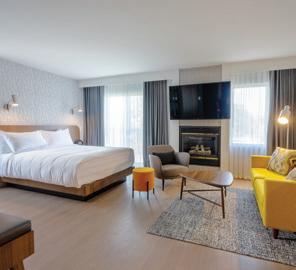



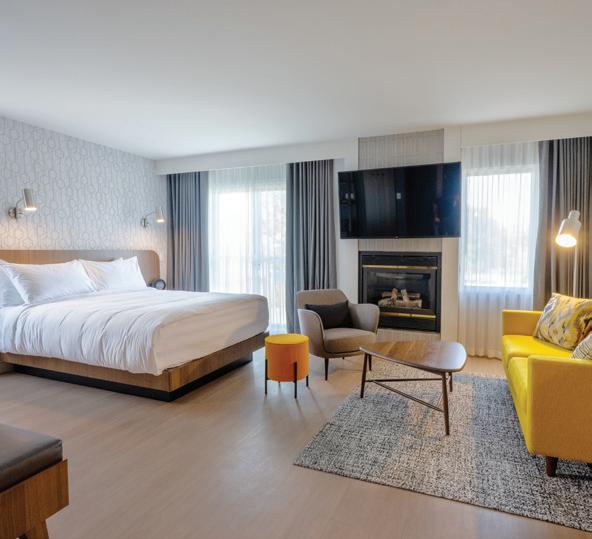

Une localisation sans égal, à 2 minutes du centre-ville de Magog. Une vue exceptionnelle sur le lac et les montagnes. 54 chambres confortables au design mid-century modern, inspiré des années 50-60.
Un environnement paisible à proximité de boutiques, activités culturelles, de plein air...

Un menu d’inspiration
Discover a tasty, Mediterraneaninspired menu in a chic setting. Enjoy aromatic, colourful dishes, signature cocktails, and private import wines!
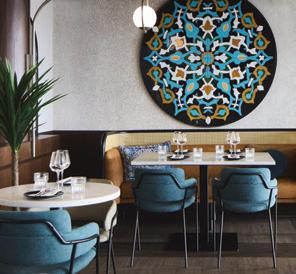
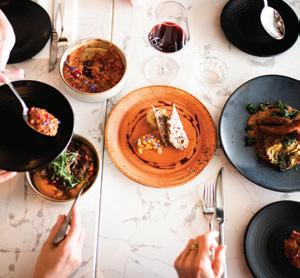


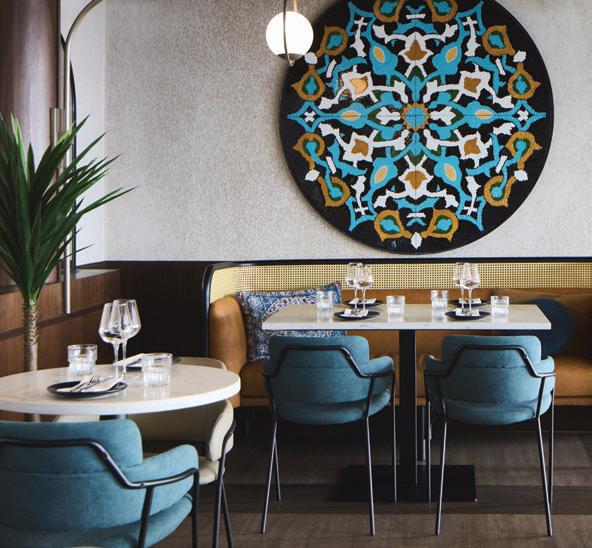
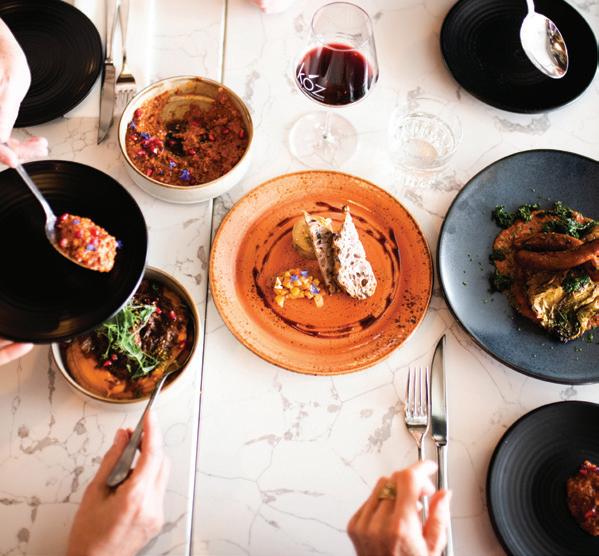
méditerranéenne dans un chic décor : des plats aromatiques et colorés, des cocktails signature et des vins d’importation privée!
Un menu d’inspiration
méditerranéenne dans un chic décor : des plats aromatiques et colorés, des cocktails signature et des vins d’importation privée!
1150, Principale St. West, Magog QC J1X 2B8 | 1 800 567-2727 | hotelverso.ca
1150, rue Principale O., Magog QC J1X 2B8 | 1 800 567-2727 | hotelverso.ca
1150, rue Principale O., Magog QC J1X 2B8 | 1 800 567-2727 | hotelverso.ca
AU PIED DU MONT ORFORD ET À 5 MINUTES
AU PIED DU MONT ORFORD ET À 5 MINUTES
AT THE BASE OF MOUNT ORFORD AND 5 MINUTES FROM MAGOG
Venez vivre un séjour des plus mémorables dans la magnifique région des Cantons-de-l’Est. Retrouvez la quiétude dans un environnement moderne et chaleureux.
Come and experience a most memorable stay in the magnificent Eastern Townships. Find tranquility in a modern, cozy and welcoming environment.
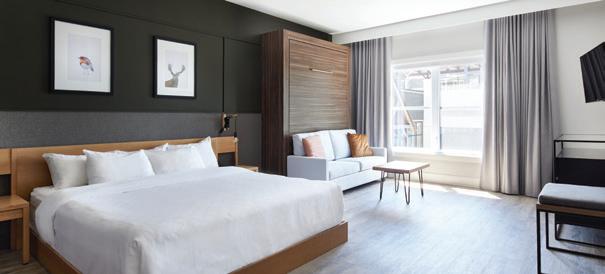

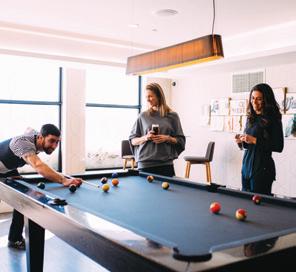



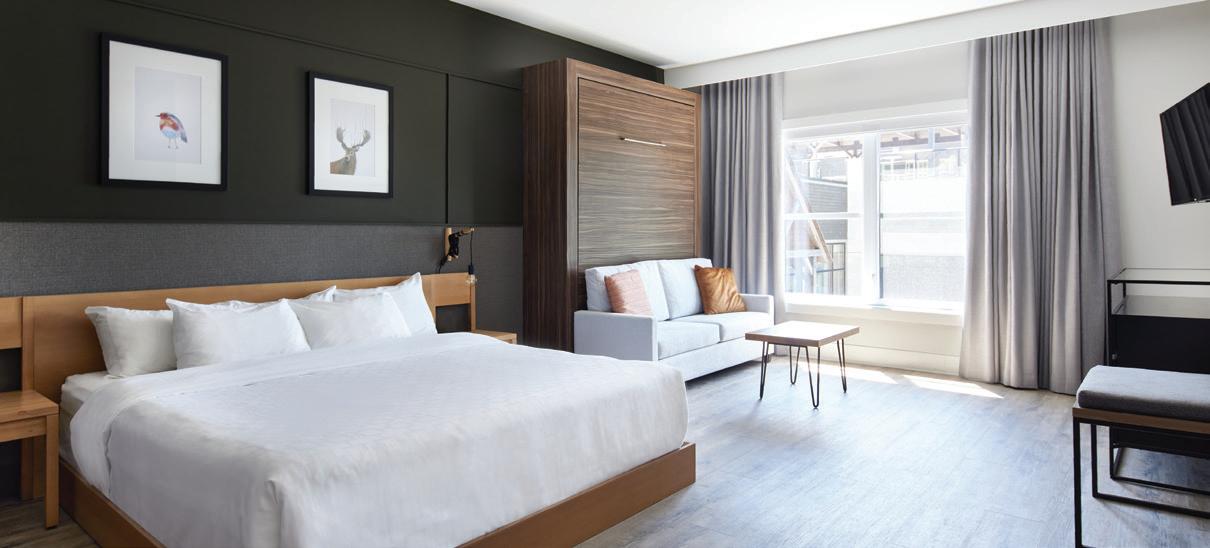
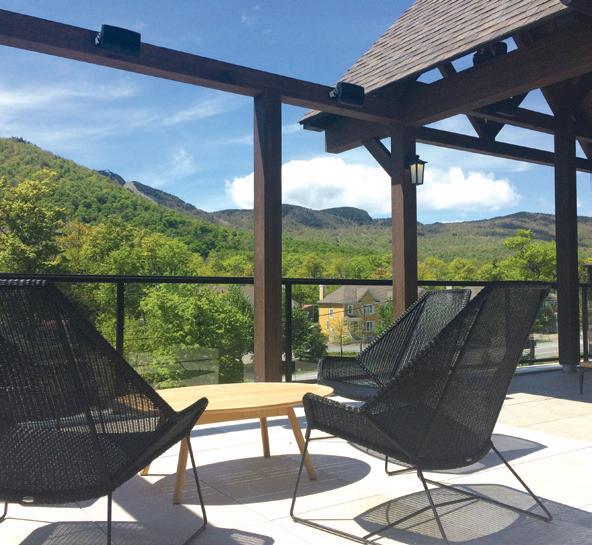
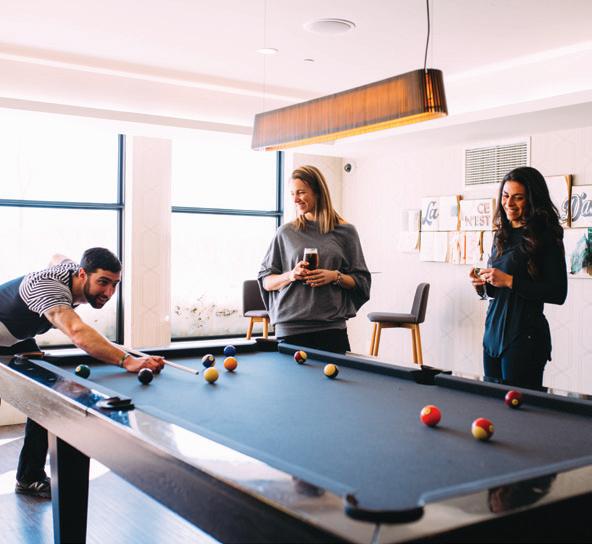
Venez vivre un séjour des plus mémorables dans la magnifique région des Cantons-de-l’Est. Retrouvez la quiétude dans un environnement moderne et chaleureux.
Salles de réception & banquet, piscine intérieure / extérieure chauffée, jacuzzi, spa esthétique, bistro & pub, terrasses, gymnase vitré, salle de divertissement, stationnement souterrain
Salles de réception & banquet, piscine intérieure / extérieure chauffée, jacuzzi, spa esthétique, bistro & pub, terrasses, gymnase vitré, salle de divertissement, stationnement souterrain
Banquet & reception rooms, indoor/outdoor heated pool, jacuzzi, esthetic spa, bistro and pub, terraces, gym with a view, entertainment room, indoor parking


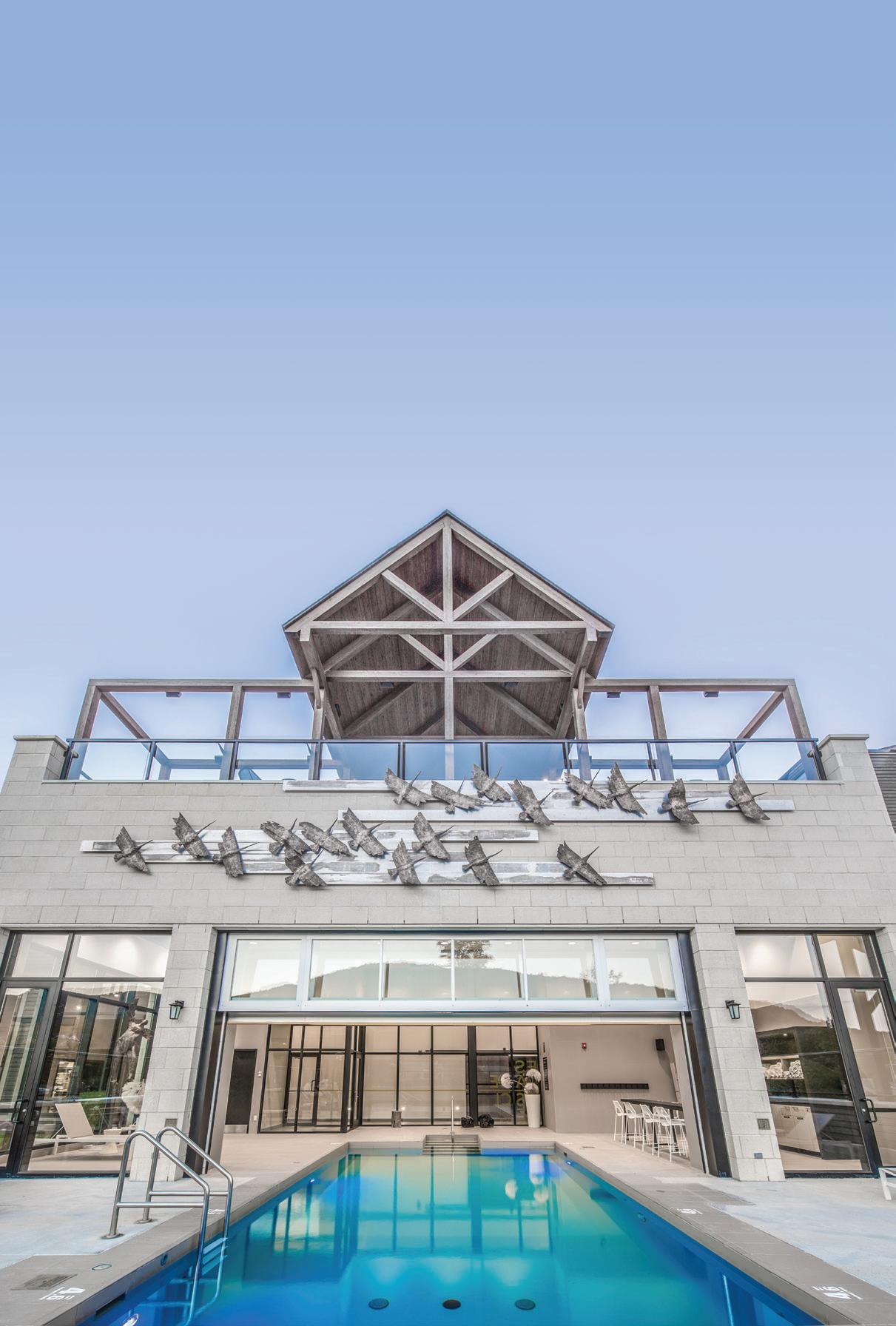
Cuisine raffinée à tendance européenne. Ambiance amicale et décontractée.
Refined cuisine with a European touch Friendly and casual atmosphere
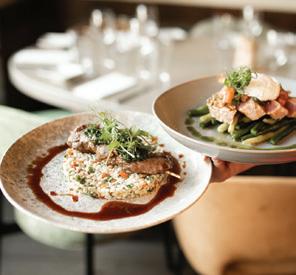
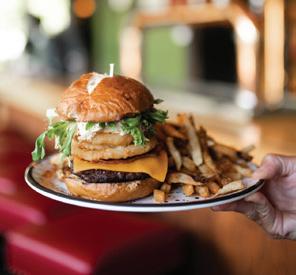


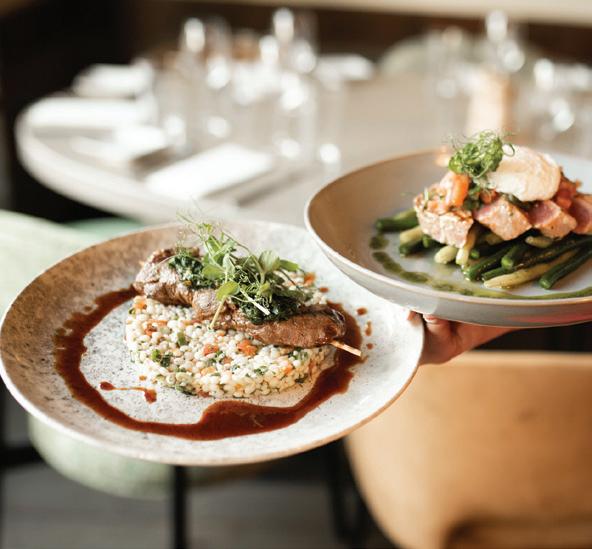
Cuisine raffinée à tendance européenne. Ambiance amicale et décontractée.
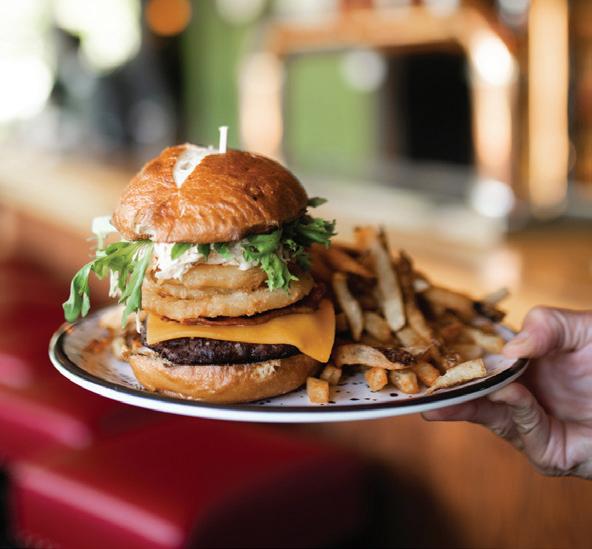
4940, chemin du Parc, Orford QC J1X 7N9 | 1 877 768-1110 | espace4saisons.com
4940, chemin du Parc, Orford QC J1X 7N9 | 1 877 768-1110 | espace4saisons.com
DE MAGOG
4940, chemin du Parc, Orford QC J1X 7N9 | 1 877 768-1110 | espace4saisons.com
DE MAGOG
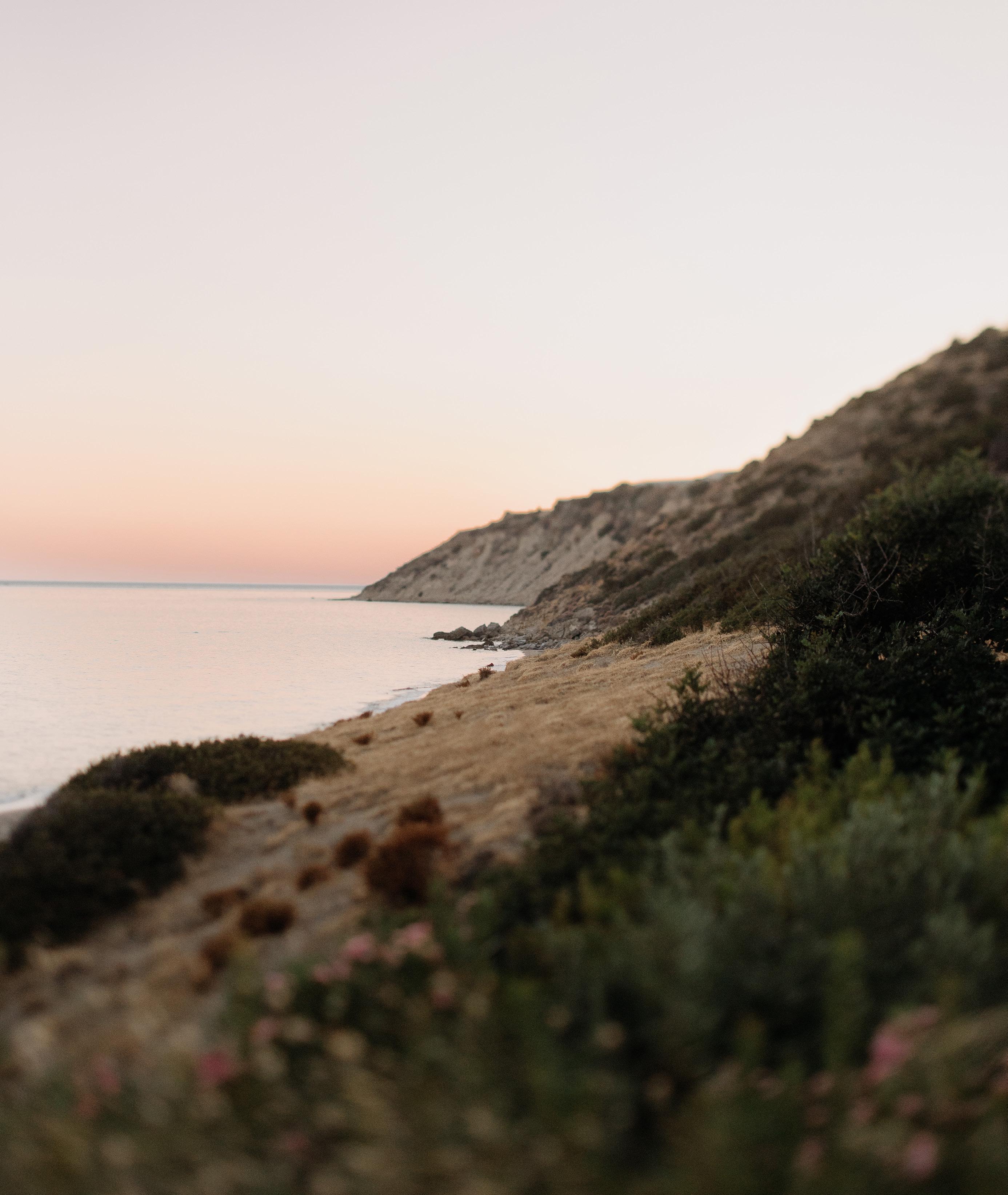 Photographer — Bianca Des Jardins
Photographer — Bianca Des Jardins
“And wasn't summer that same long burst of daylight at the edge of us?”
— Marie Uguay, Signe et rumeur [Sign and Rumour]
What Remains of My Travels?
By Franck Laboue, Voyageurs du Monde
Nailed to the ground by the pandemic, I often asked myself this question. It was a time of introspection, the perfect moment to find answers to the wanderlust that had been gnawing at me for so long. I drew on my memories to travel through time and space, in search of meaning. Hungry for novelty, thirsty for other places, I left to fill my head with new images, guided by the search for whims of my own that had accumulated over the course of my readings. It was with a spirit intoxicated by conquests and fantasies that I forged my perception of the world. Travel was an escape then, a false therapy. What remains of all this frenzy?
THE RETURN OF INTERGENERATIONAL TRAVEL
Deprived of contact with the world, the urge to reconnect with my loved ones rumbled within me. I remembered my childhood, that unmeasurable opportunity to take a trip on all fours. What sticks with me are the images: moments of sharing around a swimming pool, a picnic table unfolded by the side of the road, bickering over a radio station. There are also the moments spent with that unforgettable grandfather over miles of American roads, just the two of you, the magic of realizing his dream by his side. This was privilege. The luxury of travel: isn’t it the ultimate excuse to come together around intangible moments?
Travel then mutated for me; it shifted from the expression of my own pleasure to the importance of the happiness of my loved ones. Moments and events follow each other, leaving room for the joy of those closest to us. That of my children and my parents supplants everything, as if it were now my turn to show them the Universe.
In 2022, intergenerational travel had never been so successful. Even more than “before,” on the Gaspé coast or the banks of the Nile, we all need to come together. Grandpa, grandma, kids, grandkids…everyone will share the euphoria of culture shock and be nourished by a new place. Creating memories and spending quality time together… suddenly, tomorrow’s trip is just a nod to a fading past. What if all this was just an extension of our family reunions? What if Sunday meals around grandma’s roast chicken turned into a barbecue on a Central American beach? A villa in the Dominican Republic, chartering a boat in Egypt, miles and miles driven on a highway in Arizona… the future of travel is being built together.
26 STRØM MAGAZINE WORLD
JUST FOR YOUR FAMILY: BOOK A DAHABEAH ON THE NILE WITH VOYAGEURS DU MONDE

On request, you can charter the “Flâneuse du Nil,” which can accommodate up to 14 people. This elegant boat is flanked at the bow and stern by two lateen sails. Only seven cabins (including a large suite at the rear with a private terrace) in pastel tones enhanced with flecked objects, an intimate lounge where you can share a hibiscus decoction, a games deck lulled by the call of the muezzins—the ideal floating cocoon. This type of boat, combining comfort and intimacy, was already used by the pharaohs nearly five millennia ago. Your floating home glides slowly on the water to the languorous rhythm of the winds, which allows you to take full advantage of the spectacle of the banks, to bask smoothly on the deck, to travel where large boats cannot go.
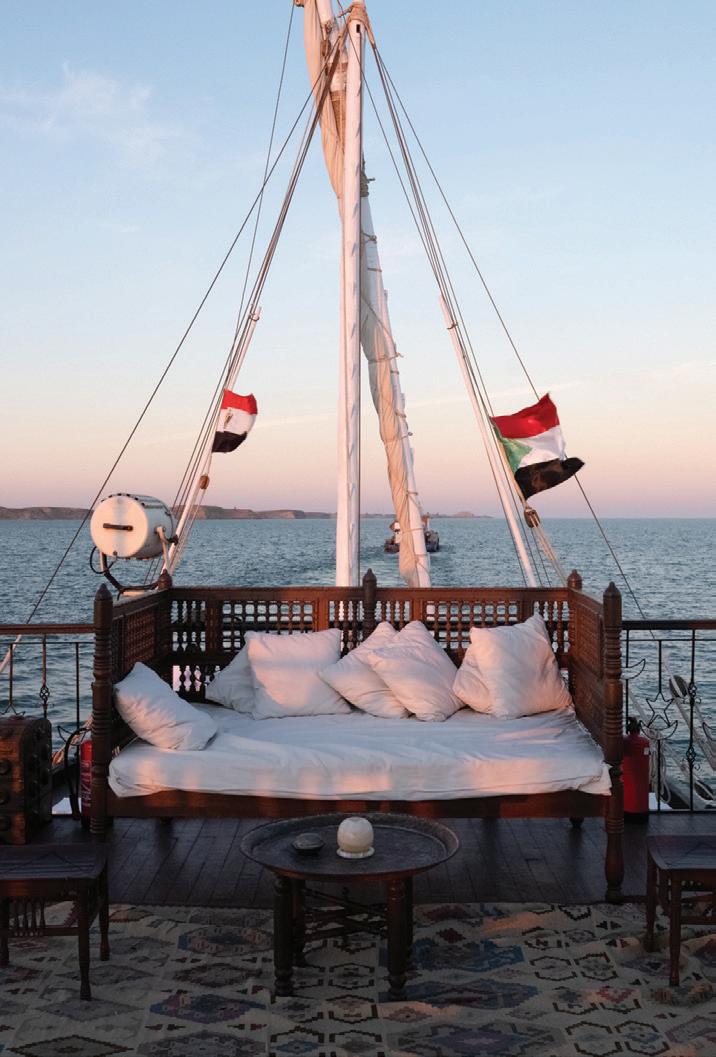 Mojave Desert, Nevada Photographer — McCall Alexander
Mojave Desert, Nevada Photographer — McCall Alexander
STRØM MAGAZINE 27 WORLD
Photographer — Voyageurs du Monde
REDISCOVERING THE NEED FOR CONNECTION WITH OTHERS
But the very essence of travel, beyond the traveller, is it not humanity? There is a natural link between travel and the need to meet people. Humanity is at the heart of everything; humans and their cultures, their artistic and culinary expressions, their languages, their customs. Without this inexhaustible sum of expressions of beauty, the world would be nothing but boredom. We travel, then, to get to know others better in order to find ourselves. After all these years, what is there to remember from a life filled with wanderings from one end of the globe to the other? A few days, weeks, several years after a trip, whether it’s an improvised getaway in New England or discovering Malaysia: what memories do we retain?
The cement that binds all these journeys is always the same: an unexpected encounter. I will always think back, with a smile on my face, to that heated discussion about flying saucers with a farmer in Nevada, his Budweiser in hand. I see my father again with that Ethiopian priest opening the doors of his chapel to us after sharing a coffee together a few minutes earlier. There is also that young Filipino, with his heart on his sleeve, who opened his home to me one evening during a tropical storm. I remember talking about the joy of being a parent with a family in Tel Aviv, and that Brazilian metal lover who left for Argentina by my side with a mischievous look in his eye. Remaking the world with a stranger, falling in love on the other side of the planet, opening yourself up to an infinite number of possibilities thanks to others…this may be the foundation of life.
The Buddhist monk Matthieu Ricard once said that “satisfaction with life can be measured at the scale of a family, by the quality of each passing moment, of our relationships with others.” Cultivating altruism and kindness is therefore the key. As my children grow up, as memories fade while others grow, I ask myself: what ultimately remains of these travels? There are still those photos unearthed from an old shoe box, the memories that forge a friendship, strangers with faces we will never forget. The wondering about what ever became of that lonely woman in the Thar Desert or those Filipino children on their “paradise” island.
The journey is all about those you keep close to your heart, and who take you far. Happiness is others.
HOW TO EXPERIENCE THIS FOR YOURSELF
Finding yourself as a family in the heart of a private villa is a great way to discover a destination together in an exotic and hassle-free environment. With the option to retain the services of a chef, renting a villa in the Caribbean, particularly in Guadeloupe, is a formula that is increasingly popular with travellers. Greece is another destination that facilitates this type of accommodation for young and old, whether in Crete or on the island of Santorini, complementing your stay by hiking through the trails or simply relaxing by the pool.
28 STRØM MAGAZINE WORLD
 A table to welcome several guests, in Crete Photographer — Bianca Des Jardins
A table to welcome several guests, in Crete Photographer — Bianca Des Jardins
The Strength of the Group
By Jacinthe Roy Rioux, holistic and spiritual living contributor
COMMUNITY CARE
Humans are fundamentally relational beings. Their need to ally themselves with a community is intertwined in their deepest roots. Community gatherings have existed as long as organized societies. Over the years, the importance of these communities has made it possible to reinforce the values of empathy, sharing, learning, and fraternity.
In the past, humans gathered together in groups to survive in a world marked by unpredictability. These days, although the need to protect ourselves from danger is no longer the same, the need to be part of a group still runs through our veins. This need for belonging gives rhythm to the relational spheres and shapes the communities that inhabit our world.
When humans join forces, self-care takes the form of community care, growth circles, sororities, and fraternities. Let’s take a look at these growing social movements.
Well known in community spaces and social movements, community care is still on the margins of mainstream culture.
It represents a form of living interpersonal compassion: a philosophy of compassion applied in an intentional and committed way. Individuals voluntarily take advantage of their privileges in order to be present for their fellow humans in a thousand and one ways. This can be as simple as offering someone a helping hand in a digital mutual assistance forum or doing chores for someone when they are sick.
In a more structured form, this care takes place within neighbourhood and support groups, community homes, and non-profit organizations, in person. In the era of the web, mutual assistance groups aimed at a myriad of communities are emerging on social networks and various digital platforms. The strength of digital technology is its ability to bring marginalized communities together; individuals from all over the world experiencing similar problems and showing empathy in difficult times. In the digital sphere, community care occurs at an equally deep level.
Self-care is sometimes insufficient to accomplish the real work of healing, explains Nakita Valerio, a community organizer and researcher based in Toronto. To address systemic issues and overcome social isolation, we need a community. We need community care. Self-care is not separate from community care, however, since it allows individuals to take care of themselves so that they are then able to take care of others.
30 STRØM MAGAZINE SOCIETY
GROWTH CIRCLES
Growth circles are psychologically safe spaces for sharing and introspection. As places of co-creation, they allow individuals to open up, express themselves, and grow, but—above all—to connect and mutually support each other. This experience makes it possible to approach life with greater openness and determination.
Growth circles can be created within organizations, communities, and even work teams. By discussing different experiences and issues with their growth circles, individuals have access to better support with problem solving and strengthen their sense of resilience and community.
Growth circles act as a bridge between personal and relational work. The topics discussed during the conversations move from the individual (self-awareness, skills improvement, growth strategies) to their relationship with the rest of the world (relationship management, peer relationships, conflict resolution, support networks, influence, and leadership).
SORORITIES AND WOMEN’S CIRCLES
For thousands of years, women have come together. They have been able to create movements together aimed at abolishing the patriarchal system. Their strength comes in part from their ability to join forces.
Women’s circles offer a safe space for connection, sharing, and empowerment. They allow the participants to share their truth without judgment and free themselves from fear.
While our societies glorify the qualities specific to male energy, such as ambition, productivity, and accomplishment, women’s circles draw more on the connection to intuition, creativity, and the ability to follow the cyclical rhythms of life. Their existence aims to restore the balance between the masculine and the feminine.
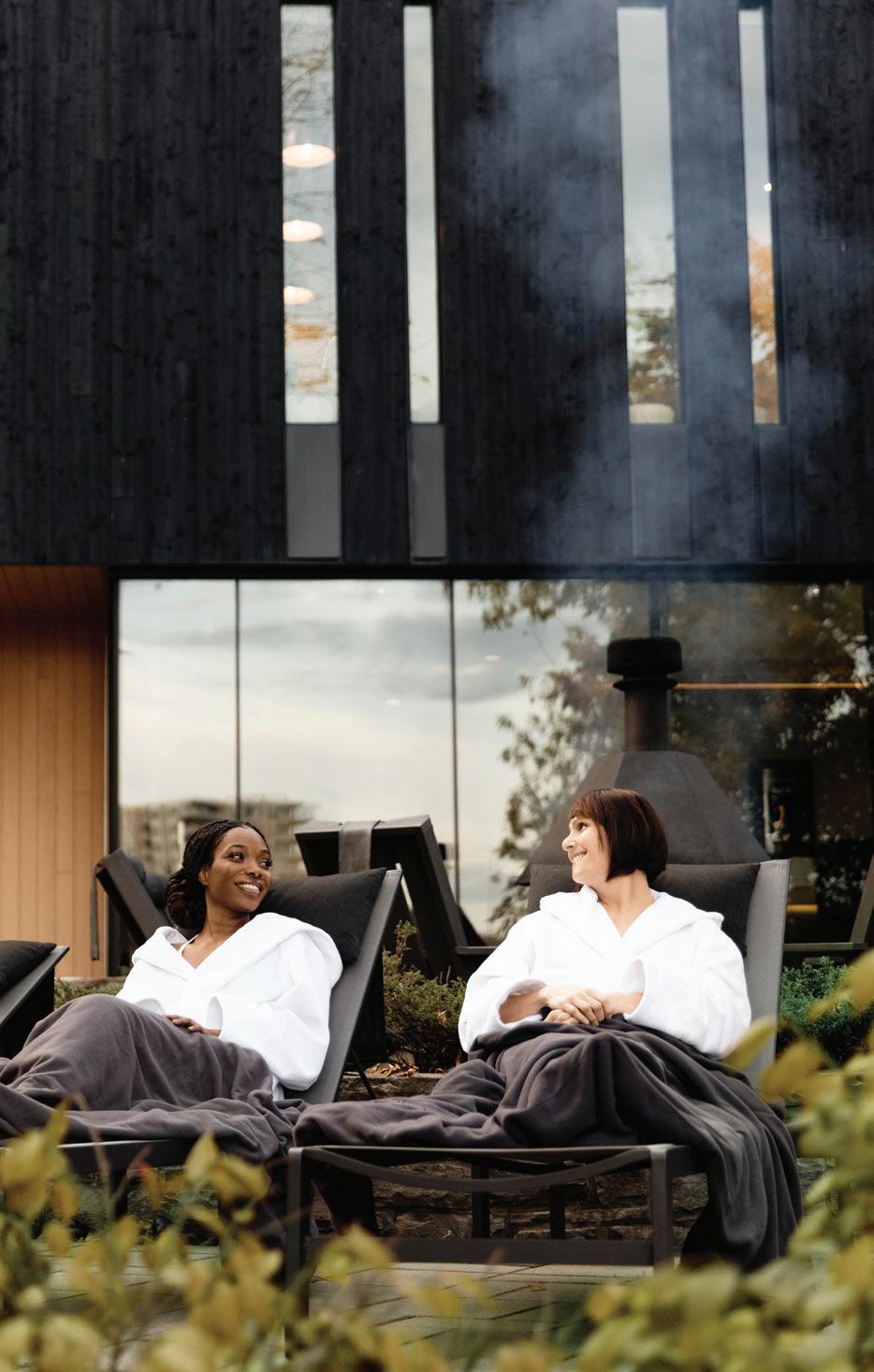
Whether in relation to rites of passage, children’s education, conveying values, sharing experience, weaving, gathering, and preparing food for the family and the village, for generations, women have gone through life by coming together. These days, the possibilities of the circle are infinite: the great outdoors, discovering nature, personal growth workshops, moon circles, dancing, singing, exploring yoga and ancient wisdom, reconnecting with the ancestors…
With a political impact, some women’s circles are reclaiming their power and autonomy, while others denounce oppressive situations… The “circle” can take a thousand and one forms. Together, we are capable of uniting toward a space of equality, toward a common goal. Power, together. Between rituals, meditation, deep listening, sharing vulnerabilities, and dismantling structures, the women’s circle aims to create an inclusive space that embraces femininity in all its forms.
STRØM MAGAZINE 31 SOCIETY
Photographer — Bianca Des Jardins
FRATERNITIES AND MEN’S CIRCLES
Likely to suffer in silence, many men carry an immense weight that is difficult to communicate, among other reasons due to archaic yet still-persistent perceptions about vulnerability and sensitivity as being uniquely feminine characteristics.
Men’s circles provide a safe space where men can be together and feel permission to truly be themselves. This is an essential type of fraternity that can even relieve certain mental health problems. Reminiscent of a voyage of initiation, fraternity circles are a solid foundation for a healthy version of masculinity and for developing resilience and the ability to overcome challenges.
Suffering is rooted in the misunderstanding of so-called “masculine” roles, of the dichotomy between courage and weakness. These circles allow men to share experiences without fear of being labelled or judged and are a necessity in a world where men’s vulnerability is reduced to silence. Cultivating self-awareness, understanding one’s life path, and developing forgiveness for oneself and others are all areas to be explored.
Our modern society perpetuates old traditions and unconscious patterns. In a space where men can bond with each other as brothers and cultivate awareness, a new path is possible.
INCLUDING TRANS AND NON-BINARY PEOPLE IN A CIRCLE
To ensure that a women’s or men’s circle is open to transgender or non-binary people, certain notions must be addressed.
Let’s start with the basics: transgender people do not identify with the gender assigned to them at birth, and they are undergoing a process of transition to live their lives in accordance with the gender with which they feel a deep connection. By contrast, cisgender people identify with their birth gender.
To create a space for exchange and connection that is welcoming for these people, it is necessary to do more. For example, it is possible that a trans woman may have received different forms of rejection in typically female spaces. To eliminate doubt and be more inclusive, you can use language as simple as:
“Our circle welcomes all women, including cis and trans women.”
“Our circle welcomes all men, including cis and trans men.”
Ultimately, women’s and men’s circles are based on the shared experiences of the members of the circle. Including trans people therefore makes it possible to leverage the perspectives on the female and male experience that they offer for the benefit of the group.
Non-binary people do not have a defined gender. They may feel neither male nor female, both at once, or a combination of the two. Including non-binary people in a women’s or men’s circle is an invitation to reimagine what the group means. Is the group educated on non-binarity? Will a gender-fluid person be received with as much openness and warmth as a typically female or male person? What can their specific experiences of femininity and masculinity bring to the rest of the group?
To welcome non-binary people in a safe space, it is important to prioritize gender-neutral language and to become familiar with the use of pronouns. Doing the necessary education within the group is essential for it to be just as open to non-binary people.
32 STRØM MAGAZINE SOCIETY
“Self-care is not separate from community care, however, since it allows individuals to take care of themselves so that they are then able to take care of others.”
This thinking leads us to question the place that gender occupies in these sharing circles. A circle focused on the sharing of values and common interests (rather than on gender) might better meet the needs of certain people. A circle reserved for gender diversity would probably have its place in a process of including marginalized identities.
IN SHORT
Throughout history, our ancestors have come together with courage, resilience, and compassion. Thanks to the evolution of technology and the dismantling of structures, we can now gather more easily, virtually or not. By coming together in turn, we continue the tradition and honour the generations who paved the way for opportunities to gather, mutually support each other, and celebrate!
Sources
1 Dienstman, Allison. Women’s Circles: A Sacred Space to Celebrate the Divine Feminine. Spirituality+Health, 2023.
2 Doll, Jayme. Men’s circles offer hope in a new kind of brotherhood tackling mental health. Global News, December 30, 2022.
3 Growth Circle. Growthbeans.com, 2023. [Online] [https:// www.growthbeans.com/growth-circle.html] Consulted February 15, 2023.
4 Samper, Laura. Circles of Men: Unveiling the power of shiva Hridaya yoga. [Online] [https://hridaya-yoga.com/blog/ brotherhood-circles-of-men/]Consulted February 15, 2023.
5 Scott, Rain. How to include trans and non-binary people in your women’s outdoor group. We Belong Outside, October 14, 2021.
6 Walsh, Lauren. Women’s History Month: Women’s Circles Then and Now. Global Sisterhood Org, 2023.

of unique environments and proud partners of Strøm Nordic Spa
Quebec Mont-Saint-Hilaire Sherbrooke Strøm Nordic Spa Mont-Saint-Hilaire lemaymichaud.com
Designers
Old
SOCIETY
Seduction Through the Prism of Culture
By Kanica Saphan, sexology professional
Talking about seduction and sexuality in Quebec, even writing a guide on the subject—this is enough to scare many people off, as the theme can be so broad and multi-faceted!
AT THE HEART OF CULTURAL DIVERSITY
I founded Le Sofa Sexologique in Montreal in 2019. I work there in private practice with individuals and couples, in collaboration with fellow sexologists. This sexology firm is a place of discussion in which I invite my clients to take stock of their lives, without judgment or pressure.
As a racialized therapist, I also created this space to allow people born into cultural diversity to consult a specialist in a minority position who is likely to understand their reality. Indeed, when I started out in the field, I quickly noticed that a substantial majority of sexologists in Quebec were French-speaking Caucasian women. This finding motivated me to take my place in the field partly in order to fill this void in terms of the representation of cultural minorities. Over the years, I have been able to support hundreds of cross-cultural couples, as well as immigrants.
These days, in addition to my practice at the firm, I give conferences at universities to international students and at community immigration organizations to help newcomers understand the sociosexual codes specific to Quebec.
Even after travelling to around thirty countries and meeting people from different backgrounds, the discussions that I can have across the province continue to show me the depth and beauty of the cross-cultural experience.
I have been able to draw some fascinating lessons from this, which should certainly not be confused with potential generalizations about certain cultures. In this article, I invite you to take a benevolent look at the stereotypes present in our societies in order to deconstruct prejudices together. Diversity, both cultural and societal, is a wealth that should not be taken for granted.
34 STRØM MAGAZINE SOCIETY
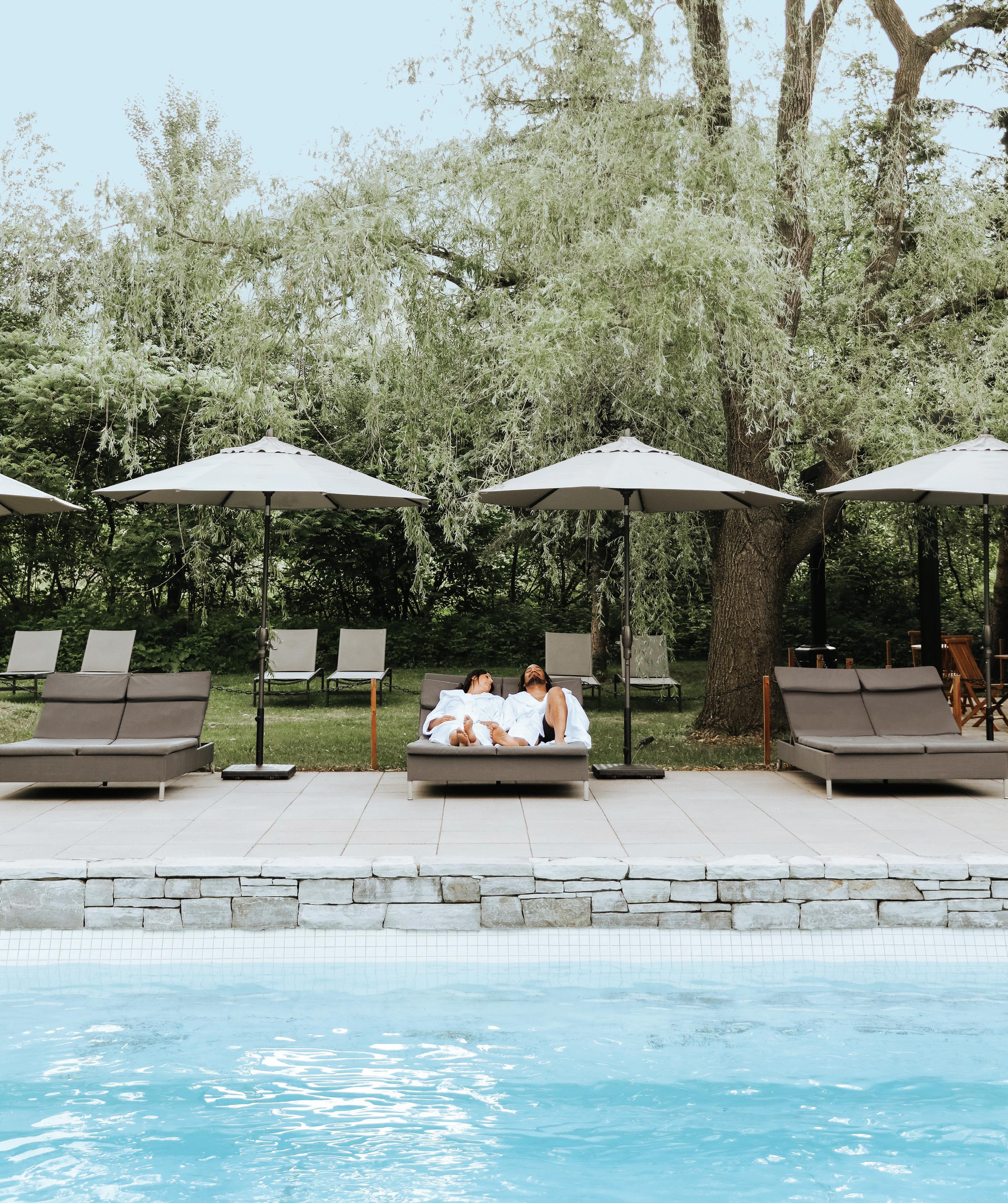 Photographer — Bianca Des Jardins
Photographer — Bianca Des Jardins
SEXUAL STEREOTYPES AND GENDER EQUALITY
According to the sexual stereotypes that have long prevailed in our societies and that continue, to different degrees, to influence our thinking, women are supposedly better at raising children, gentler, more emotional, and flightier. Men, on the other hand, are often seen as providers, natural leaders, and handy, athletic, and phlegmatic people.
Sexual clichés leave no room for uniqueness, since they lock us up in well-defined boxes. In Quebec, we are increasingly trying to get rid of these rigid frameworks, and certain newcomers are sometimes surprised to see a bearded man wearing nail polish, or to learn that a petite woman like me was once a soldier.
Although gender equality is a clear goal of society in Quebec, many will tell you that it has not yet been achieved and that there is still a long way to go. Nevertheless, the situation facing women here remains better than in some other nations. Many immigrants (men and women!) are aware of this, and even go so far as to think that women in Quebec are superior to men. This thought can be extremely destabilizing when your culture of origin limits the role of women.
During one of my conferences, a North African man summed up this sentiment very well: “Here, I came to understand that it’s best to address others as if everyone were gender-neutral. The way I speak to a woman shouldn’t be different from the way I address a man. As simple as this may seem, it’s new to me. In Morocco, our way of being and expressing ourselves is certainly different in the presence of a woman.”
SEDUCTION
Adherence to sexual stereotypes reveals itself especially in the way we approach people. During conferences, the questions I receive most often concern social interactions, whether they are friendly, professional, or romantic. “How do I seduce a man or woman in Quebec? How do I differentiate a friendly interaction from a romantic interaction? Why can men in Quebec seem so meek during seduction, and women in Quebec so direct ?”
However, it is difficult for me to answer them clearly, since we are talking about unwritten or implicit social codes.
The general idea that I try to convey, rather, is that in Quebec, unlike in other, more traditional rules of conduct, women and men can play a passive or active role when they want to seduce someone. Women can make the first move (active role) without being seen as women “with loose morals.” Men can play the passive role and let themselves be seduced without their virility being called into question. If you come from a country where gender stereotypes dictate your ways of approaching others (the man must make the advances and the woman must be seduced), dating in Quebec can upset all the rules of the game to which you have been accustomed for decades!
The setting is also an important point in terms of seduction. In Quebec, we are generally more inclined to seduce and let ourselves be approached in well-defined contexts: at a bar, a nightclub, a happy hour, a party with friends, a festival, even a conference, but not in a line for a bus, at the gym, at work, or when we are walking down the street. Some cultures make absolutely no distinction: you can hit on strangers on the sidewalk, and it is normal to do so. A woman from Cameroon explained to me that it had taken her a long time to understand that the fact that she did not often get hit on here did not call into question her powers of seduction, and that it was simply a matter of habit.
“How do I seduce a man or woman in Quebec?
How do I differentiate a friendly interaction from a romantic interaction?”
“ During conferences, the questions I receive most often concern social interactions, whether they are friendly, professional, or romantic.
36 STRØM MAGAZINE SOCIETY
The most common method of seduction in some countries might even be considered sexual harassment here. In Quebec, if someone hits on you and you have indicated verbally or non-verbally that you are not interested, the other person must respect your refusal. In other cultures, the woman must say “no” to avoid looking like an “easy woman,” and the man must insist to demonstrate the seriousness of his advances. Part of my work therefore involves helping people understand that seduction is a dynamic exchange between two people, a process that may evolve quickly, and during which everyone must have fun, like a tango.
In some cultures, the concept of dating simply doesn’t exist. You start by getting engaged, and this engagement period allows the people to get to know each other. If the relationship doesn’t work out, the engagement is broken. In Quebec, this phase usually takes place during dating, so it doesn’t surprise me to hear sometimes that Quebecers change partners as often as they change their socks!
In other cultures, the concept of marriage for love is seen as a bit of an immature fantasy; transactional marriages are much more common. Let’s be clear: all relationships are transactional on some level, even here. However, in some countries, this level is high, and this reality is acknowledged and accepted; these are unions where social status, money, the roles of the partners, and the personal sacrifice of desires and individual needs will be emphasized more.
INTERCULTURALITY
Despite my observations and brief conclusions, I know full well that, at the end of the day, relationships and interpersonal dynamics aren’t based solely on customs and cultural conventions. Individuals are different, of course, as are generations. If we combine the cultural, individual, and generational aspects, therefore, we get an exponential level of complexity! But just because this is a complex phenomenon doesn’t mean that it’s impossible to navigate.
John Gottman, a prominent researcher in relationship and marriage science, has studied and analyzed thousands of couples and affirms that all serious relationships are a cross-cultural experience1 Even when two people are from the same region, they ultimately come from different families and build a new clan. This gives rise to a new culture, with its own rules, traditions, norms, and celebrations.
Le Sofa Sexologique is a modern firm that offers private consultations in Montreal and virtually. In addition to helping individuals and couples, its mission is to explain sexology, which is the science of sexuality and relationships, to the general public. For their part, companies and organizations benefit from conferences on the sociosexual integration of immigrants, as well as conflict management, marital satisfaction, and the reappropriation of a healthy sexuality.
To continue the discussion with Kanica Saphan, follow our podcast Centré sur l'équilibre
Source
1 The Gottman Institute. “Gottman Method Couples Therapy – Level 1.” In The Gottman Institute | A Research-Based Approach to Relationships. Online. 1996. Updated in 2023. [https://www.gottman.com/product/gottman-method-couples-therapy-level-1/] (Consulted January 13, 2023.)
STRØM MAGAZINE 37 SOCIETY
Relearning to Live Away from Our Screens
By Eve Laliberté, cultural contributor
One might easily think that turning off our computer and no longer being contacted by our employer after 5 pm is a given. However, in 2016, France was the first country to include in its laws the right to disconnect, authorizing employees not to be reachable outside working hours1. That we have come to legislation regarding this matter may seem extreme, but it reflects the fact that we are increasingly expected to be constantly available or—in other words—constantly willing to be distracted or disturbed.
This expectation, which has gradually become common, is not confined to the workplace. It has even made its way into our personal lives, where we force ourselves to be continually connected. It’s nearly impossible for me to sit down to read without always catching my hand reaching for my phone. When I want my mind to be focused on the task, the only solution is to leave all my digital devices in another room. And even when I do that, I admit that I sometimes end up getting up without realizing it to go and check something as trivial as the astrological sign of the author of the book
I’m reading… And I’m not alone: In 2018, 45% of Canadians claimed that they checked their smartphones at least every 30 minutes2 It would not be surprising to learn that this figure has increased in recent years, particularly due to the virtualization of work.
Technological devices and their platforms are designed to monopolize our attention. Over time, we end up becoming vaguely complicit in this. It is much easier to choose distraction than to deal with what is happening around us. The escape is at our fingertips, and the excuses are endless.
38 STRØM MAGAZINE SOCIETY
Although the motivations behind the desire to experience a wellness retreat may be multiple, it may be this omnipresence of diversion and our difficulty in detaching ourselves from it that explains part of the growing enthusiasm for the concept. Our visceral need to take a step back, away from likes and notifications, has redefined an entire segment of the tourism industry. This need reflects our thirst for settings that allow us to be absent, and perhaps also the need to be forced to return to the present moment. Among the benefits of taking this time for ourselves are the return to calm, the reduction in stress, and the possibility to meditate and reflect on certain aspects of our lives in order to gain new perspectives or find solutions to the problems that worry us 2
Even though retreats are becoming increasingly varied and specialized—for example, you can plan a yoga trip with goats on a farm in Oregon—it is not always necessary to invest extraordinary sums or even leave your region to be able to enjoy a moment of calm and rejuvenation. Whether it’s for a weekend, a day, or just a few hours, alone or with others, here are a few principles to consider when devising your own “close-tohome” disconnection retreat.
For some, nature is the perfect refuge to recharge, reconnect with our surroundings, and relax. For others, by contrast, it is rather favourable to learn to refocus while remaining in the hustle and bustle of daily life and familiar places.
While it’s true that it can be beneficial to learn to be well in a multitude of situations by being satisfied with little, the important thing is to ask yourself what your body really needs when you start your retreat. The soothing dimension of silence, which facilitates meditation and contemplation, or the dynamism of an urban environment? The anonymity of the forest or the comfort of your living room?
2 THE SCHEDULE
For a successful moment of disconnection, in my opinion, it is important to stick to a planned schedule while remaining flexible. Planning lets you avoid certain risks associated with decision-making and automatic habits, such as constantly reaching for your phone.
There is something soothing about letting go and feeling guided by a certain program. This allows the mind to devote itself to more than just planning what will happen next. This is where you will be able to change habits or focus on what is really essential: your well-being.
This schedule can be made by yourself or by a loved one who knows you well. It can be marked by moments of relaxation, gentle athletic activities such as yoga, reading, cooking, or any other pastime that makes you feel good. The essential thing is that it keeps you away from sources of distraction and what you don’t really care about.
3 THE INTENTION
Finally, the most important element, but maybe the easiest to miss or forget, is the intention. What do you want to get out of your retreat?
This can be as broad and abstract as clarity of mind or as precise as finding a solution to a specific issue you are facing. The intention is the place you will return to whenever you get bored or feel less motivated. It’s the anchor point that guides you in your journey, the reason that pushes you to want to return to reality.
Sources
1 Hari, J. (2022). Stolen Focus: Why You Can’t Pay Attention
– and How to Think Deeply Again. Crown.
2 Statistics Canada. Table 22-10-0115-01. “Smartphone use and smartphone habits by gender and age group, inactive.” DOI: https://doi.org/10.25318/2210011501-eng
3 Ouellette, P. & Carette, D. R. (2006). Les pourquoi d’une retraite à l’Abbaye Saint-Benoît-du-Lac . Reflets, 12(1), 144–166. https://doi.org/10.7202/013442ar
1 THE LOCATION
STRØM MAGAZINE 39 SOCIETY
And you, what is your relationship with the present moment? Is the call of the virtual stronger than the rest? Take advantage of these few lines to put your intentions on paper and to think about what is essential to you and how to make more space for it on a daily basis.
By
40 STRØM MAGAZINE SOCIETY
STRØM MAGAZINE 41 SOCIETY

The number 1 gym in the of Quebecers. *By appointment only. To request a trial, please contact the nearest gym, or visit energiecardio.com. No cash value/No exchange. Limit one free trial per person.
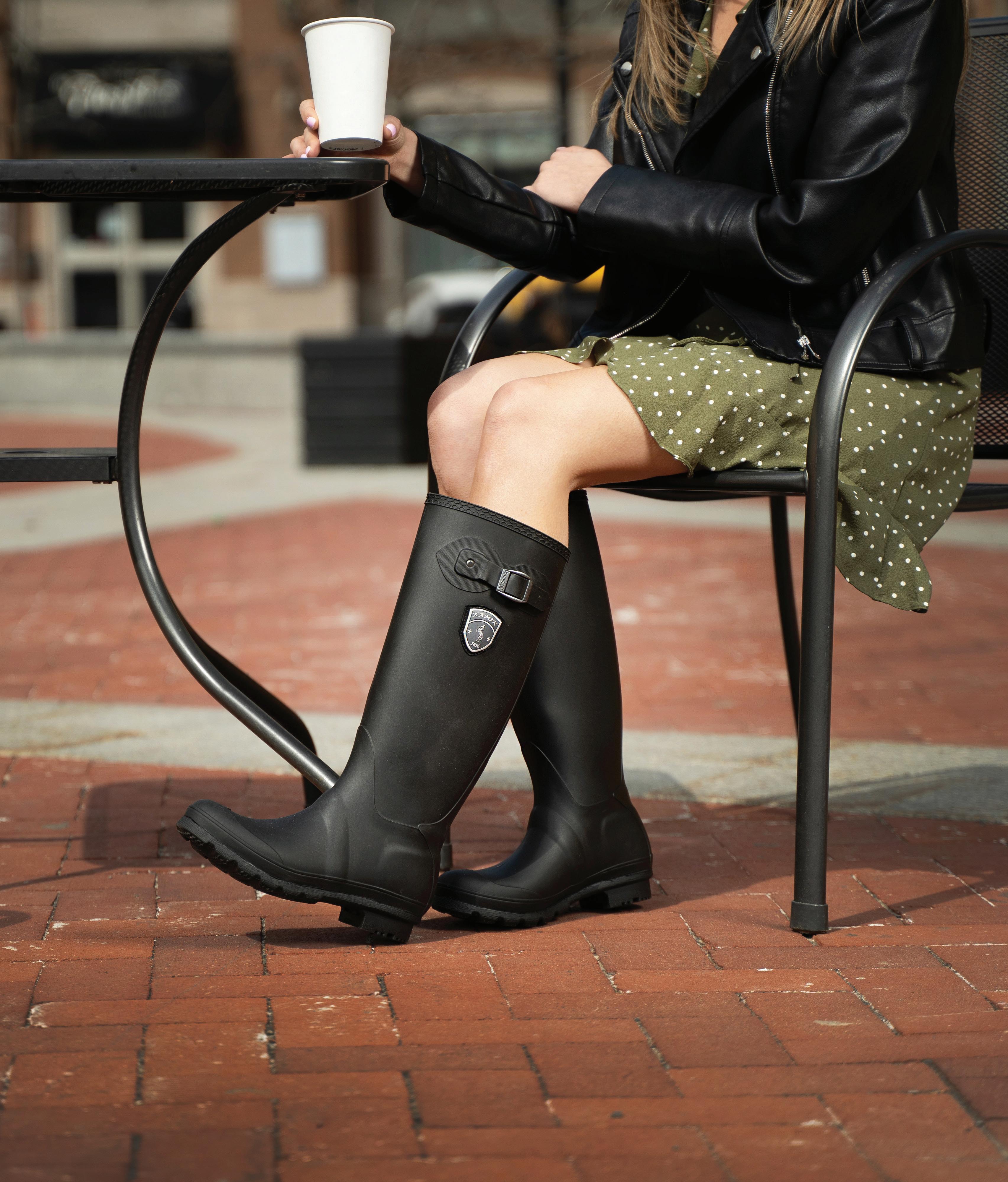
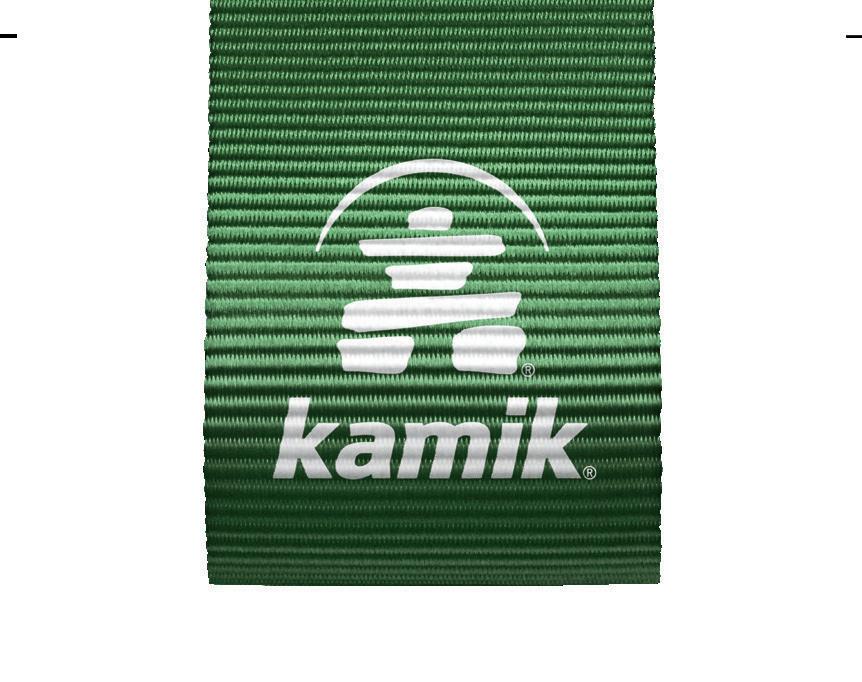
Marée Chandelles: Attentive Relaxation

Any good relaxation session is incomplete without the sweet scent and comforting glow of a candle. And what better to accompany a moment of rest than a natural fragrance emanating from a candle carefully handmade with love?
Marée Chandelles offers just that: a wide range of candles made with responsibly grown organic soy wax without toxins. Concerned about the environment and designed in Quebec, these candles offer peace of mind while dazzling the senses with their meticulously chosen exclusive fragrances. The range offers a wide selection of natural scents that will satisfy all tastes, so you can personalize your relaxation time according
to your mood, the time of day, and the room. In addition, the sleek, minimalist graphic design of Marée Chandelles products complements the bathroom counter as well as the bedside table. Their packaging reflects the simplicity of the natural ingredients contained in each jar. You can also pick up many other products conducive to creating a restful and welcoming environment: diffuser oils, laundry accessories, soaps, and more!
EDITORIAL
44 STRØM MAGAZINE
Photographer — Emecy photo
PARTNERSHIP
AN INVOLVED TEAM
Founded in September 2015 by Audréanne Goulet and Marie-Pier Bourgault, the company enjoys considerable success not only thanks to the quality of its products promoting wellness, but also due to its team made up of 12 passionate and rigorous women. They ensure that each product is crafted with both diligence and tenderness, and they collaborate closely and work hard to offer household items that instill serenity in everyday life, regardless of the context. Meticulous attention is paid to the details, which testifies to the devotion of this small yet powerful team.
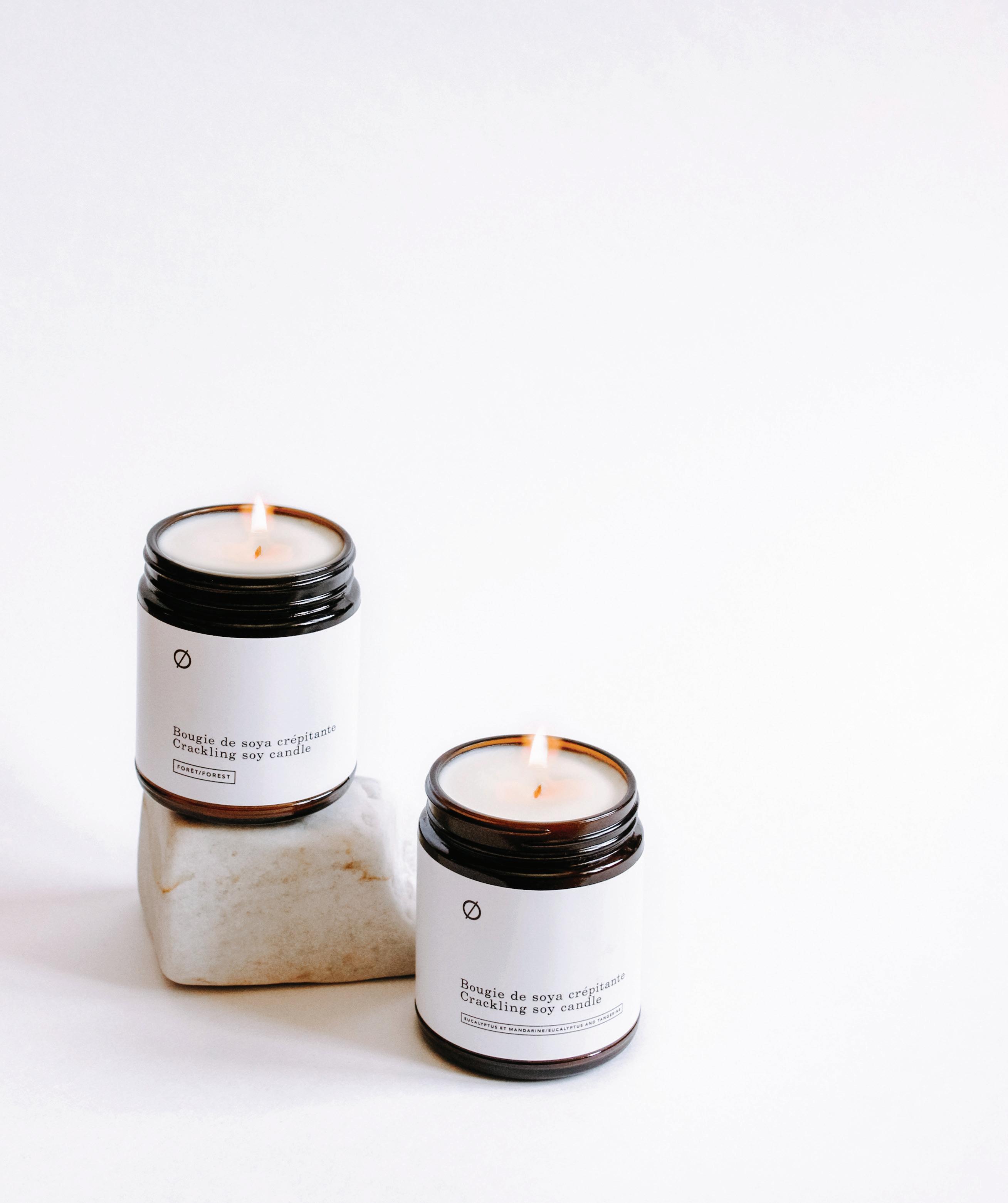
SHARED AMBITIONS
Marée Chandelles takes wellness seriously and aims to offer some respite in a world where everything moves fast. Its mission is to offer products that will enhance these precious moments of rest so that everyone can better recharge their batteries. As a Quebec-based company also working for the wellness of its community, Strøm Nordic Spa is proud to have relied on Marée Chandelles since 2019 to produce the candles sold in its stores. The partnership of these two brands, which share similar origins and purposes, makes it possible to recreate the spa experience at home. And fortunately, the moment of relaxation can last for several hours, since soy wax burns up to 40% longer than traditional waxes. Combining nature, relaxation, and rejuvenation at home is the philosophy that unites both companies and that is materialized in candles with the scents of escape.
EDITORIAL PARTNERSHIP Get 20% off Strøm candles with promo code BOUGIE20 at stromspa.com . Valid until November 1, 2023.
45
Photographer — Sarah Lamarche
STRØM MAGAZINE
Presence: A Cultivated Energy
 By Chanelle Riopel, founder and president of Acte
By Chanelle Riopel, founder and president of Acte
Connection, with oneself and others, is a powerful energy channel. Thanks to it, we can build ourselves, grow, and flourish. It is a form of taking root, horizontally as well as vertically, that allows for both anchoring and expansion.
It is important to understand that to be able to connect, with oneself but also with others, it is necessary to be able to be present. We are talking about mental presence: having the ability to pay attention to a single thing, a single event, a single person, a single moment. To what is happening in the present moment.
Have you ever noticed that, when someone is talking to you, your mind is somewhere else? When you are performing a task, your ideas and thoughts wander endlessly until you can no longer even focus on what you are doing? If this is the case, you may have difficulty being present. This is where mindfulness comes into play.
46 STRØM MAGAZINE HOLISTIC HEALTH
Photographer — Bianca Des Jardins
MINDFULNESS
By definition, mindfulness is the fundamental ability to be fully present. To be aware of where we are and what we are doing while not reacting to what is happening around us. It means welcoming our thoughts, emotions, and sensations without judging or qualifying them.
More traditionally, mindfulness refers to a clear mind inclined to respond effectively and objectively to what life brings us in order to be able to make the best possible choices. A kind of extremely objective and lucid state.
According to this definition, mindfulness allows us to be 100% present for ourselves, but also for others, in order to enable a real connection. This is a quality and a potential that each human being possesses, but it is necessary to learn how to cultivate it. Everyone can therefore practise it and achieve the desired state of presence with a little patience.
THE BENEFITS OF THIS PRACTICE
By focusing on the present moment, the mind succeeds in dispelling the current of overabundant thoughts. Indeed, studies1 show that the ability to live in the present moment mitigates certain depressive effects related to thoughts of the past and reduces the anxiety that worrying anticipation of the future can cause. “Here, now” is the neutral and peaceful state of clarity of mind.
Mindfulness allows us to be focused when someone speaks to us, reduces spontaneous emotional reactions to subjects that might be sensitive, increases objectivity and cognitive flexibility, and makes us more empathetic. The goal of all this is to develop attention, kindness, acceptance, and compassion and therefore equip ourselves to better connect with others.
AT THE HEART OF THE EXERCISE
Mindfulness work makes it possible to train the mind to channel its attention on one single thing and to put all its energy into it. It is possible to do so in several ways that are more or less restrictive.
On a daily basis, mindfulness can be practised at any time in an informal way: in the shower, walking to work, eating, on the bus. The principle is to isolate the moment and to be receptive to everything around us: the colours (of the sky, the leaves, the ground, the walls, foods), the sounds (of cars, birds, foods when we cut them), the odours (of cooking, grass, flowers), and the sensations (of water on our skin, the wind, the heat of the sun).
More traditionally, meditation is an essential part of mindfulness work. It allows us to practise focusing our thoughts on one single thing while the body is stationary and the environment is calm, even silent. Meditation can be traditional, guided, or body scan-type (which consists of a quick analysis of your body and the sensations associated with it). It is also possible to do breath-focused meditations where breathing and meditation techniques meet. If you are unfamiliar with meditation, guided meditation is an accessible approach that facilitates the process of discovery and helps you develop tools to anchor yourself in the present moment. It is always easier, as in any learning process, to be supported and guided in the actions that are proposed to us than to embark on them blindly. Indeed, meditation is a form of training, but for the mind.
AN INDIVIDUAL QUEST
STRØM MAGAZINE 47 HOLISTIC HEALTH
 Photographer — Bianca Des Jardins
Photographer — Bianca Des Jardins
THE CONNECTION ASSOCIATED WITH OUR RELATIONSHIPS

Now, how can we use mindfulness to improve the quality of our relationships?
One of the ways to develop connection with others in a conversational context is active listening. Through your total presence, this technique allows your conversation partner to feel that you are listening attentively to them, but especially that you are absorbing what they are saying to you in such a way as to interpret and evaluate their words without interrupting them, and above all, without judging them. Your presence will allow you to read the subtexts, grasp the non-verbal cues, and focus on the intention of their statements.
Indeed, by starting to give all your attention to the person with whom you wish to enter into a relationship, it will already be clear to them that you care about them. Caring about someone and being attentive to them increases the sense of belonging and helps deepen the connection. This is a factor that may seem intangible, but which has a great impact on our relationships with others.
For your part, mindfulness will allow you to focus on your exchanges objectively in order to avoid making connections with your own experiences and your own baggage. That way, no matter what is shared, you won’t be trying to be right, and you won’t react strongly to what you are told, such as if the subject evokes memories or feelings in you that are part of your story, which are your truth, but not necessarily everyone’s truth. That way, you will succeed in being present for others without bringing all the attention back to your own feelings.
In concrete terms, active listening means listening deeply to the other person’s words, without interruption, without having to fill silences, without offering your own perspective (unless the other person asks you to do so), and without making connections to your own experience. This approach may seem counterintuitive to some people, but you should know that in an era where everyone gives their opinion on everything, it is sometimes essential to leave space for others to express themselves and simply be actively listened to. This space offers the person across from you the opportunity to reach the end of their thoughts, to develop their thinking by speaking, and to share more than if they were constantly interrupted.
Mindfulness is a broad concept that applies to all spheres of our lives. What matters here is using the tools that are available to us to develop our ability to dispel the overflow of information in order to make ourselves available to the people around us and to offer them the gift of our full presence… This is where the secret of connection hides!
Acte is a 100%-Francophone multidisciplinary training studio. It offers collections of pre-recorded training sessions and structured programs to be explored without geographic or time constraints. Acte breaks away from the cult of the body to find its inspiration in the curiosity of movement, fun in training, and progress in discipline. Their goal is to introduce clients to functional training so that they can develop their knowledge of their body and the source of their motivations. At Acte, we don’t aim for the perfection of the body, nor that of the mind. Instead, we cultivate strength and grace, intensity and slowness, balance and movement.
STRØM MAGAZINE 49 HOLISTIC HEALTH
Scan the QR code to experience a mindfulness practice offered by Acte.
Make every day a special occasion
organic
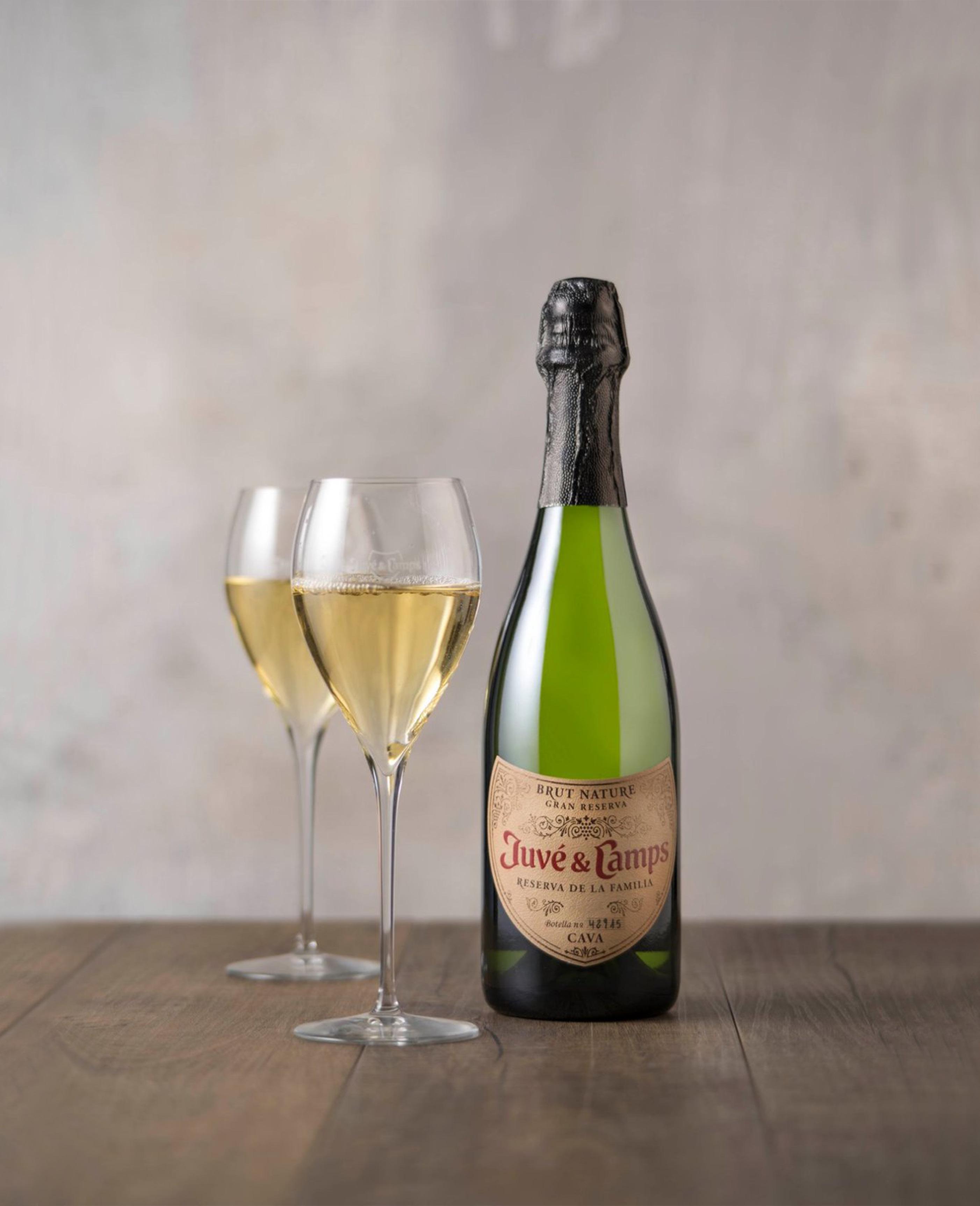

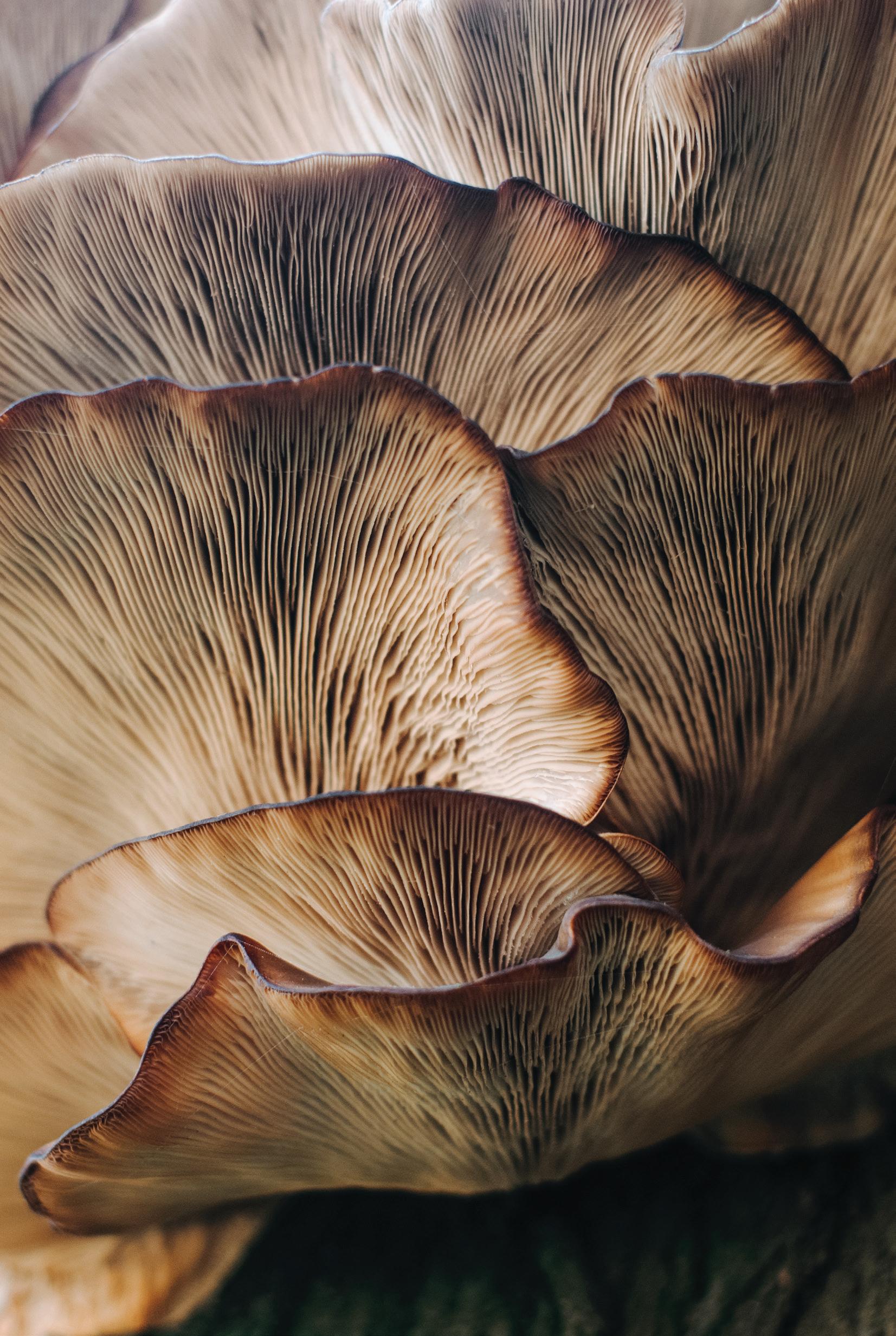 Photographer — Damir Omerovic ´
Photographer — Damir Omerovic ´
The Hallucinogenic Mushroom: At the Foundations of Humanity
By Jacinthe Roy Rioux, holistic and spiritual living contributor
They work wonders in the environment by restoring polluted areas. In the medical field, they have transformed the way we treat people. With their fascinating biological properties, mushrooms are increasingly being discussed and used.
Reishi chai, lion’s mane matcha, psilocybin microdosing, and psychedelic therapy… In the health field, medicinal mushrooms are available in the form of drinks, nutritional supplements, and recipes. In the holistic field, psilocybin, the active ingredient in hallucinogenic mushrooms, is at the heart of certain practices. Let’s take a look at these promising methods.
THE RELATIONSHIP BETWEEN HUMANS AND PLANTS
Initially accidental, the presence of hallucinogenic mushrooms in the diets of our ancestors has had an impact on the foundations of humanity. The changes related to the effects of psilocybin, the active ingredient in hallucinogenic mushrooms, could be the starting point of human spirituality and have influenced our relationship with all living beings.
Terrence McKenna, an ethnobotanist and the father of the use of natural psychedelic plants, explains that the hallucinations caused by the consumption of hallucinogenic mushrooms act as “molecular messengers.” The relationship between humans and mushrooms is therefore “a transfer of information from one species to the other.” In the presence of this relationship, it is possible to gain access to information and renewed behavioural patterns that lead us to more elaborate degrees of introspection. According to McKenna, “shamans represent the avant-garde […] of this creative progression.”
In the age when the diet of our ancestors included psilocybin, the value of community, altruism, language, long-term planning, and the understanding of cause-and-effect relationships were developed. McKenna asserts that the presence of psilocybin was an agent of change in archaic societies by tempering hierarchical values, brutal behaviours, and the search for domination. With the gradual disappearance of psilocybin from our diets due to climate change, this natural tendency of humans toward domination took the reins again, causing the evils of our modern society.
The consumption of psilocybin provides a feeling of freedom, harmony, and becoming one with all living beings. This experience can lead to a better understanding of the self, others, and the world. With a “hallucinogenic” dose, the effects are intensified. Lack of inhibition, wild laughter, euphoria, the emergence of forgotten memories, visual and auditory hallucinations. But the use of psilocybin is not without risk. Bad trips can lead to anxiety attacks, phobias, arrhythmia, confusion, and persistent post-hallucinatory syndrome.
A sensitive education and good self-knowledge are essential. As with all drugs, psychedelics are not everyone. Adopting a new perspective of the universe can be troubling, and support is necessary for some individuals. The democratization of psychedelics would therefore allow and facilitate support, coaching, and temperate, conscious consumption.
STRØM MAGAZINE 53 HOLISTIC HEALTH
PSILOCYBIN AND MICRODOSING
The new trend of microdosing makes it possible to take advantage of the benefits of psilocybin in moderation. Microdosing involves consuming a very low or “sub-hallucinogenic” dose of a psychedelic substance, such as mushrooms containing psilocybin. According to the media, microdosing has grown in popularity, but the scientific literature contains little research about this practice, since it is still illegal today.

With a growing market on the web, the microdosing of hallucinogenic mushrooms is delighting its enthusiasts. Improved memory, concentration, and creativity: microdosing is now part of the routine of a growing number of Canadians looking to improve their mental health and cultivate well-being.
PSILOCYBIN AND PSYCHEDELIC THERAPY
Psychedelic therapy is no longer a secret. More and more researchers are interested in the use of psilocybin in the treatment of depression, anxiety, and drug addiction.
In 2020, the first Canadian legally used it in the context of therapy. Since then, the accessibility of psychedelic-assisted treatments has been growing, and requests to use psychedelic drugs for therapeutic purposes under Health Canada’s special access program have been increasing.
As a therapeutic tool, psilocybin leads the brain to create new links, broaden perspectives, and explore new paths. The experience pushes the patient to break down restrictive thought patterns. By freeing themselves from intrusive thoughts, they learn to see things differently. Although taking mushrooms is an integral part of the treatment, the therapy remains a complete process. It requires a significant investment from the patient, both before and after the experience.
The revival of psychedelics would be a real revolution in the treatment of mental disorders, according to Dr. Flanders, a psychologist specializing in psychedelic-assisted therapy. “Psychedelics are very different from other drugs,” he explains. “Rather than simply masking the symptoms, they lead the patient to confront their situation over the course of one to three short yet intense experiences.” Danilo Bzdok, a professor at McGill University and a researcher studying the effects of psychedelics on the brain, confirms this: “Psychedelic drugs might very well be the next big thing to improve clinical care for major mental health conditions.”
Illegal and far from being available to the general public, hallucinogenic mushrooms are, however, now offered by Health Canada to certain palliative care patients.
Ensure that you are properly accompanied in all your steps surrounding psychedelics. If you have any questions or are worried about your consumption or that of a loved one, don’t hesitate to ask for help or consult your healthcare professional. For support, you can visit drogue-aidereference.qc.ca or call 1-800-265 -2626, 24 hours a day, 7 days a week. This service is bilingual, confidential, anonymous, and free of charge.
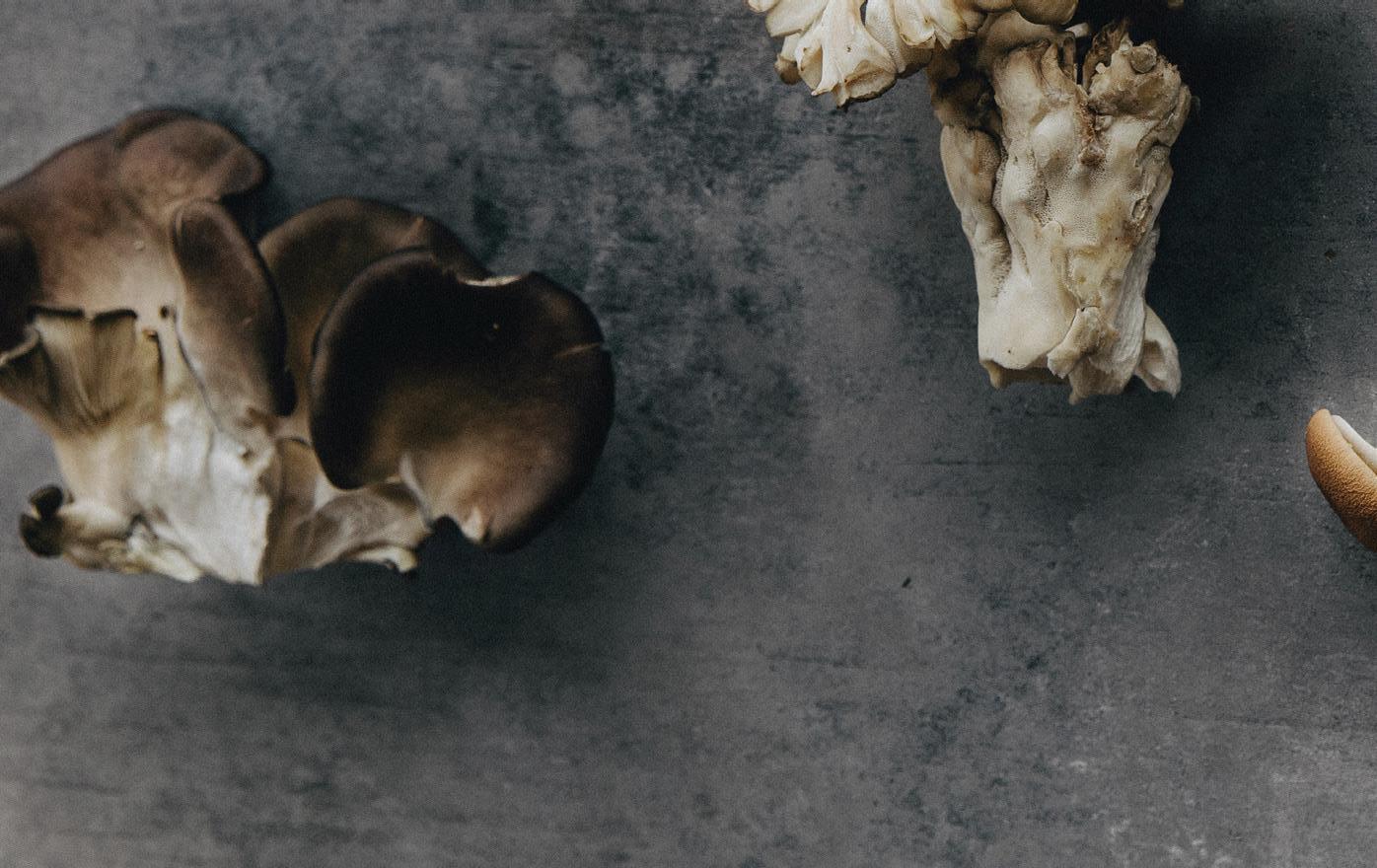 Photographer — Bianca Des Jardins
Photographer — Bianca Des Jardins
54 STRØM MAGAZINE HOLISTIC HEALTH
Photographer — Bianca Des Jardins
MYCOTHERAPY
Antibacterial, antioxidant, cardiovascular function regulators, cholesterol and stress reducers, immune and respiratory function stimulators… The therapeutic virtues of fungi seem endless. While mycology is the science that studies fungi, mycotherapy is the branch of alternative medicine that uses medicinal fungi for therapeutic purposes.
Possessing a high amount of zinc, iron, fibre, amino acids, minerals, and plant proteins, medicinal fungi support overall health. They are also adaptogenic and can help the body combat stress.
Incorporated into food or consumed in the form of tea or herbal tea, therapeutic fungi improve overall well-being by effectively supporting the immune system.
The most recognized form of fungus is undoubtedly penicillin, which is used to treat bacterial infections.
With its antioxidant power, reishi is nicknamed the “mushroom of immortality.”
Contributing to the proper functioning of the digestive tract, shiitake mushrooms also help fight cholesterol.
Ashwagandha is an adaptogen that relieves anxiety and fatigue, reduces stress, and improves sleep quality.
Helping to strengthen the immune system, maitake reportedly supports immunocompromised people. It is commonly used as a supplement in the context of cancer treatments.
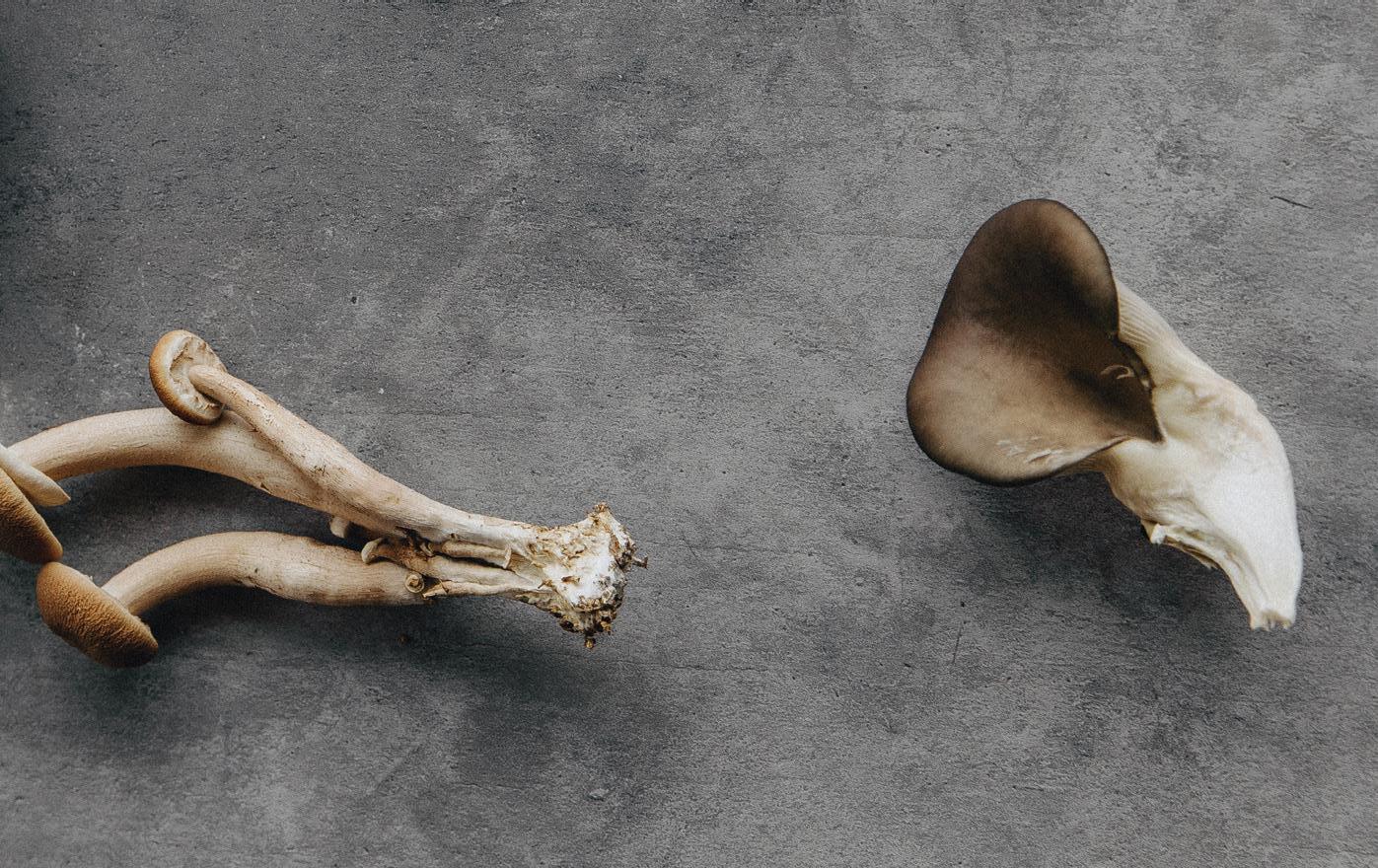
With its anti-fatigue properties, ginseng root improves vitality and concentration ability.
THE INTELLIGENCE OF THE MUSHROOM
Terrence McKenna talks about the hallucinogenic mushroom as a form of intelligence that is communicated: a transfer of information from plant to human. The progress achieved through the consumption of mushrooms does not occur miraculously… It must be transferred, communicated, then integrated.
This idea is fully consistent with the advances of Paul Stamets, an American mycologist and writer. Stamets speaks of the “underground” portion of mushrooms (the mycelium) as a natural information exchange network in perpetual communication and adaptation to external changes. Considered a collective consciousness, the mycelium knows the excesses and deficiencies of the soil. It memorizes, anticipates, and communicates changes in its environment, among other things, with tree roots. It adapts to regain balance and support the “immune system” of our earth.
On the environmental level, the mushroom is an autonomous and powerful matrix. On the human level, the mushroom shows great progress, but some proof remains to be done. Whether it’s supporting the immune system, treating anxiety and depression, or inhabiting the world with more harmony, the mushroom appears to be a versatile ally in supporting the health of the body, mind, and soul. Might such a powerful matrix with the ability to support the entire Earth be able to support the human being as a whole?
Sources
1 Cloutier, Maxance. Les champignons magiques sortent de l’ombre. Le Devoir. July 26, 2022.
2 De Billy, Hélène. Dr Joe Flanders, psychologue : le retour vers le futur des psychédéliques. Ordre des psychologues du Québec. September 2022.
3 Gris Roy, Camille. Accès à la thérapie psychédélique au Canada : où en est-on ? Radio-Canada. July 10, 2022.
4 Lim, Kim-Anh. Les champignons sauveront-ils le monde ? Environnement. Nexus94. September-October 2014.
5 Production Accès. Les champignons médicinaux . Journal Accès. February 4, 2020.
6 Vernet, Camille. Les vertus médicinales des champignons hallucinogènes. Radio-Canada. June 15, 2021.
STRØM MAGAZINE 55 HOLISTIC HEALTH
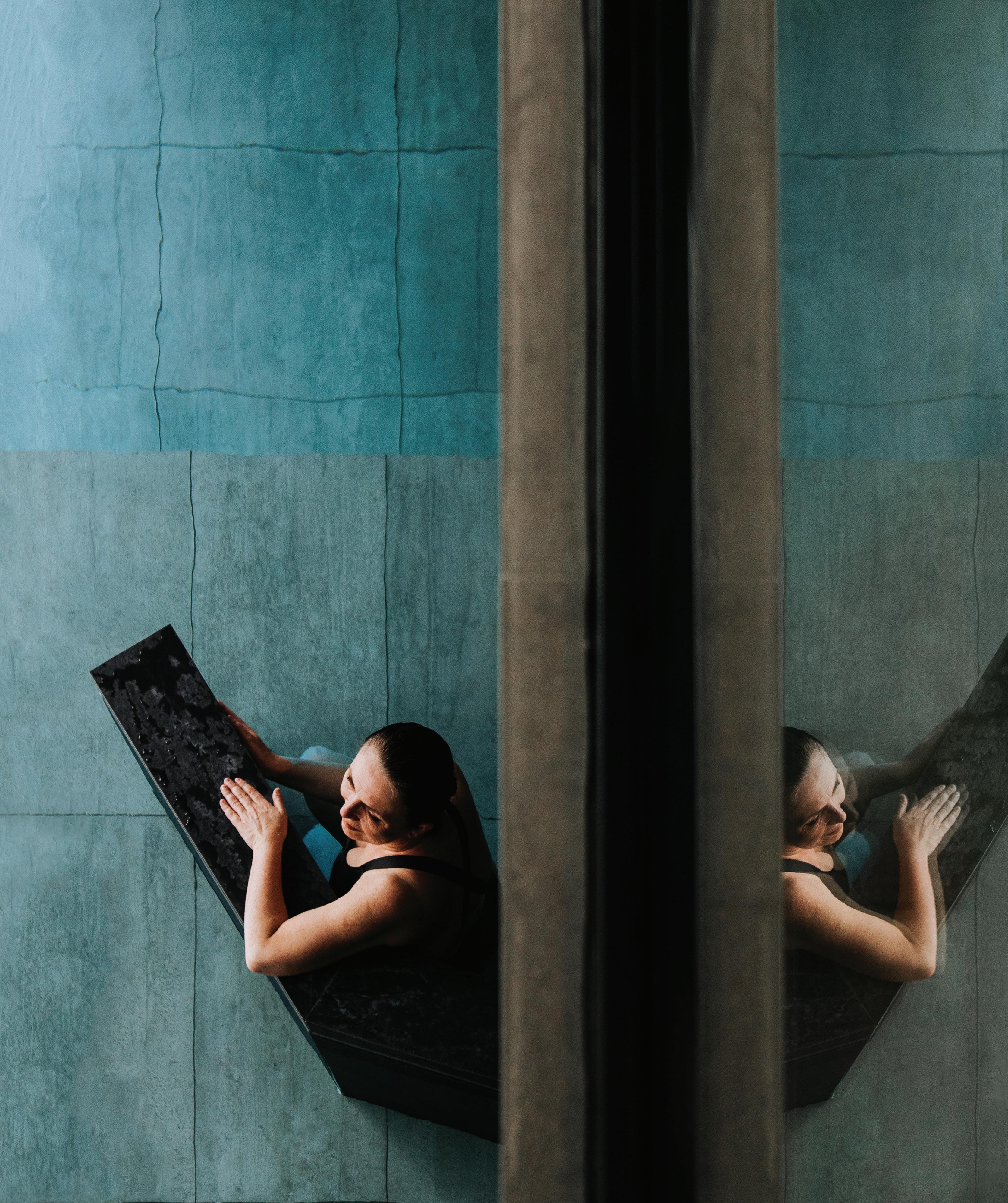 Photographer — Bianca Des Jardins
Photographer — Bianca Des Jardins
Emotional Fatigue in Caregivers
Statements gathered from Michelle Lefebvre, social worker
WHAT IS EMOTIONAL FATIGUE IN CAREGIVERS?
Although crucial and rewarding, the role of a caregiver is also very demanding. Because it often involves an immense self-sacrifice, in the long term, it can be a heavy weight to bear, resulting in burnout that is sometimes difficult to reverse. To learn more about emotional fatigue in caregivers, we spoke with Michelle Lefebvre, a social worker, host of the Traverser un deuil (Navigating Grief) group, and co-host of a community of sharing between caregivers at the Monastère des Augustines.
Emotional fatigue, also known as compassion fatigue, is defined by a deep physical and emotional erosion that prevents the individual from recharging their batteries and regaining their energy1. It is a deep and complex form of exhaustion that deserves attention because it usually doesn’t go away on its own. Although it helps, this exhaustion doesn’t just disappear after a good night’s sleep.
HOW DOES THIS FATIGUE OCCUR?
It happens little by little in the life of the caregiver. Since they are thinking for two, acting for two, they will tend to forget themselves in favour of the well-being of their loved one. All their energy and compassion are invested in the other. The balance between their own needs and those of the other is broken, which leads to exhaustion. Their resources of energy, empathy, love, and kindness are overused for long periods, which can compromise their emotional balance.
WHAT ARE THE SIGNS?
The signs of emotional fatigue can be numerous. Among other signs, we may notice a lack of enthusiasm and drive in the person, a certain impatience, and a change in sensitivity. For example, the caregiver may become hypersensitive, which causes disproportionate reactions in situations to which they are not used to reacting so strongly. Conversely, they may become impassive, almost apathetic. In both cases, the caregiver may end up no longer recognizing themselves, as their way of grasping their daily life has changed.
STRØM MAGAZINE 57 HOLISTIC HEALTH
WHAT CAN BE DONE TO SUPPORT A CAREGIVER SUFFERING FROM EMOTIONAL FATIGUE?
To support a caregiver, the people around them can:
Start by recognizing that the situation they are in is demanding, and highlight their involvement to show them that they are seen, heard, and understood.
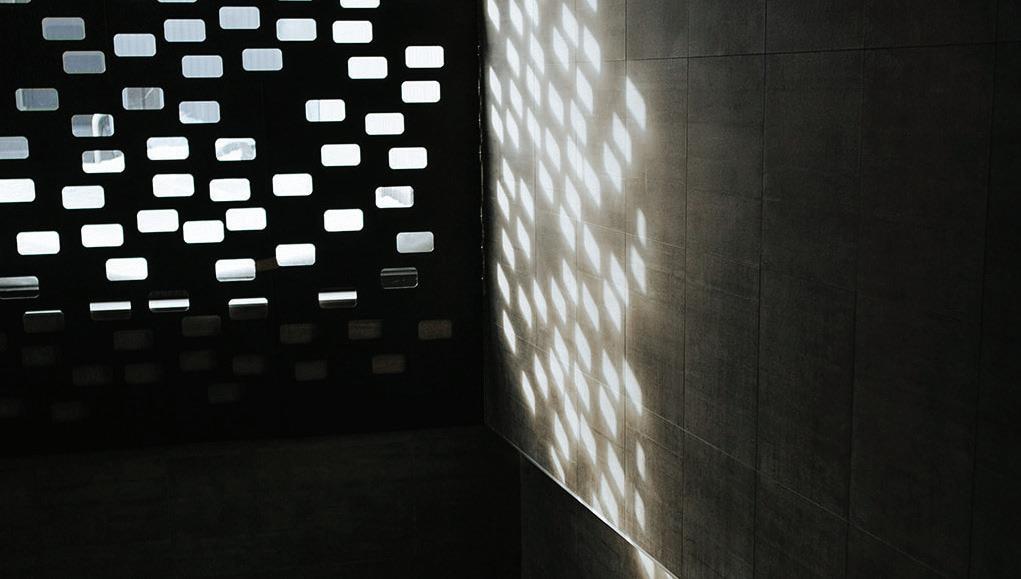
HOW CAN WE PREVENT THIS EXHAUSTION FROM HAPPENING?
Encourage and help them to take care of themselves. Often, after spending several years putting someone other than themselves first, the caregiver will have forgotten what to do to be well. The people around them can therefore try to guide them by asking them what the smallest thing they could do would be to get them closer to their needs or to what they like.
This is a daily job. To prevent emotional exhaustion, you have to be vigilant regarding your own balance and keep some energy for yourself. If you are properly surrounded, you can also fill your reserves of love, kindness, and attention by agreeing to receive them from your loved ones. It is important to remind the caregiver that they are also entitled to receive, and that it is quite desirable that they name their needs, when they know them, and that they dare to ask for help, even if they don’t know where to start.
As a family member, spouse, or friend, we can anticipate the other person’s needs and propose something to them. It is sometimes easier to accept help or to take action for ourselves when a clear proposal is made to us.
Offer your time, either by taking over with the assisted person or by doing an activity with the caregiver. If they no longer know what they like to do or what would make them feel good, the best way to find out is to try things. Normally, we think of what we like, then we do it, but when we are less connected to ourselves, sometimes we have to act before we feel. The action will let the caregiver know what helps and what doesn’t.
In addition to being reluctant to prioritize their needs, the caregiver often feels guilty about their own health, even as that of their loved one deteriorates. They tell themselves that, by comparison, they have no reason to complain. It is therefore necessary to remind them that they can and must take actions to preserve this health, both physical and emotional, so that they can continue helping their loved one.
58 STRØM MAGAZINE HOLISTIC HEALTH
Photographer — Bianca Des Jardins
Often, we think that the solution to a problem lies in a major change, while most of the time, it is made up of a collection of small things. It is the sum of several small actions, repeated frequently and constantly. In the same way that the exhaustion appears, the return to balance can only happen gradually, by acting with intention for your own well-being. The accumulation of these actions over time will allow you to replenish your energy stores. After all, this is also the way you take care of the loved one you support.
The Monastère des Augustines is a haven of culture and well-being steeped in history and located in the heart of Old Quebec. This non-profit organization offers its guests an unparalleled space for rest, sharing, reflection, and inspiration thanks to its hospitality, dining, massage therapy, museum experience, and other services. The monastery is socially committed to caregivers by offering them respite stays at solidarity prices and activities dedicated to them. A place that has cultivated the values of hospitality, compassion, and kindness for nearly four centuries.
Information and resources:
RANQ
Regroupement des aidants naturels du Québec ranq.qc.ca
Advice and listening:
L’Appui national and Caregiver Support

Helpline
1-855-852-7784
lappui.org
Source
1 Unknown author. (October 2, 2020). “Compassion fatigue: how to recognize and prevent it?” L’Appui pour les proches aidants. https://www.lappui.org/en/actuality/compassion-fatigue-how-to-recognize-and-prevent-it-/
HOLISTIC HEALTH
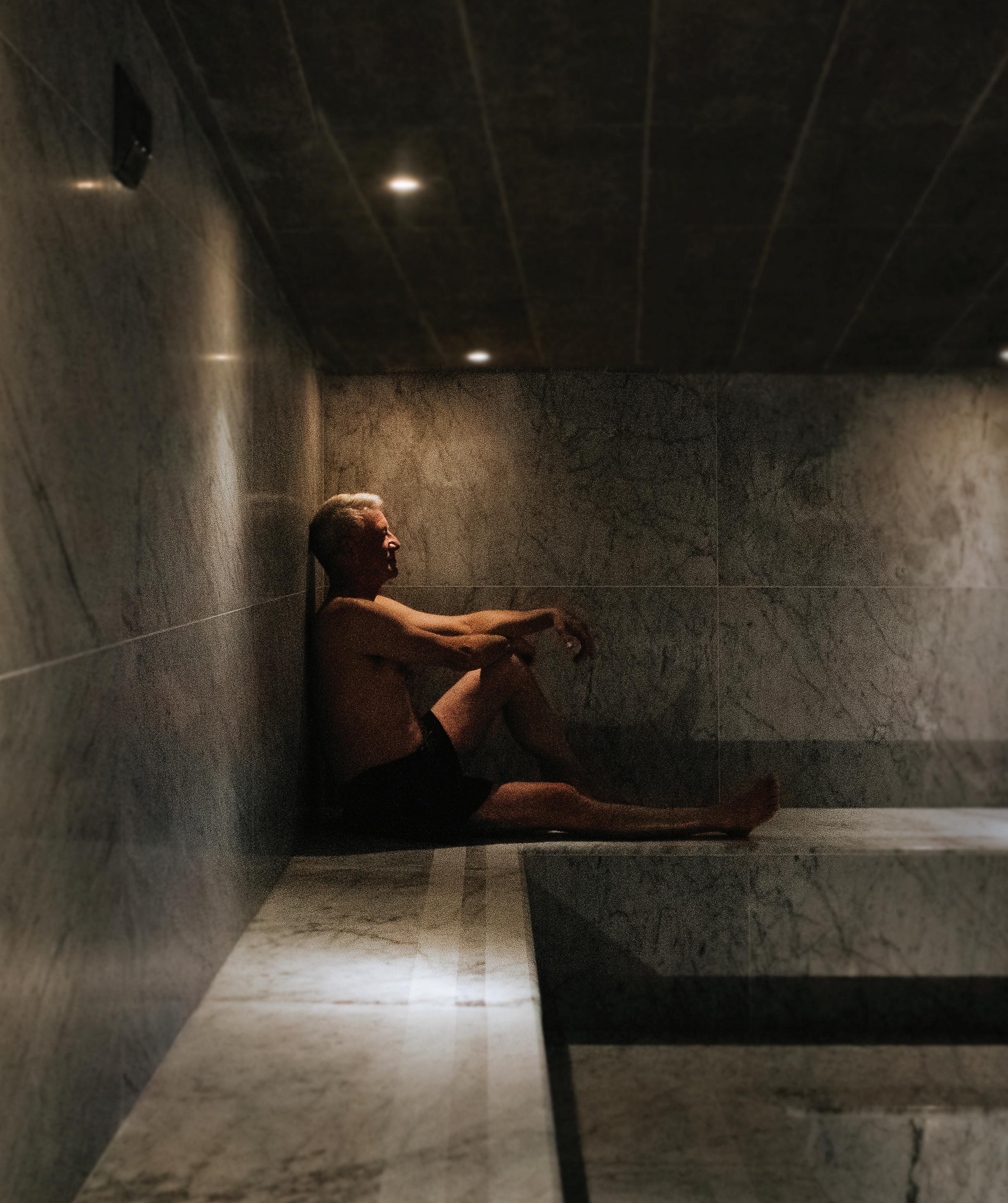 Photographer — Bianca Des Jardins
Photographer — Bianca Des Jardins
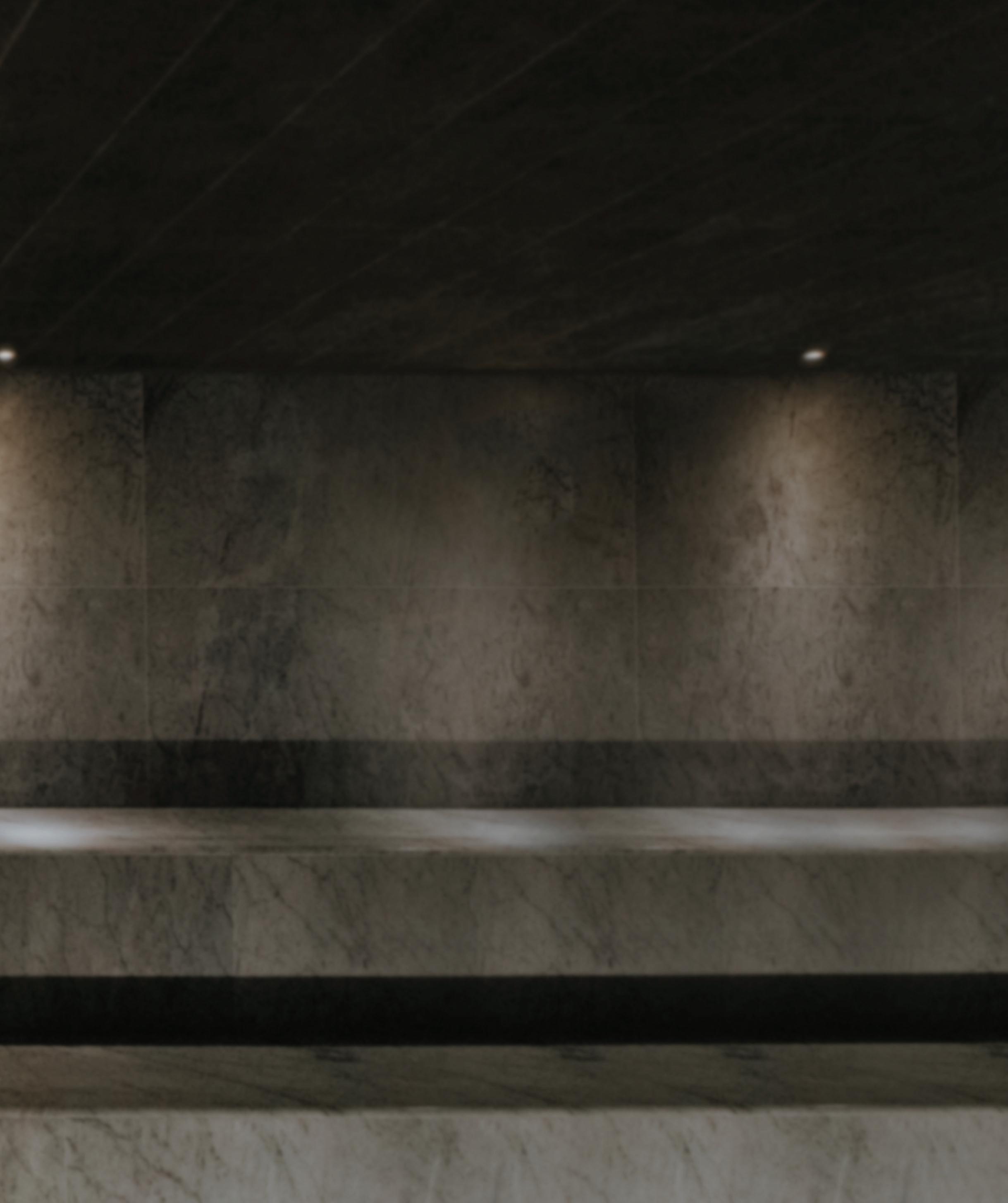
You ensure balance around you; let us be yours for a moment

MONTREAL | DIX30 | MIRABEL | QUEBEC CITY | TORONTO | OTTAWA | JARDINDEVILLE.COM

SUMMER HAS A HOME
Five Books to Renew Empathy
By Nicolas Gendron, cultural journalist
Seuls
 by Paul Tom and Mélanie Baillairgé (La courte échelle, 2022)
by Paul Tom and Mélanie Baillairgé (La courte échelle, 2022)
Symptômes
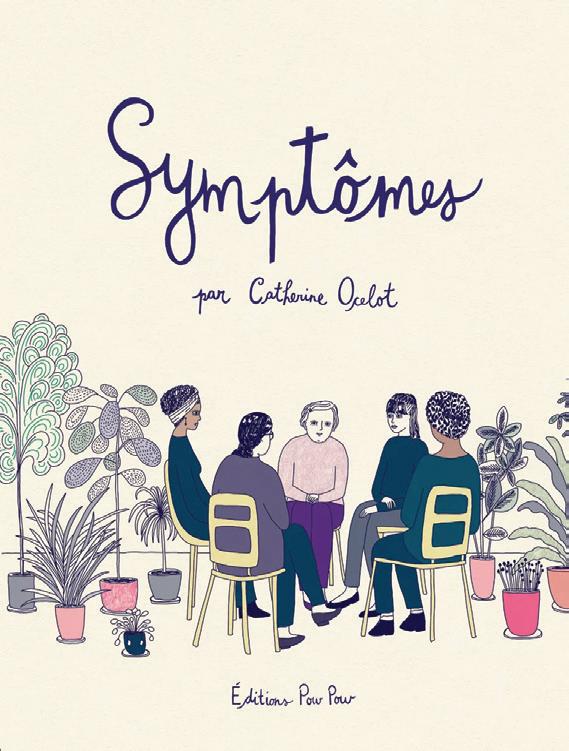 by Catherine Ocelot (Pow Pow, 2022)
by Catherine Ocelot (Pow Pow, 2022)
What if creativity were the natural path to empathy? In the subjects to which they pay attention, through a sideways glance or by taking a step back, through original glasses or a new filter, artists become a transmission belt toward unknown or singular realities. This fully made-in-Quebec selection dwells on literary proposals that love to dance the tango of empathy, drawing from the experience of the Other material to shake up certainties and invigorate the muscle of the heart.
A documentary celebrated in 2021 for its meticulous marriage of real testimonials and memories materialized by animation, Seuls lifted the veil on the sociopolitical—but above all human—issue of underage refugees arriving in the country unaccompanied by an adult. Its director Paul Tom ( Bagages), a former Cambodian refugee, and illustrator Mélanie Baillairgé team up once again to transform that documentary into a crucial and illuminating children’s book. Alternating between brief second-person introductions and three devastating journeys told in the first person, we find Afshin, Alain, and Patricia in their respective exiles from Iran, Burundi, and Uganda to Canada. Without forcing the matter, the creative duo succeeds in explaining several thorny concepts in laymen’s terms, relying above all on the exceptional courage of the young protagonists. Their dreams become all the more palpable, while what they left behind, against all odds, allows them to glimpse the horizon.
A comic book artist known for her humour tinged by tenderness and self-deprecation ( Talk-show, La vie d’artiste ), Catherine Ocelot offers us the gift of a new volume that encapsulates physical and emotional ailments with all-out acuity. In a support and solidarity circle baptized Solitudes Anonymes, she heads off in search of her “inner mother” while meeting women who, like her, want to reweave these “invisible threads” that connect them to others. What hides behind these more or less unconscious orders that push us to “eat our emotions” or not listen to this body that nevertheless allows us to love and move forward? In a series of pictures that are sometimes talkative, sometimes quiet (but no less eloquent), Ocelot surpasses herself in the vastness of the details embraced, painting a lucid, comical, and intuitive fresco that reminds each of our cells of the infinite power of the community spirit.
64 STRØM MAGAZINE CULTURE
Le poids des fourmis by
 David Paquet
David Paquet
(Leméac, 2022)
Recently named the winner of the Governor General’s Literary Award in the theatre category, this text from playwright David Paquet ( Porc-épic, Le brasier, L’éveil du printemps) flows easily even without the excellent production for teenagers from Théâtre Bluff created in 2019. Taking a dig at multiple generations with the secret desire to bring them together, Le poids des fourmis uses the pretext of a student election to give the floor to Jeanne, whose anger is renewed from day to day, and Olivier, an optimist by nature who has recently taken an interest in The Encyclopedia of Useless Knowledge. At what age does one become a citizen? And what, from the individual to the collective, should mobilize us? Thanks to his always bountiful and corrosive writing style, Paquet shakes up the quiet despair in us. Did you know “that the total weight of the ants on Earth is greater than that of the humans?” So, be careful where you put your feet as you walk through the world.
Le bout de la route
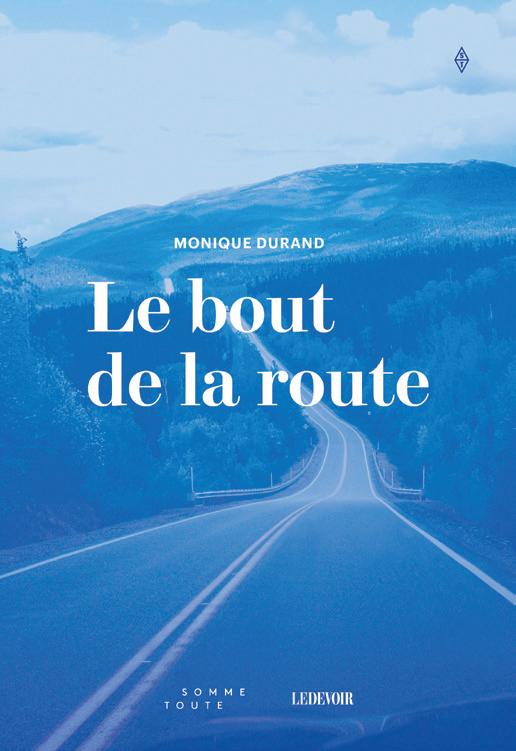 by Monique Durand (Somme toute/Le Devoir, 2022)
by Monique Durand (Somme toute/Le Devoir, 2022)
A lover of wide open spaces and an admirer of Canadian explorer Mina Benson Hubbard, author Monique Durand (Saint-Laurent mon amour) is particularly fond of the travelogue form, of which you can catch some snippets written by her in the pages of Le Devoir. From Route 389 to the Île aux Perroquets, as well as a winter journey to Schefferville, she leads us here to northern Quebec and Labrador, on that “outdoor road” that splits “a dazzling wild beauty,” but also on the “road itself […] where time stands still.” Through a smooth-flowing writing style that questions our ability to see and feel, we discover the vibrant letters that Durand addresses to her painter friend Ourida Ichou, whom she knows is condemned by illness. The kilometres devoured and the proud souls who live in the North lead to the taming of mourning without ever sacrificing “Words to Live In” to jubilation.
Est-ce qu’un artiste peut être heureux ?
by Arizona O’Neill (Zinc, 2022)
The title of this comic book of interviews (yes!) sums up the direct and benevolent approach of Arizona O’Neill, who sets out to meet her colleagues in literature (Chloé Savoie-Bernard, Daphné B., her mother Heather O’Neill), music (Hubert Lenoir, Klô Pelgag, Patrick Watson), comic books (Julie Doucet, Pascal Girard, Mirion Malle, Walter Scott), and visual arts (Laurence Philomène, MissMe) to explore their vision of happiness. We wander both behind the scenes of their works and through snapshots of their state of mind. Through ingenious plays on scale, ellipses, and contrasts, O’Neill highlights their doubts, their joys, and their thoughts in motion. Between the search for balance, the blind spots of creativity, and the call of simplicity, her muses open up without shame, and their universes harmoniously colour each page of this beautiful pop work that can be savoured like a well-deserved break on a sunny bench.
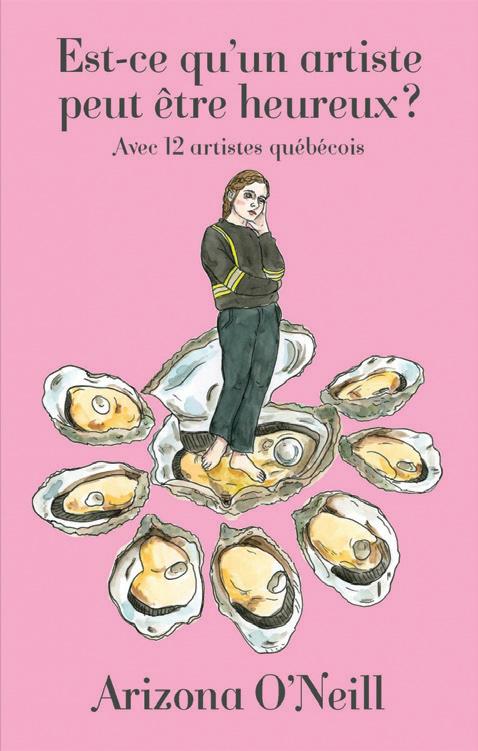
STRØM MAGAZINE 65 CULTURE
Discover Local Businesses
CAMELLIA SINENSIS | TEA PURE & SIMPLE
Camellia Sinensis specializes in high-quality teas selected directly from the artisans/producers of the world’s greatest terroirs, as well as in high-end herbal teas from Quebec.
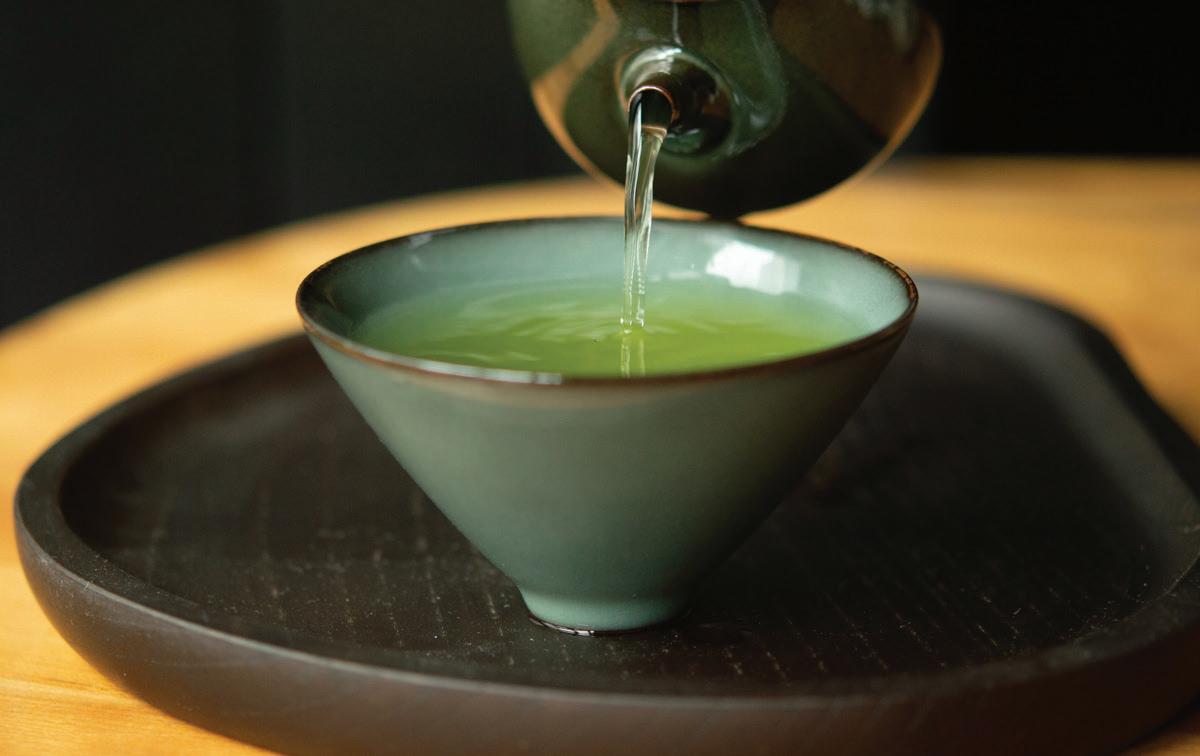
Three stores in Montreal and Quebec City 514-286-4002 camellia-sinensis.com

DO YOU KNOW CAMÉLINE?
We put it on everything! It’s a massive source of protein and omega-3s. A delicious local alternative to imported oils and seeds. It’s recognized all over the world for the flavours it adds!
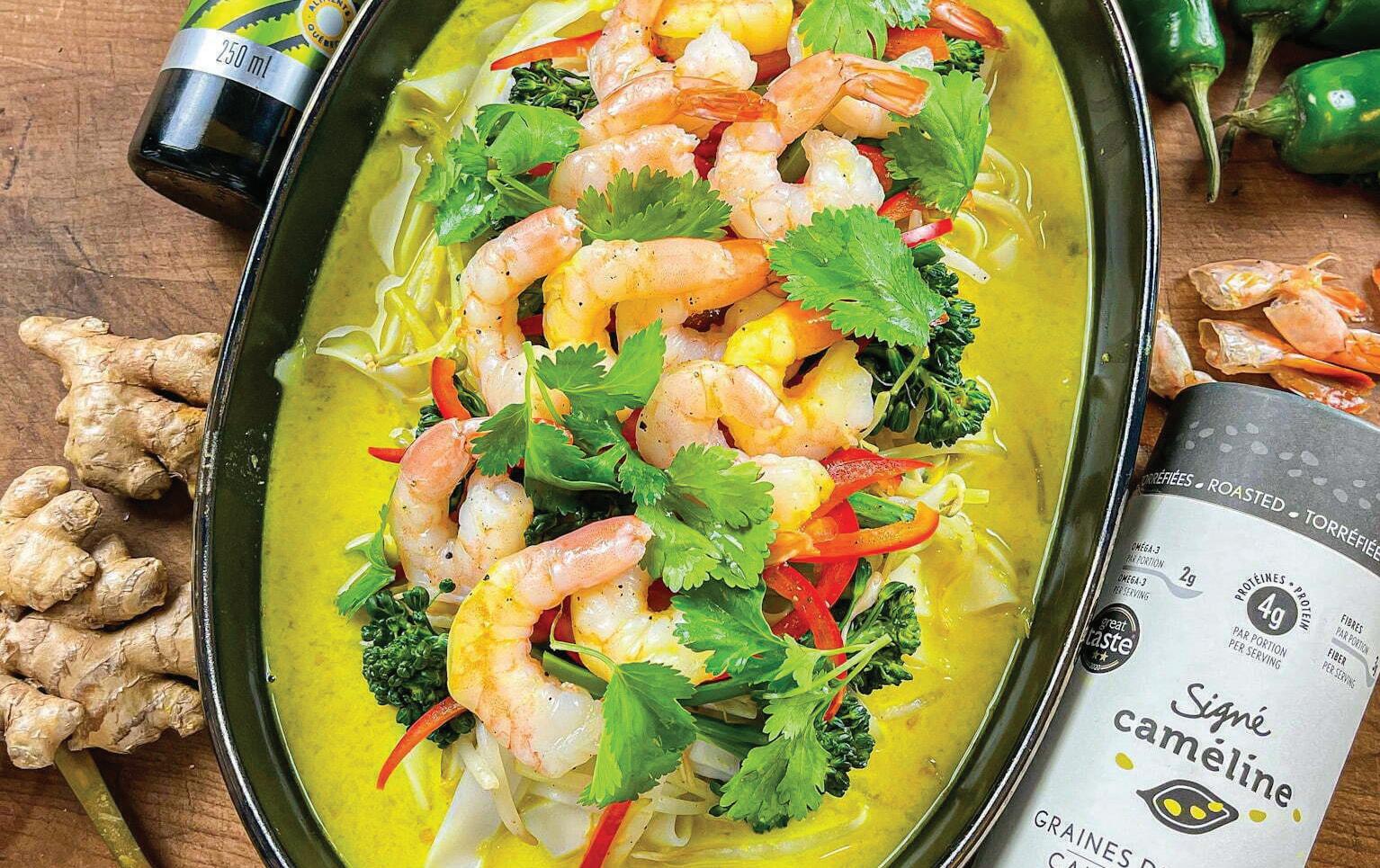
Get 20% off everything with code: strom 450-301-0122 signecameline.com
THE HEALTEA
We make the next generation of drinks that are healthy, tasty, and beneficial thanks to cold-infused herbs recognized for their benefits for immunity, digestion, and vitality. Our delicious Quebec-made infusions contain five real natural ingredients.
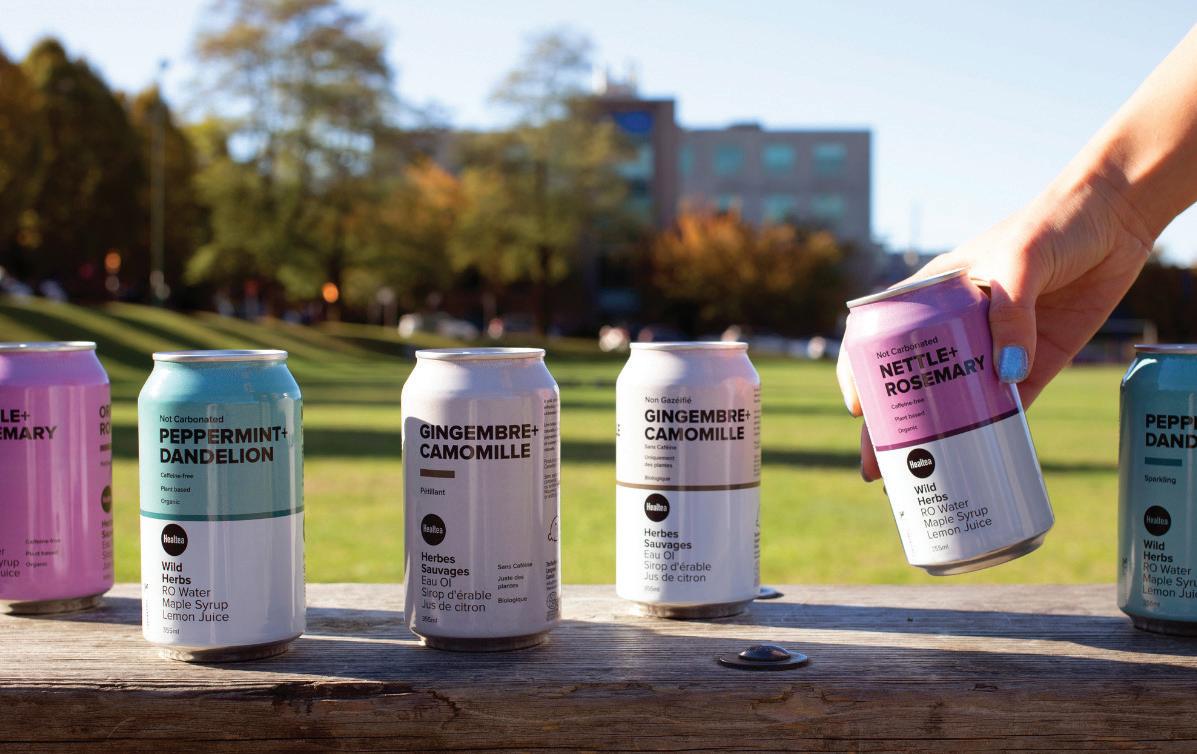
We offer a 10% discount to newsletter subscribers with code 10OFF
1926, rue Sainte-Hélène, office 101, Longueuil, QC J4K 2E7 450-800-2044
thehealtea.com

PROUD SUPPLIER OF STRØM NORDIC SPA
The company located on Île d’Orléans knows blackcurrant, innovates vinegar, is passionate about distillation, and welcomes you to its location. “All good or nothing” is its motto.

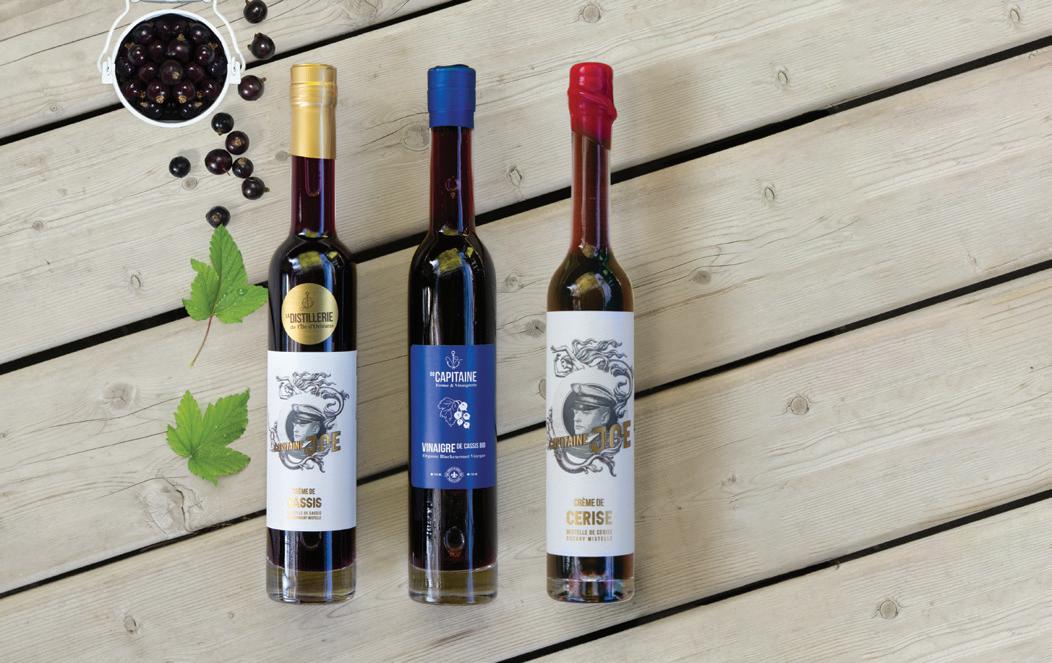
Organic crops
1 ½ oz. of crème de cassis with the purchase of a regular-sized product 4748, chemin Royal, Saint-Jean-de-l’Île-d’Orléans, QC G0A 3W0 ducapitaine.com
66 STRØM MAGAZINE
Discover Local Activities
STUDIO ENJOYOGA
An oasis of wellness for the body and mind. Whether in our brightly lit premises, on our large terrace, or on one of our rejuvenating retreats…come share some happy vibes with us!
1543, rue Denault, Sherbrooke, QC J1H 2R1
819-791-7133 studioenjoyoga.ca

THE ENCHANTED FOREST OF FORESTA LUMINA
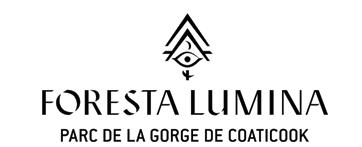
The Foresta Lumina illuminated night pathway is an immersive walking experience that highlights the beauty of nature while encouraging a feeling of wellness.
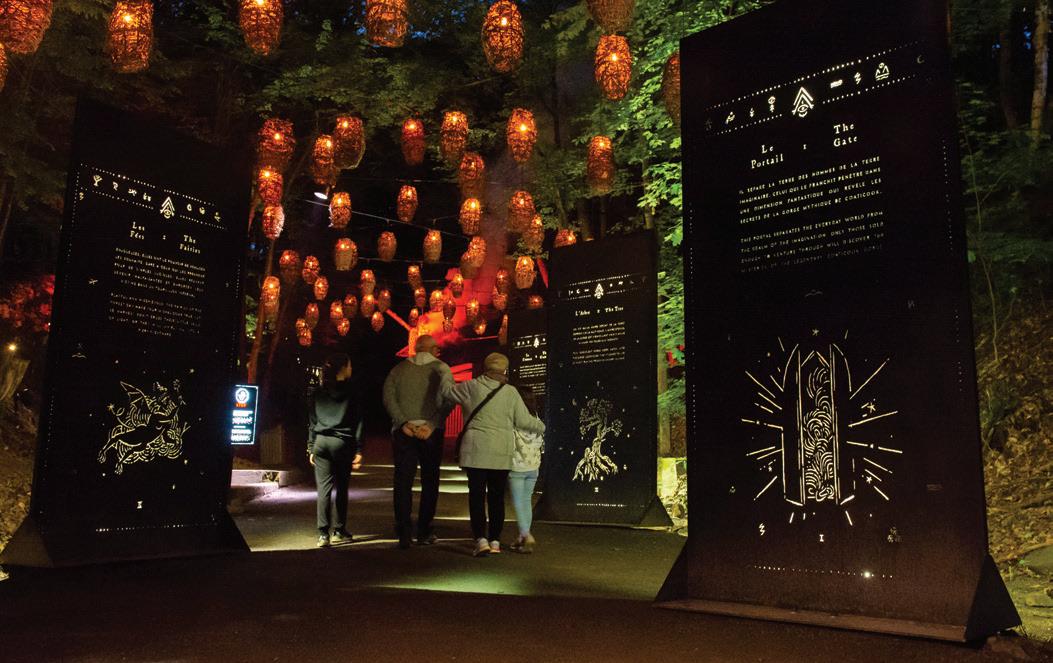
MONCINÉ
With MonCiné magazine, discover all the latest movie news! Find MonCiné at your favourite cinema or subscribe at moncine.ca/ abonnement and get it at home.

MonCiné: your 100%-Québécois cinema reference! moncine.ca
1-888-524-6743
135, rue Michaud, Coaticook, QC J1A 1A9 forestalumina.com
A UNIQUE FAMILY EXPERIENCE
Discover our wildlife park where you can observe around twenty wild animal species in their natural habitat and check out our unusual accommodations and dining options.

819-423-5487
399, Route 323 Nord, Montebello, QC J0V 1L0 parcomega.ca
STRØM MAGAZINE 67
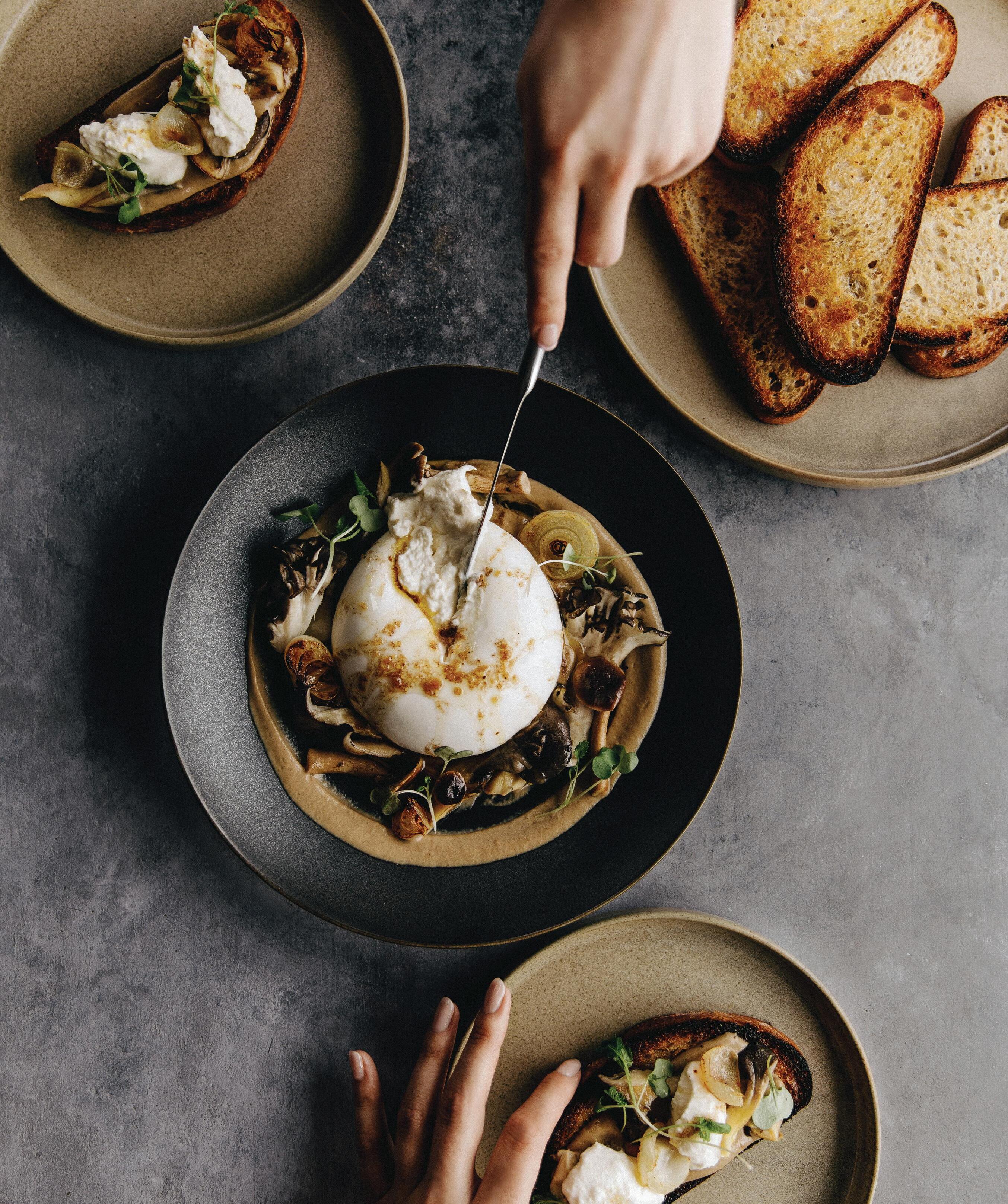 Photographer — Bianca Des Jardins
Photographer — Bianca Des Jardins
Burrata and Mushroom Stir Fry
Eggplant caviar with black garlic
Sourdough bread
The most beautiful moments of exchange, sharing, and connection often take place around the table. Gathered around a meal, an aperitif, or even just a drink, the discussions are imbued with authenticity and emotion. With this in mind, we offer you, to start, a dish to be shared, where burrata, mushrooms, and eggplant take centre stage. To drink, a clarified rum punch inspired by a historical cocktail technique: the clarified milk punch. Two recipes for a delicious and surprising aperitif on the terrace!
Ingredients
9 tbsp. sunflower or olive oil
3 tbsp. unsalted butter
3 cups (120 g) wild mushroom blend*
1 French shallot, finely minced
4 tbsp. black garlic vinegar from Vinaigrerie du Capitaine, or any other quality wine vinegar
1 tsp. garlic flower
¼ cup chopped garden herbs (chives, tarragon, parsley, thyme)
Salt and pepper
Preparation
In a large frying pan, heat about 2 ½ tablespoons of sunflower oil and 1 tablespoon of unsalted butter. Once the butter is foaming and hazelnut-brown in colour, add 1 cup of the mushroom blend. Lightly salt. Brown the mushrooms by stirring them a few times.
Once browned, add a third of the minced shallot and continue cooking for 1 minute. Set aside.
Repeat these steps three times. During the third and final stir fry, add all the previously sautéed mushrooms, then deglaze with the vinegar. Add the rest of the oil (1 ½ tablespoons), the garlic flower, and the garden herbs. Season the mixture to taste. Keep warm.
*For this recipe, we used mushrooms grown at a local mushroom farm: oyster, honey-coloured armillaria, lion’s mane, and maitake. In season, we recommend adding wild mushrooms such as chanterelle or morel to the mixture.
Mushroom stir fry
1 2 4 3 5 6 7 8
Servings 2 to 4 (a dish to share) Preparation time 45 to 60 minutes Cooking time 45 minutes
À TABLE STRØM MAGAZINE 69
Eggplant caviar with black garlic
Ingredients
2 eggplants
¼ cup sunflower or olive oil
1 tsp. honey
1 tbsp. cider vinegar
4 cloves of black garlic, peeled, or two cloves of garlic, finely minced
Salt and pepper
Preparation
Preheat the oven to 425°F (220°C). Cut the eggplants in half lengthwise, then make an incision in the flesh and cut it into squares using a knife.
In a large frying pan, drizzle the sunflower oil and sear the eggplants flesh side down over high heat.
Transfer the eggplants flesh side down to a baking sheet lined with parchment paper. Bake for approximately 20 minutes until the eggplant flesh is fully cooked. Let cool for 15 minutes, then remove the peels from the eggplants to recover only the flesh.
In a blender, mix the eggplant flesh with the honey, vinegar, and garlic at high speed until smooth. Season to taste.
Assembly
1x 200 g slab of burrata
Eggplant caviar with black garlic, to taste
Mushroom stir fry, to taste
1 pinch fleur de sel
Freshly ground pepper
3 large slices of sourdough bread, cut into halves Butter, to taste
Preparation
Take the burrata out of the refrigerator and let stand at room temperature for 20 minutes.
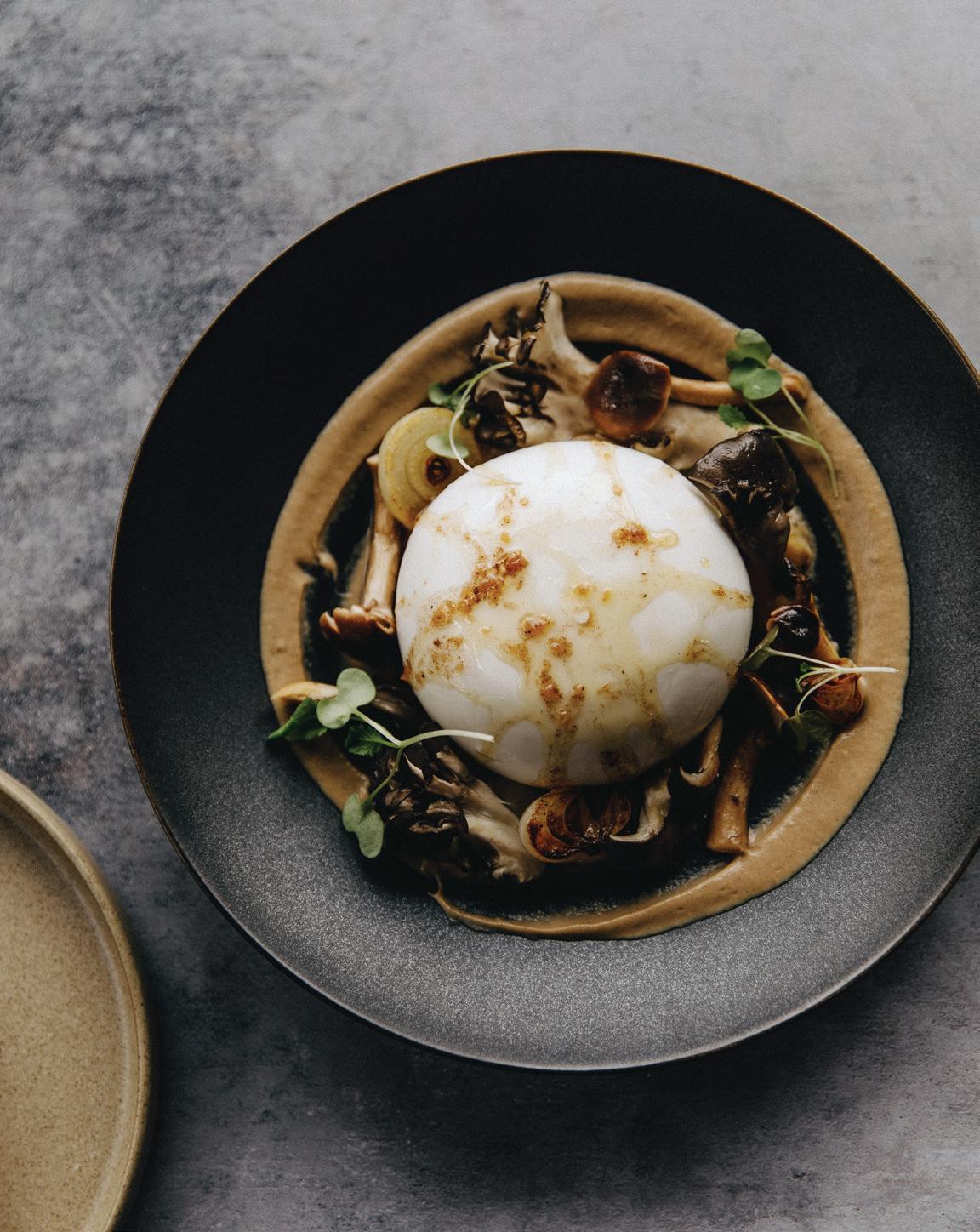
On a large plate, arrange the eggplant caviar in a fine layer, then place the burrata in the centre. Place the stir-fried mushrooms all around.
Season the burrata with a pinch of fleur de sel and a dash of freshly ground pepper. Serve with a few slices of sourdough bread, previously buttered and pan-toasted.
Photographer — Bianca Des Jardins
1 3 2
1 2 4 5 3
70 STRØM MAGAZINE À TABLE
Photographer — Bianca Des Jardins
Clarified Rum Punch
Black tea, summer honey and sea buckthorn
Ingredients
2 cups water
¼ cup Earl Grey loose-leaf black tea
½ cup summer honey
1 ½ cups La Pinte 3.8% milk (or any other milk with a high fat content)
¾ cup sea buckthorn juice or ½ cup lemon juice
1 cup Rosemont white rum
½ cup Distillerie Noroi orange liqueur
Preparation
In a saucepan, bring the 2 cups of water to a boil. Add the black tea and let steep for 10 minutes, then strain the preparation through a sieve to remove the tea. Dissolve the honey in the hot tea, then set aside. In a saucepan, heat the milk to a simmer, then add the sea buckthorn or lemon juice. Stir gently until the milk curdles. Remove from heat, then let cool. In a bowl, mix the rum, orange liqueur, and cooled tea and honey mixture.
Add the rum mixture to the curdled milk mixture.
Place a sieve fitted with a filter bag or three-ply cheesecloth over a large, deep bowl (so that the liquid does not touch the filter). Filter the mixture for a first time. Once the liquid is completely filtered, pass the mixture through the sieve a second time, keeping the same filter and the small curds. Repeat the filtration step until the liquid is completely translucent.
Transfer to a pitcher or large bottle, then refrigerate. Serve cold, over ice.

The principle of clarified rum punch, of British origin, dates back several hundred years, and it has been enjoyed and popularized by several well-known figures over the years. Among these are Benjamin Franklin, who, in a letter written in 1763 after returning from a long stay in England, delivered his own version of the recipe. This recipe is still in circulation today.
One of the methods for achieving the clarified result involves filtering a preparation made from alcohol, spices, sugar, acidity, and bitterness through curdled milk. The casein (milk protein) will remove the colour and tannins from the preparation, giving it a sweet and velvety taste as well as a surprising clarity. This method is the one that we propose here, in a recipe where sea buckthorn and summer honey add an elegant local touch.
Note: To obtain sea buckthorn juice, blend 1 part water with 4 parts sea buckthorn berries in a blender, then filter the preparation. The rum punch can be kept for up to 30 days in the refrigerator.
1 2 3 4 5 6 7 8
Servings 6 to 8 glasses Preparation time 1 hour
À TABLE
STRØM MAGAZINE 71
Photographer — Bianca Des Jardins
Cooking for Better Treatment
By Isabelle Huot, Doctor of Nutrition
TRAINING AT THE SOURCE
FROM THEORY TO PRACTICE
In North America, nutrition often represents only a small fraction of the training for future doctors. However, this trend is about to change with the emergence of projects such as the one launched by the faculty of medicine at the Université Laval, which has become the first French-speaking university in the Americas to offer a culinary medicine course1. This course integrates all aspects of nutrition, not just the usual notions about the role of nutrients for our health. It therefore allows the subject to be approached from several angles; the theoretical and practical aspects of nutrition are discovered there, but also its social dimension.
The multiple facets of nutrition are therefore increasingly integrated into the training for future doctors. This more holistic approach therefore allows them to be better equipped so that they will be able to provide practical advice to their future patients.
By giving more weight to nutrition in the curriculum, faculties of medicine also recognize the importance and the central place that it occupies in our lives. Doctors then develop concrete skills to help their patients in a realistic and proactive way. They are able to grasp all aspects of this activity (cooking abilities, socioeconomic issues, flavours, pleasure, etc.) instead of being limited to the simple (yet complex) role of nutrients. Better guided in turn, patients can then use the way they eat as a vector for healing, or at least prevention, and see food as an essential part of a healthy lifestyle. This transfer of knowledge in turn triggers a cascade of learning, allowing a real understanding of the field of nutrition.
As you can see, for nutrition to become an integral part of a healthy lifestyle, the transmission of theoretical notions about the nutritional value of food, although essential, is not sufficient. Changing your eating habits over the long term requires an approach that includes all aspects of nutrition. For example, it is essential for individuals to develop cooking skills, have access to healthy foods, and be motivated if they want to change their eating habits in order to improve their health or prevent certain diseases.
By inviting medical students into the kitchen to develop their culinary techniques and experiment with the flavours and textures of foods, they will be better able to pass on their knowledge and testify to the importance and pleasure of cooking for good health. Because beyond the nutritional value of food, cooking is one of the best ways to improve your health, save money, and limit your consumption of highly processed products. Remember that in Canada, half of all calories consumed come from processed or ultra-processed foods 2 ; these are convenient products, of course, but not necessarily optimal given the many additives that they contain.
The concrete aspect also allows medical students to become aware of the socioeconomic issues surrounding food. While it is true that in some societies, ultra-processed products overshadow healthy yet accessible products, other countries unfortunately suffer from food accessibility problems. We quickly understand that a holistic vision makes it possible to grasp all the difficulties that may lead to a diet that does not meet the needs of individuals.
72 STRØM MAGAZINE À TABLE
A WIND OF CHANGE…
Such a change cannot be made only in the academic world. Fortunately, the field of nutrition has also evolved greatly in recent years, gradually integrating notions that go beyond the intrinsic nutritional values of foods. The nutrition field is now making room for concepts such as the pleasure of eating, the importance of cooking, and intuitive eating.
It is interesting to note this growing recognition of the psychosocial aspect of food, which serves not only to meet physical needs, but also emotional, psychological, and social needs. This vision of food can be found in particular in the Mediterranean diet, which is recognized as being beneficial for both physical and psychological health, since its approach is based not only on healthy foods, but also the importance of cooking and sharing a good meal.
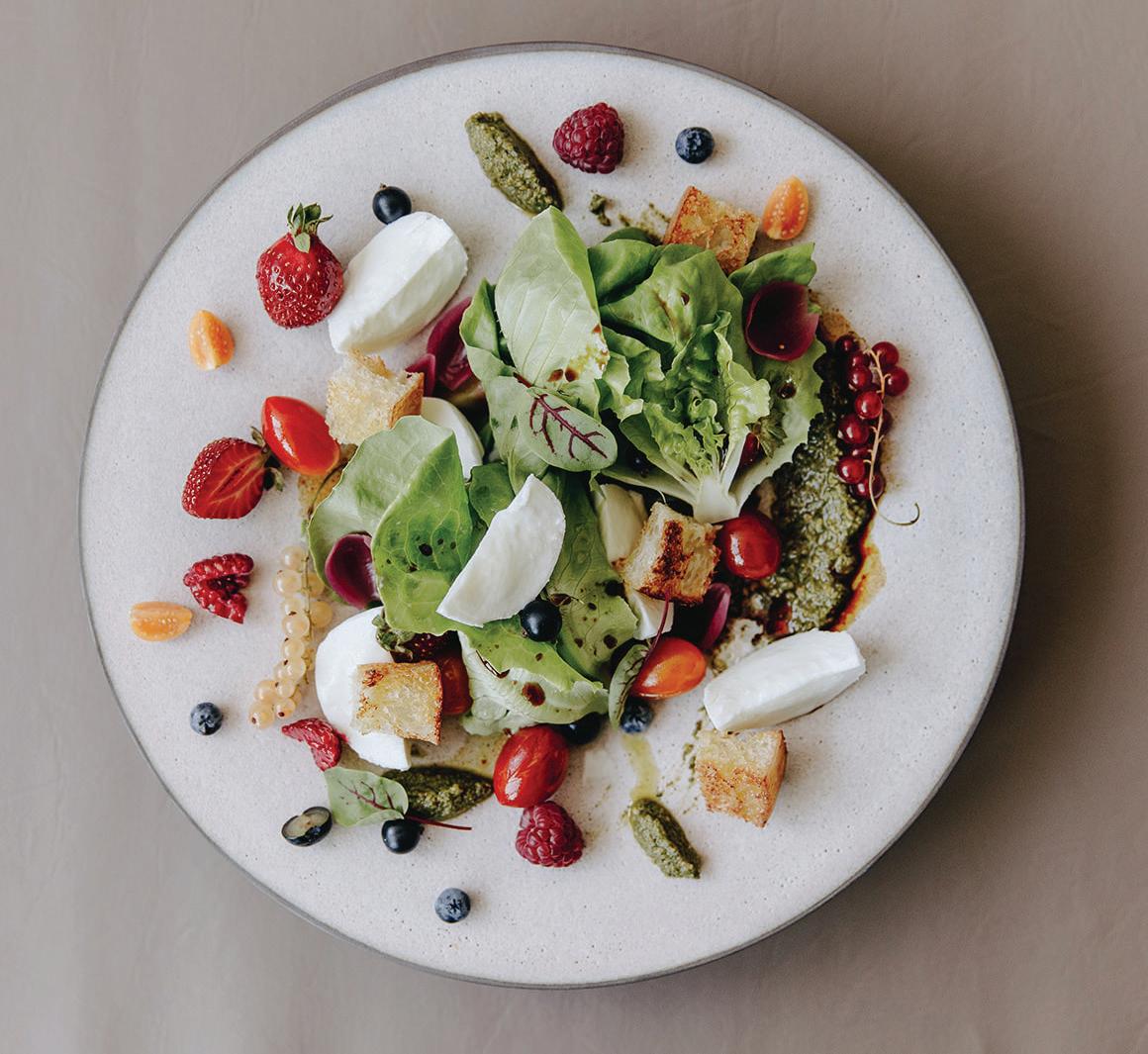
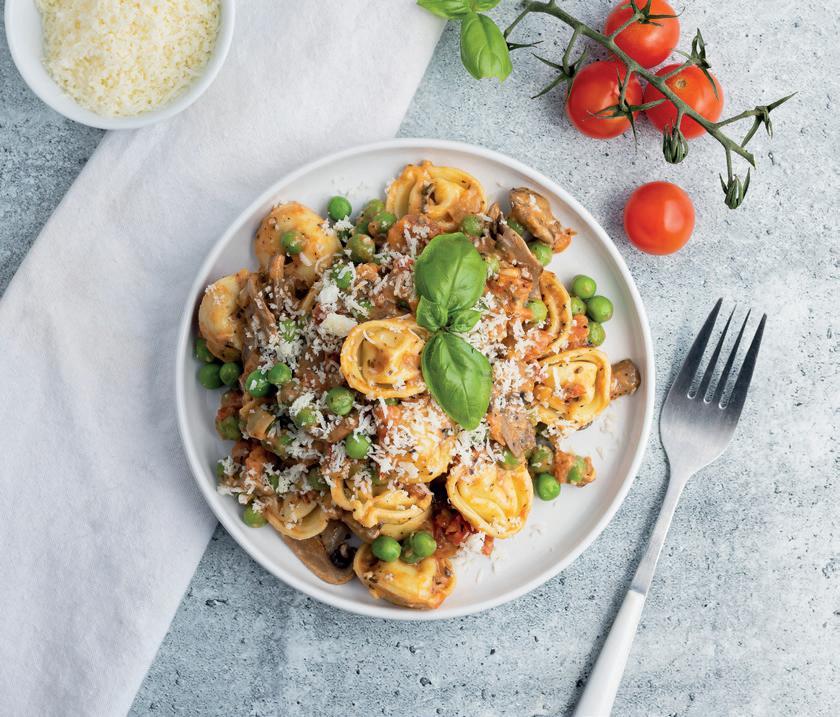
This evolution in the field of nutrition is also reflected in the most recent version of Canada’s Food Guide, which has abandoned the concept of servings to make room for proportions, while including other aspects of food, mindfulness, and respecting hunger and satiety cues. The new guide also encourages people to cook more often and eat their meals in the company of their loved ones, neighbours, or colleagues, which helps strengthen social ties and make life more enjoyable. These new recommendations acknowledge the fact that a healthy diet is a whole made up of a set of factors.
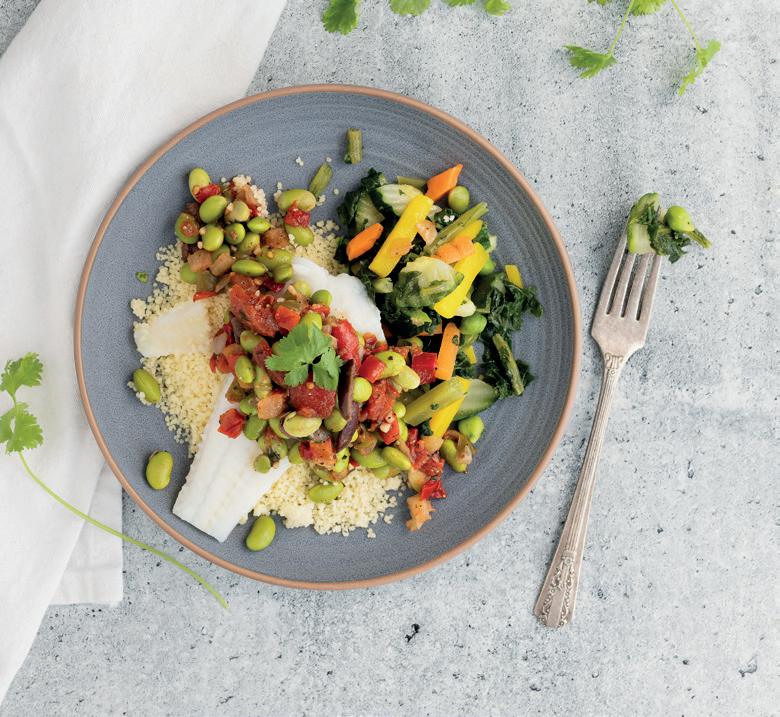
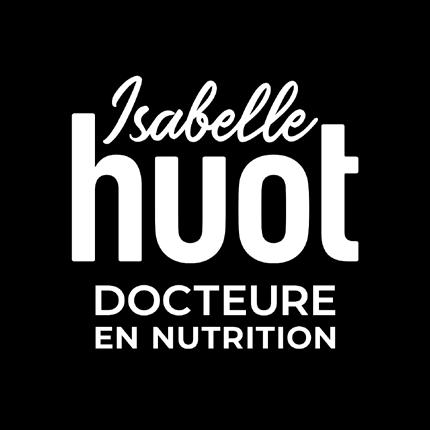
To order:

READY-TO-EAT Meals healthy delicious ISABELLEHUOT.COM
À TABLE
Photographer — Bianca Des Jardins
AT THE HEART OF OUR PRACTICES
Because it allows us to meet our need for connection with others, food also has a social dimension. Indeed, it can help break down the isolation of elderly people and allow us to pass on food traditions to children or meet new people. Food is a pretext to develop strong social ties, come together, create beautiful memories, discuss, exchange ideas, relax, and enjoy the present moment, and this social dimension of food is just as important for our health as its nourishing function. Furthermore, the importance of social contact can be found in studies related to the common characteristics of centenarians3… Something to inspire us to surround ourselves with good people!
The field of nutrition is rich, and its teaching must reflect its complexity. The initiative of the faculty of medicine at the Université Laval shows us the way, and to continue this momentum, I propose that we take a shift in 2023 by re-evaluating our health goals: move from integrating healthy foods to eating more often in good company. It’s a safe bet that our overall health can only improve.
Sources
1 Roy, A. (2022, November 16). La médecine culinaire : une première dans le monde universitaire francophone. Radio-Canada. https://ici.radio-canada.ca/nouvelle/1932964/medecine-nutrition-alimentation-sante-epicerie
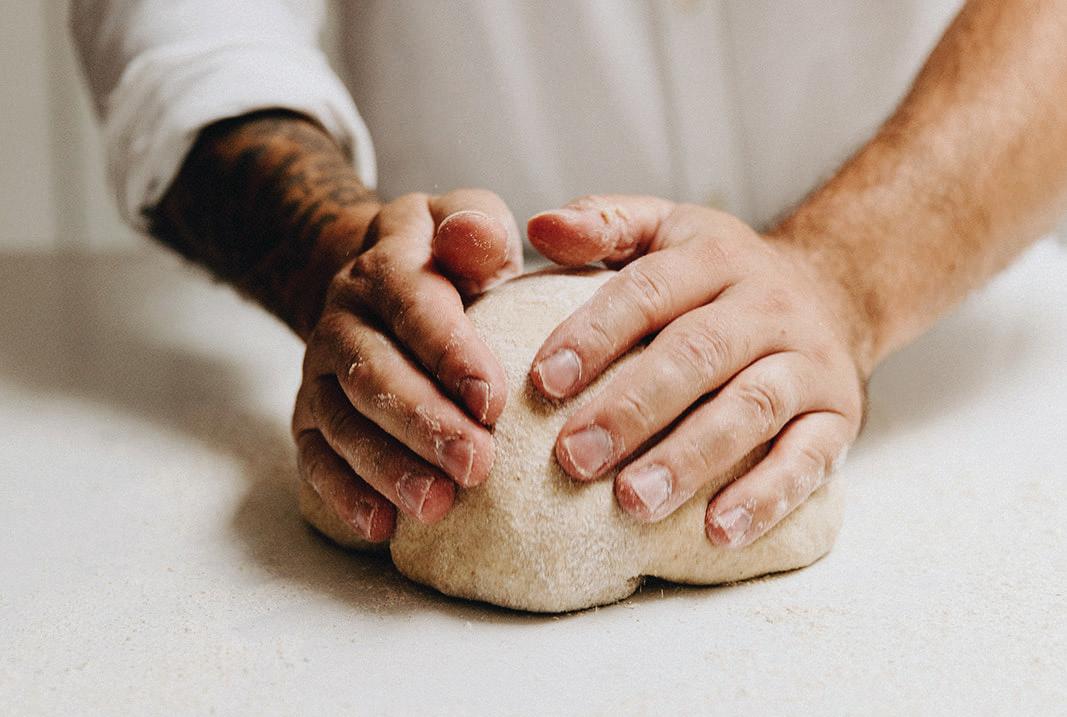
2 Polsky, J. Y., Moubarac, J., and Garriguet, D. (November 18, 2020). “Consumption of ultra-processed foods in Canada.” Statistics Canada. https://www150.statcan.gc.ca/n1/ pub/82-003-x/2020011/article/00001-eng.htm
3 Simard, E. (Unknown date). Prévention de l’Alzheimer par un mode de vie sain [webinar]. Isabelle Huot Docteure en nutrition. https://www.isabellehuot.com/collections/ webinaires/products/webinaire-prevention-alzheimer-parmode-de-vie-sain
74 STRØM MAGAZINE À TABLE
Photographer — Bianca Des Jardins
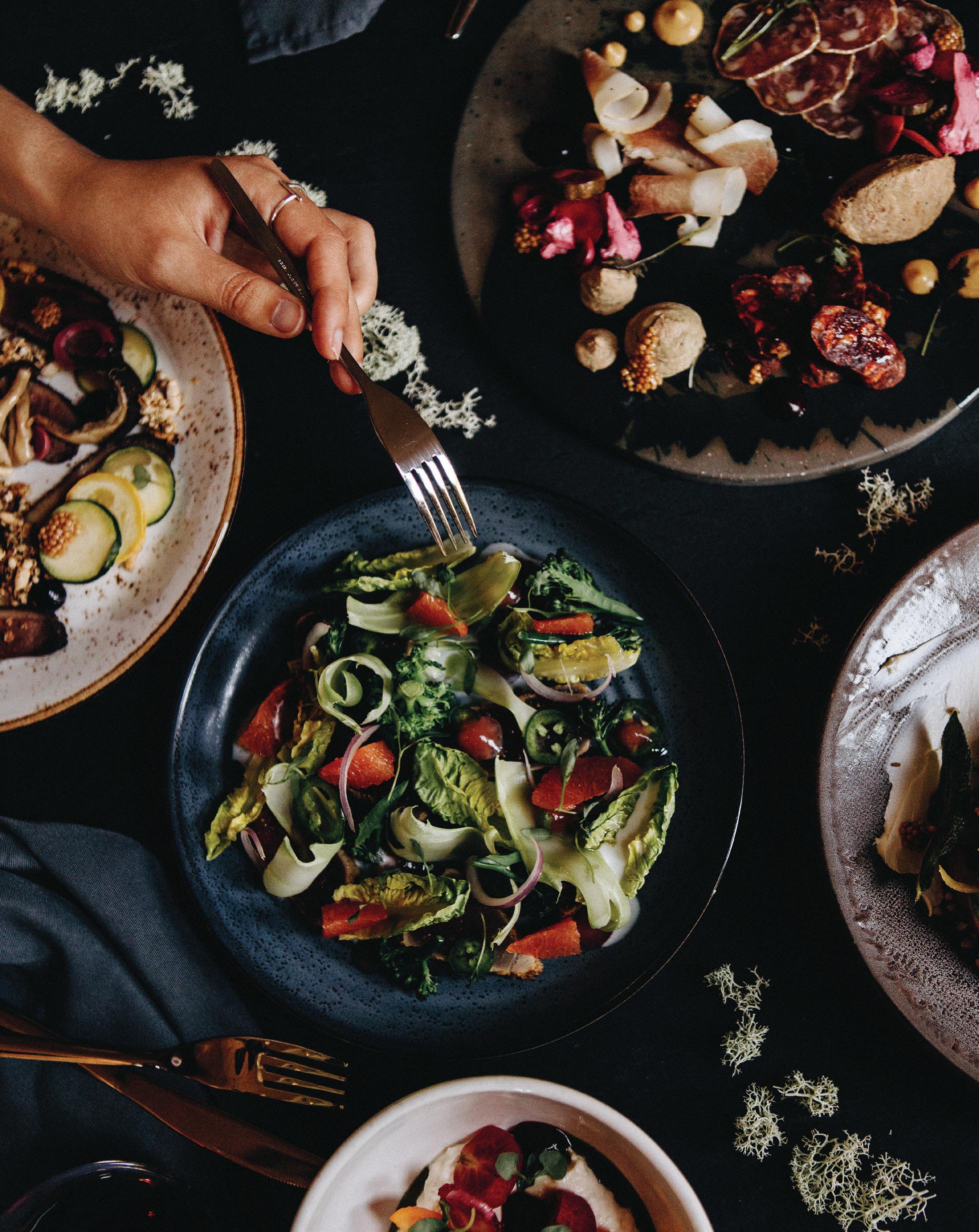 Photographer — Bianca Des Jardins
Photographer — Bianca Des Jardins
The Trades of Wine
By Stéphanie Dupuy, sommelière
In Quebec, we enjoy fast and easy access to almost any consumer good that we could want. This is true for pretty much everything, including wine. Do we really realize how lucky we are, though? Indeed, we have an extremely diverse offering in terms of wine. This easy access to such a wide selection opens the door to discovery, but it also has the nasty flaw of making us take the product for granted. We perhaps too often forget that wine is a deeply human product that involves a colossal amount of generally manual labour. We immediately think of the winegrower and the other trades directly related to the vine and wine: winemaker, cellar master, oenologist… However, the creation of a wine extends far beyond the vineyard.
Here is an overview of two manual trades related to wine that have not (yet completely) been replaced by machines.
COOPER
This highly artisanal trade involves nothing more nor less than making barrels. But beware: beneath this object which may seem very simple hides a complex know-how, especially since the method for making barrels has changed very little over the past millennium.
The wood used, generally oak, comes from France, the United States, or eastern Europe. This is cut into logs, then split lengthwise to form boards, which will be dried for 18 to 36 months. These boards will then be cut to form staves, which are boards that are a little narrower at the ends than in the centre.
This is where all the expertise of the cooper comes into play. Each stave is unique, and about thirty of them will be chosen and assembled one by one to form the barrel. The only thing that holds them in place is the pressure that they exert on each other, as well as metal hoops. It is not a matter of using either nails or glue. At this stage, the bottomless barrel sits over a fire for the heating stage. The longer the barrel remains over the fire, the more roasting flavours it will impart to the wine (smoke, vanilla, coconut, coffee, toast, etc.). Finally, two bottoms are custom-made for the barrel and added to the ends.
An experienced cooper can make one, maybe two barrels per day, no more. Now, when you read the statement “aged in oak barrels” on a label, you will certainly have a better idea of all the art and know-how that the design of a barrel involves!
CORK HARVESTER
The cork that seals our bottles comes, like the wood for the barrels, from oak—more specifically, from cork oak. The bark of this tree has the unique feature of being able to regenerate itself after being removed.
The debarking process is ancestral and highly artisanal, since it is performed with a rudimentary axe whose shape varies according to the country. The steps involved in extracting the cork are simple but require a great deal of dexterity, since one wrong blow from the axe can damage the sap circuits and kill the tree. The cork harvester first chooses a natural crack in the bark, which they use to split it lengthwise. Then, using a twisting motion, they peel the bark away from the trunk. They then make a horizontal cut to mark off the cork that will be removed from that which will remain on the tree. Finally, the tree is marked with white paint indicating the last digit of the year of extraction. Until then used for flooring, insulation, or crafts, the cork harvested at the third debarking finally has the necessary qualities to make stoppers.
A cork oak reaches sufficient maturity to have its bark removed only after about 20 or 25 years, following which the debarking will be performed every nine years at least. An average maintained cork oak can live up to 150 years. It will therefore undergo 12 to 15 extractions over the course of its life and produce 250 to 400% more cork than a wild tree. We can therefore imagine that it will have known six generations of harvesters in its lifetime.
76 STRØM MAGAZINE À TABLE
The trades of the wine industry are more numerous than you might think. Nursery worker, winemaker, cellar master, chemist, glass manufacturer, graphic designer, marketer, delivery person, sales representative, retailer… We can therefore easily estimate that behind each bottle hides the work of more than 30 people!
FAMILLE DE CONTI, BERGERAC, CUVÉE DES CONTI 2021, ORGANIC

858324 – $17.55
Again and again, this vintage from the De Conti family wins me over. This fine blend of sémillon, sauvignon blanc, and muscadelle is the perfect example of a wine that has both roundness and liveliness. 2021 was a particularly successful year. A white to always have on hand.
CHÂTEAU LA LIEUE COTEAUX VAROIS EN PROVENCE 2021, ORGANIC
11687021 – $18.95
As an avid consumer of rosé all year round, I like to rely on safe bets when the shelves at the SAQ aren’t collapsing under the weight of seasonal arrivals. Expressive, fresh, and ample, Château La Lieue always lives up to its reputation: beyond reproach.

MAZZEI FONTERUTOLI CHIANTI CLASSICO 2019
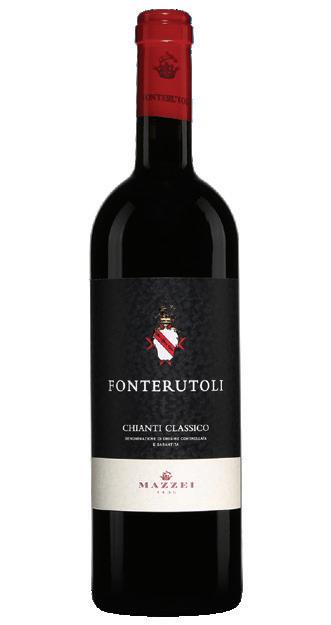
856484 – $24.95
The Mazzei family has been producing wine since 1435. You read that right. Under the cork of this magnificent Chianti Classico, you will therefore find the know-how of 25 generations! Elegant and full-bodied, we can recognize notes of black cherry and blackberry, as well as a pleasant touch of wood due to aging for 12 months in French oak barrels.

RIOJA
A
TO SHARE
Bodegas Muga: a passion for wine passed on since 1932.
À TABLE
Four Outstanding Havens
The heat contrasting with the mildness of the longer days indicates the arrival of the beautiful season.
At Strøm Mont-Saint-Hilaire, this can be experienced and observed from a thousand points of view. The site, which gradually regains its summer colours, sees the light change and the milder temperatures set in, allowing us to reconnect with nature in a new and all-encompassing way.
At Strøm Nuns’ Island, the sounds of life being reborn and flora reclaiming its rights make the spa the perfect place to relax, recharge your batteries, and take a trip, close to home.
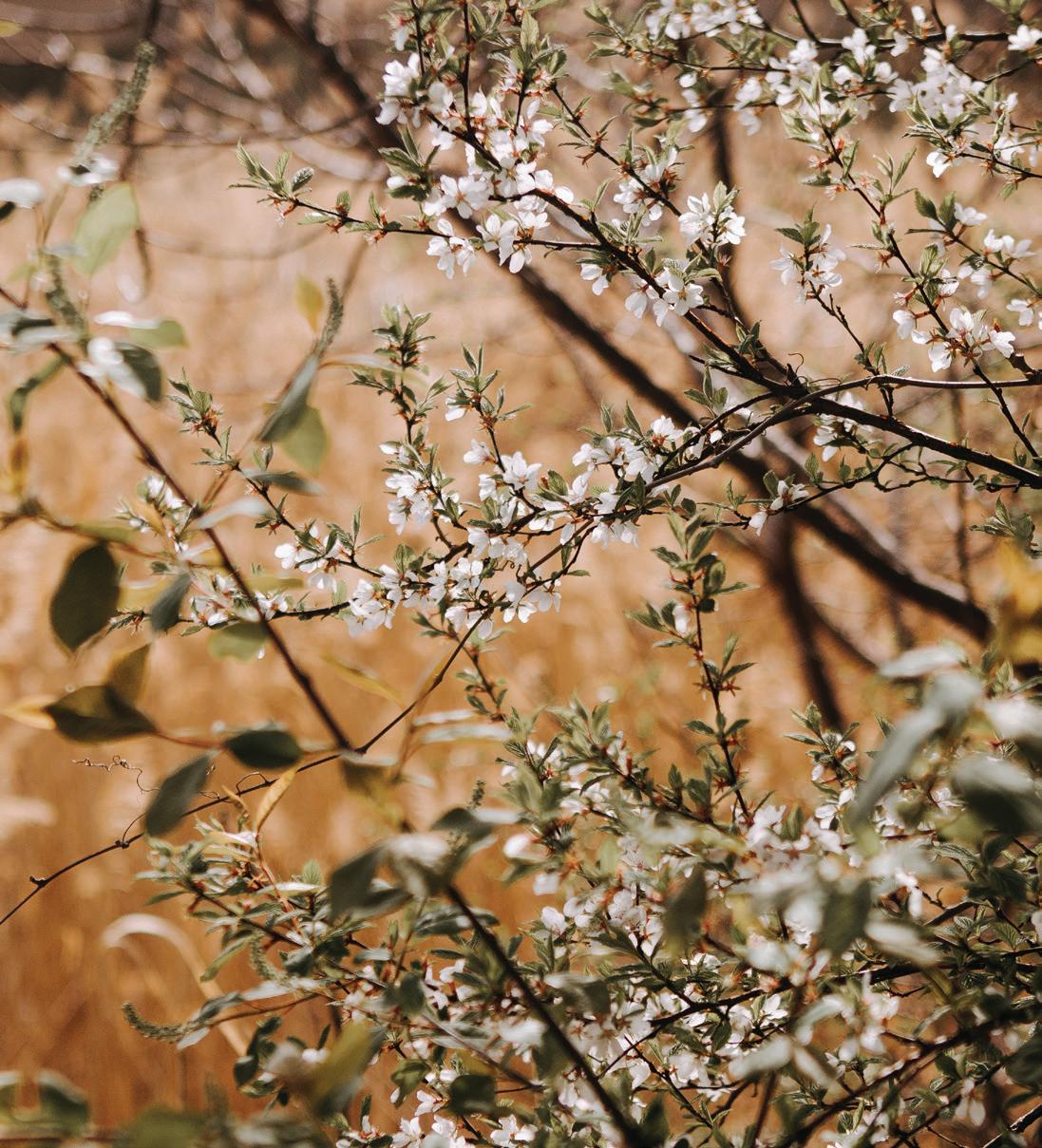
 Photographer — Bianca Des Jardins
Photographer — Bianca Des Jardins
78 STRØM MAGAZINE
Photographer — Bianca Des Jardins
Perched on the banks of the Magog River like a secret oasis, Strøm Sherbrooke greets sunny days with great enthusiasm. The lush vegetation and the soothing view of the water transform the facilities into true relaxation stations where you can enjoy the fresh air and listen to the birds sing while taking care of yourself.
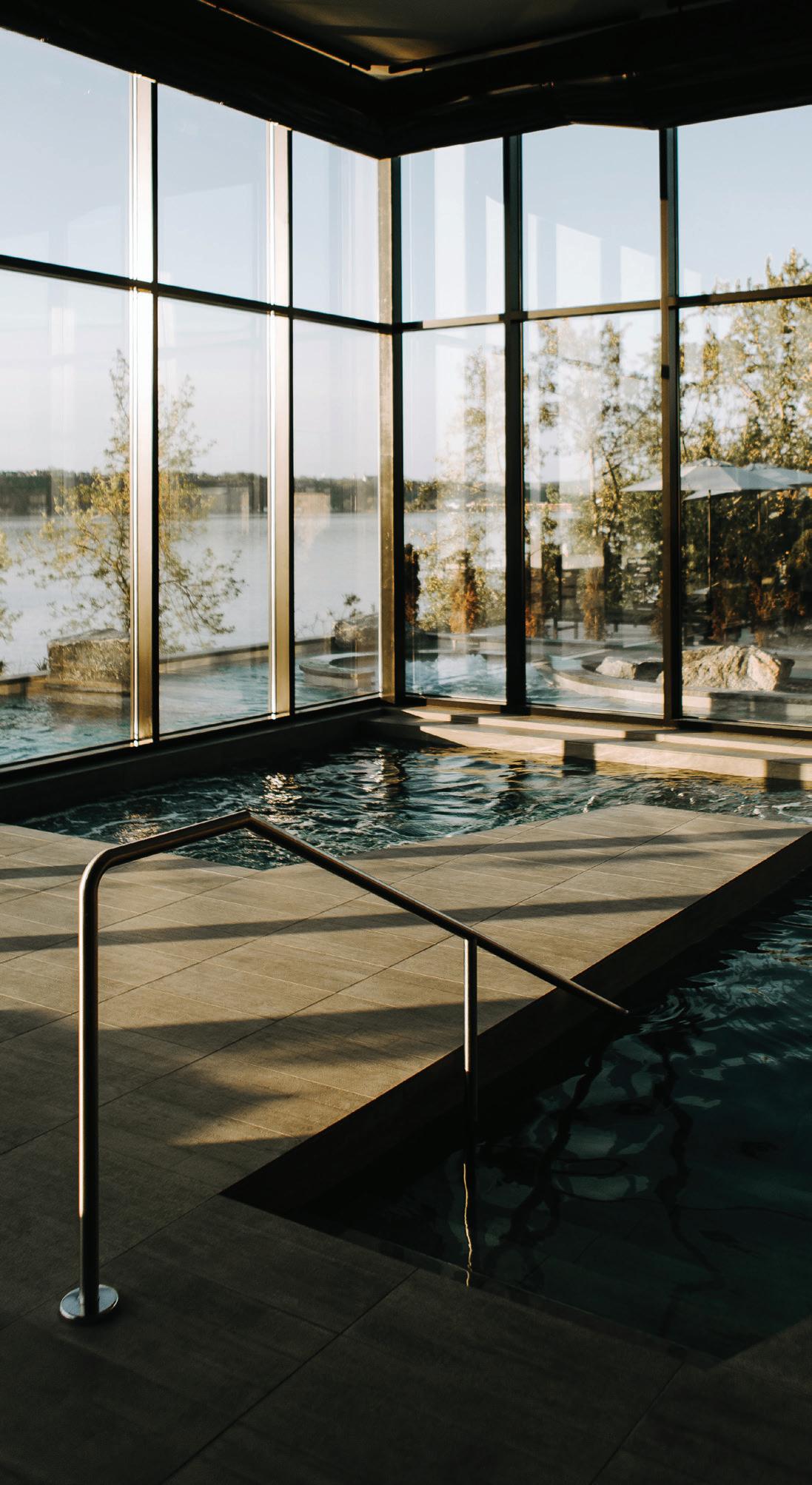
The current of the St. Lawrence River, as powerful as the summer setting in, reminds us that our inner strength, when aligned with that of nature, can give rise to great and beautiful things. At Strøm Old Quebec, the sun that accompanies us until late in the evening gives the panorama magical colours and a feeling of immensity.
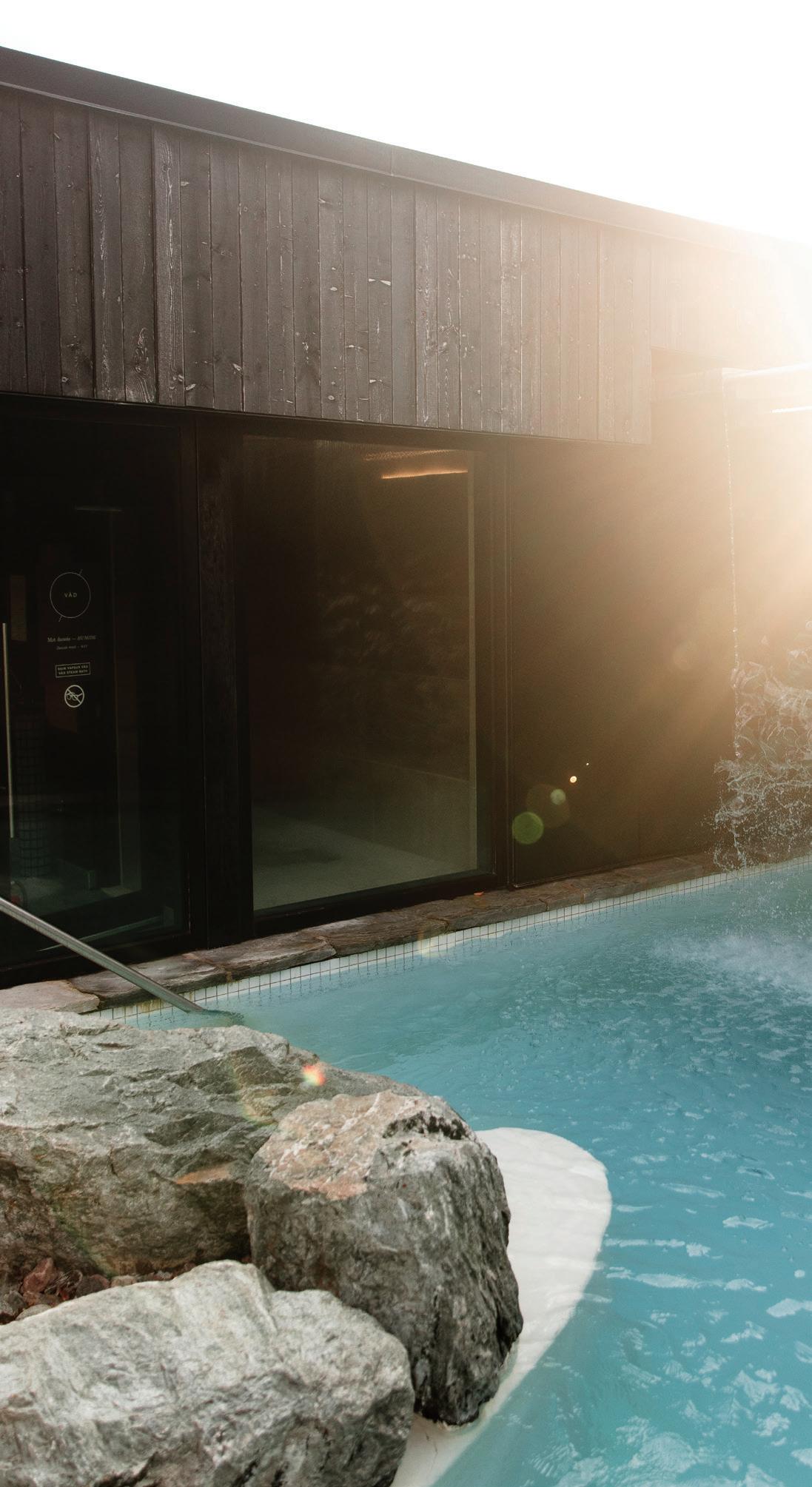 Photographer — Bianca Des Jardins
STRØM RIVER
NORDIC BATH
Photographer — Bianca Des Jardins
STRØM RIVER
NORDIC BATH
79 STRØM MAGAZINE
Photographer — Bianca Des Jardins

FULL-SUN POOL MONT-SAINT-HILAIRE
Photographer — Maxime Brouillet


PISCINE PLEIN SOLEIL MONT-SAINT-HILAIRE
Photographer — Bianca Des Jardins
ISLAND
Photographer — Bianca Des Jardins
FIREPLACE AREA — WHIRLPOOL NUNS’
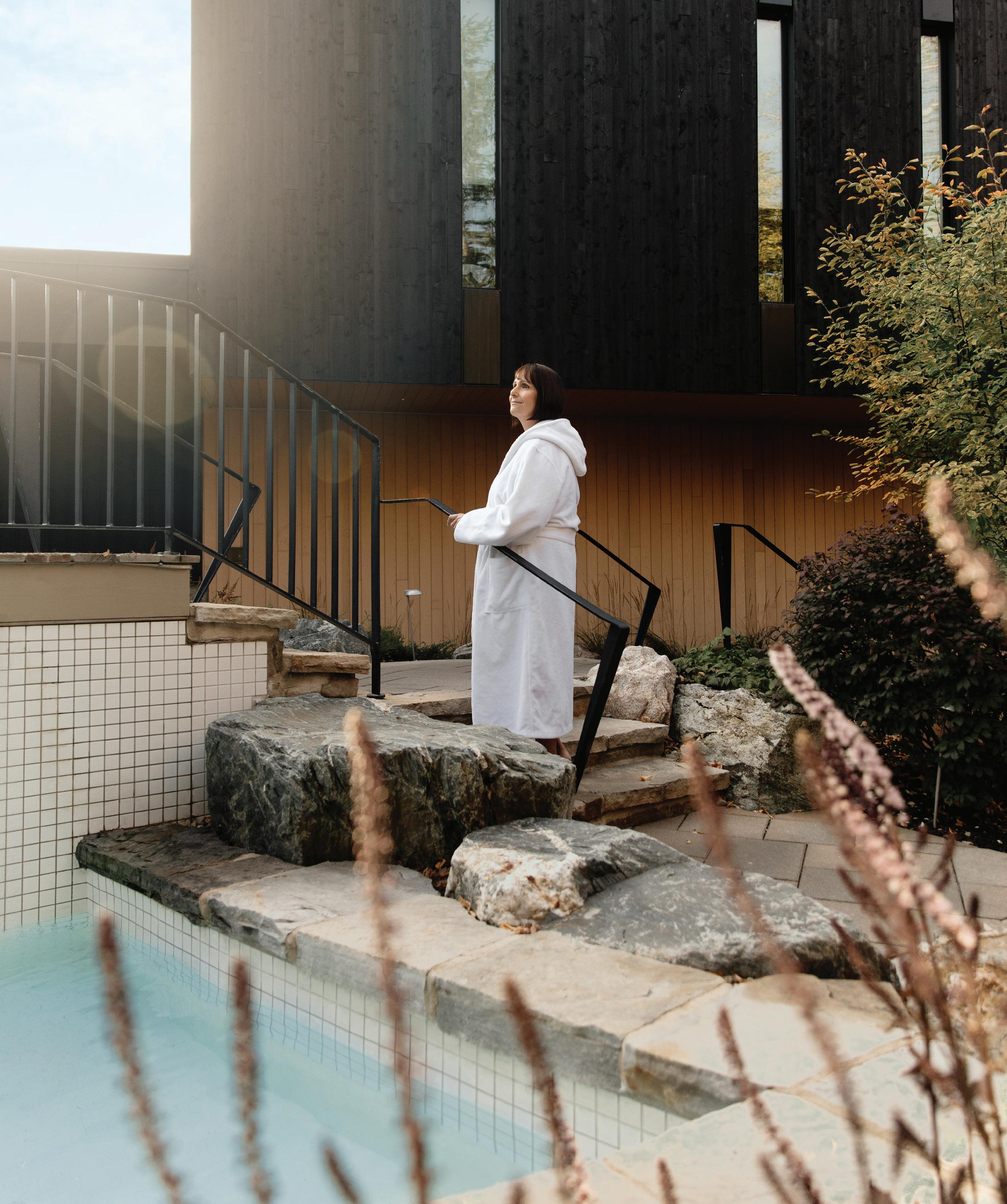 Photographer — Bianca Des Jardins
VIEW OF THE ARCHITECTURE OF THE BUILDING SHERBROOKE
Photographer — Bianca Des Jardins
VIEW OF THE ARCHITECTURE OF THE BUILDING SHERBROOKE

FLOTATION BATH OLD QUEBEC
Photographer — Bianca Des Jardins

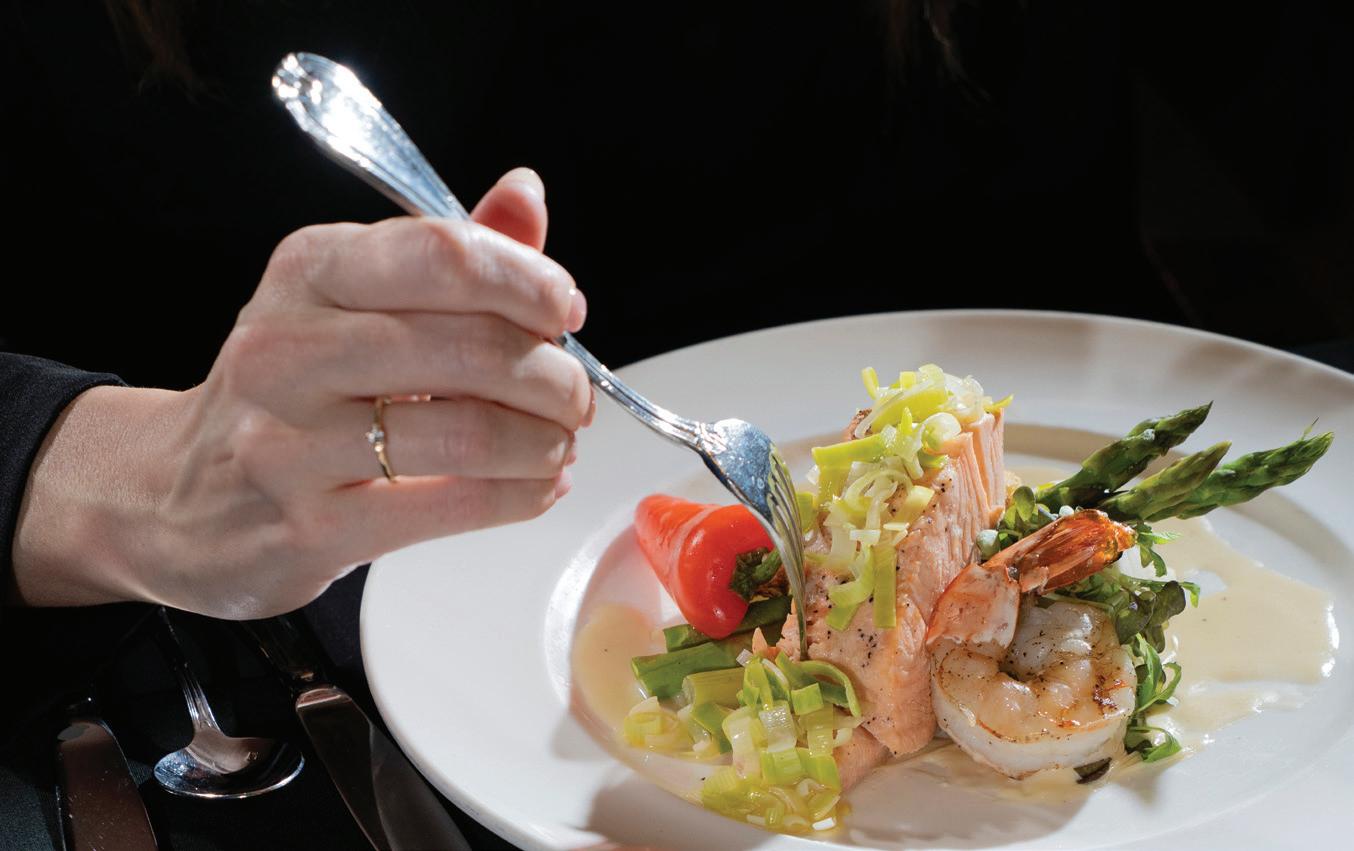



Discover our packages aubergegodefroy.com | 1-877-463-3769 Refined comfort | Gastronomy | Amerispa Centre | Espace Aqua-Détente Treat yourself to a moment of relaxation at Auberge Godefroy

camping fishing cycling nautical gear outdoor hiking hunting Your superstore sail.ca
DARE TO EXPERIENCE RELAXATION AT HOME.
JAYMAR FURNITURE, A COMPANY OF UPHOLSTERED FURNITURE MADE IN QUEBEC, HAS RECENTLY DEVELOPED A RANGE OF ERGONOMIC ARMCHAIRS WITH HEATED BACKS, LUMBAR SUPPORT AND... INTEGRATED MASSAGE SYSTEM.
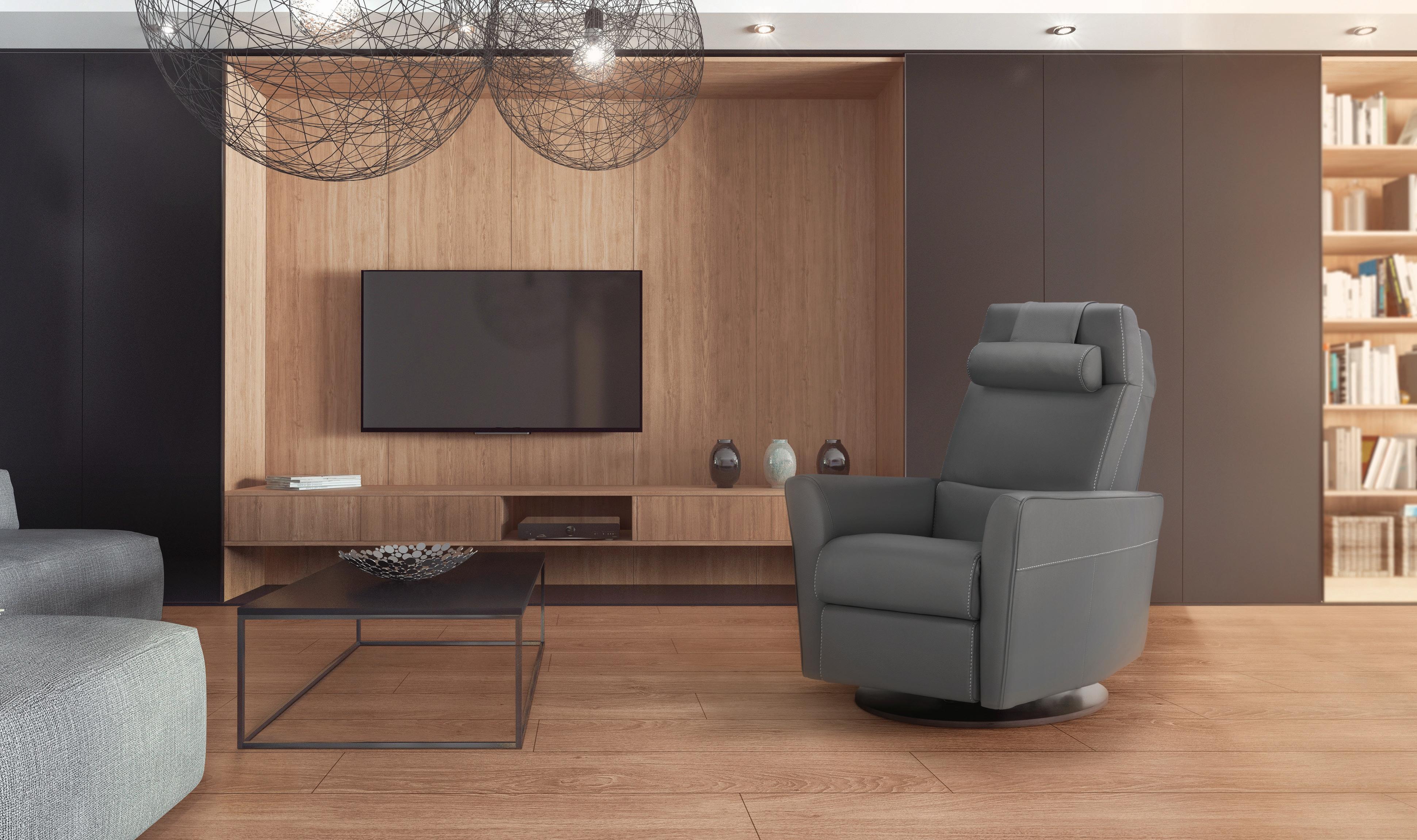
To experience our EGO chairs, Visit our Showroom: 75 Jaymar Street in Terrebonne or at one of our participating retailers.
To find out more jaymar.ca
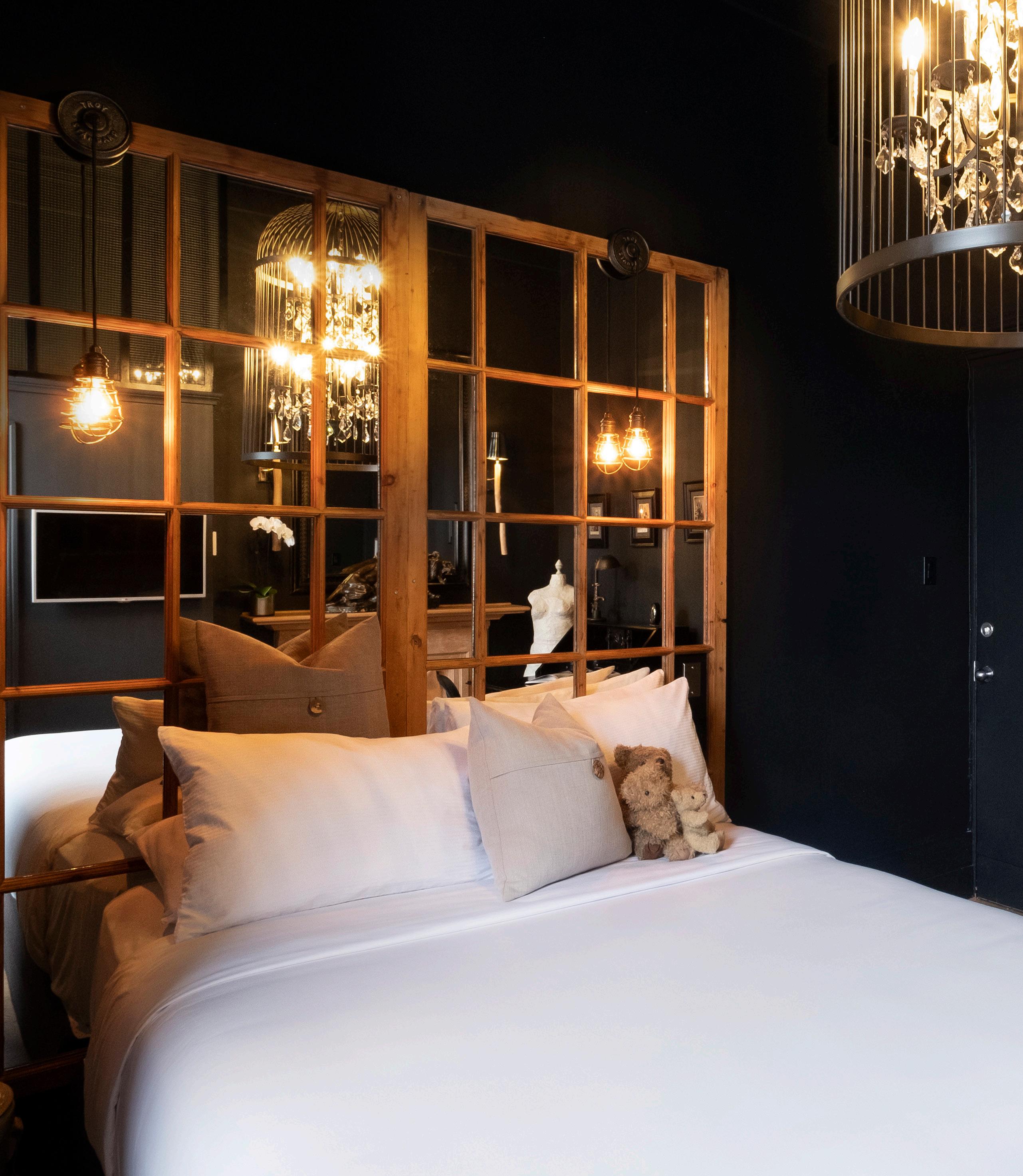

Your sustainable and well-being getaway in Old Quebec City Package night(s) + thermal experience at Strøm Nordic Spa on www.hotelnomad.ca/en/offers-packages/
Le fortifiant Smoothie
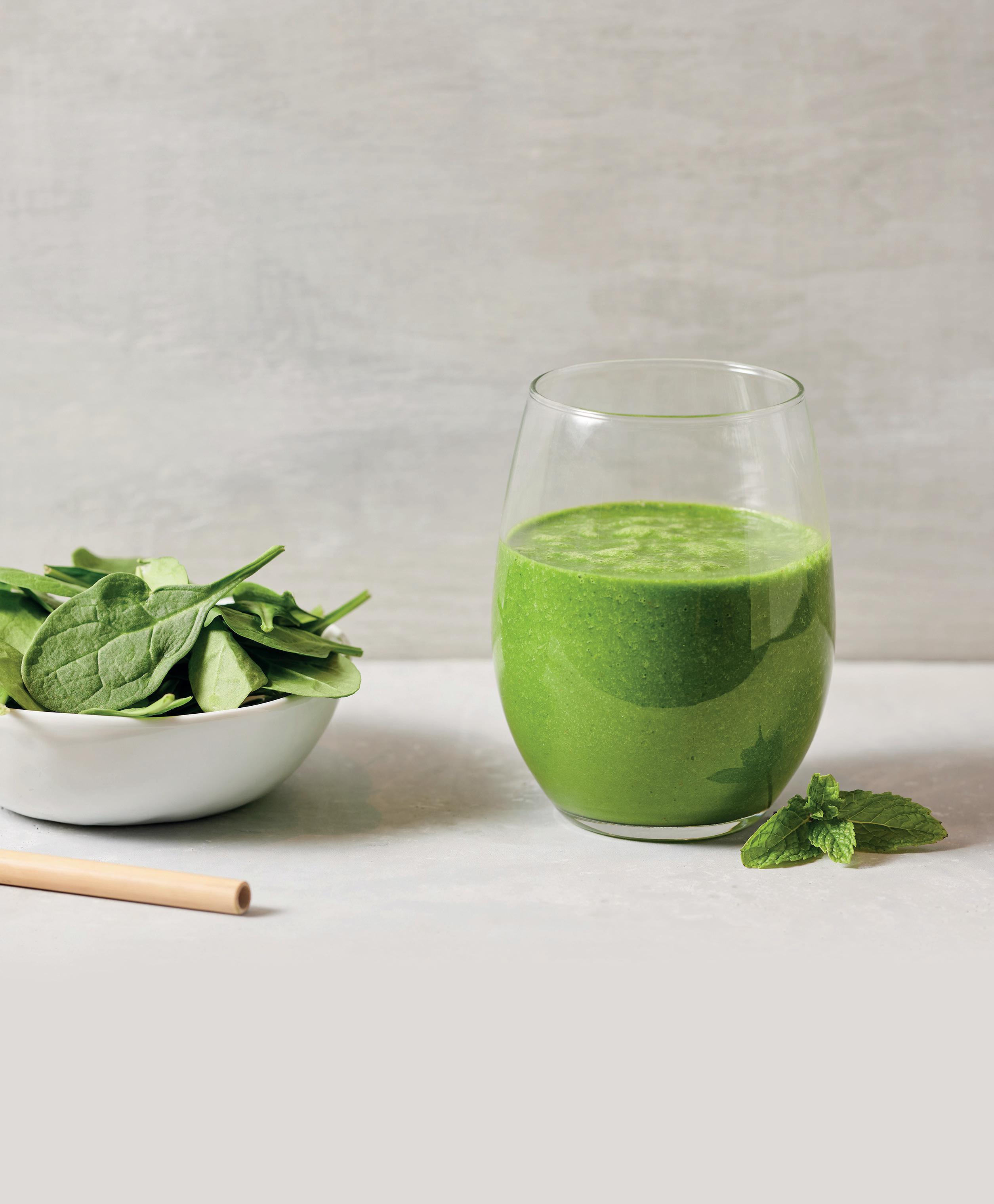
Available at our bistros | Recipe on avril.ca
BROSSARD | GRANBY | LAVAL | LÉVIS | LONGUEUIL | MAGOG | MONTRÉAL QUÉBEC | SAINT-BRUNO | SAINTE-FOY | SHERBROOKE
avril.ca































 Kanica Saphan
Jacinthe Roy Rioux
Nicolas Gendron
Chanelle Riopel
Franck Laboue
Eve Laliberté
Raphaël Podlasiewicz
Isabelle Huot
Stéphanie Dupuy
Kanica Saphan
Jacinthe Roy Rioux
Nicolas Gendron
Chanelle Riopel
Franck Laboue
Eve Laliberté
Raphaël Podlasiewicz
Isabelle Huot
Stéphanie Dupuy
 Guillaume
President
Guillaume
President
 Lemoine
We are seeking new talent to join Strøm’s large team! To see our job offers, visit our website.
Lemoine
We are seeking new talent to join Strøm’s large team! To see our job offers, visit our website.
 Photographer — Karolina Grabowska
Photographer — Karolina Grabowska


 Photographer — Julien Faugère
Photographer — Julien Faugère


 Photographer — Kim Gauthier
Photographer — Kim Gauthier
























 Photographer — Bianca Des Jardins
Photographer — Bianca Des Jardins

 Mojave Desert, Nevada Photographer — McCall Alexander
Mojave Desert, Nevada Photographer — McCall Alexander
 A table to welcome several guests, in Crete Photographer — Bianca Des Jardins
A table to welcome several guests, in Crete Photographer — Bianca Des Jardins


 Photographer — Bianca Des Jardins
Photographer — Bianca Des Jardins





 By Chanelle Riopel, founder and president of Acte
By Chanelle Riopel, founder and president of Acte
 Photographer — Bianca Des Jardins
Photographer — Bianca Des Jardins



 Photographer — Damir Omerovic ´
Photographer — Damir Omerovic ´

 Photographer — Bianca Des Jardins
Photographer — Bianca Des Jardins

 Photographer — Bianca Des Jardins
Photographer — Bianca Des Jardins


 Photographer — Bianca Des Jardins
Photographer — Bianca Des Jardins


 by Paul Tom and Mélanie Baillairgé (La courte échelle, 2022)
by Paul Tom and Mélanie Baillairgé (La courte échelle, 2022)
 by Catherine Ocelot (Pow Pow, 2022)
by Catherine Ocelot (Pow Pow, 2022)
 David Paquet
David Paquet
 by Monique Durand (Somme toute/Le Devoir, 2022)
by Monique Durand (Somme toute/Le Devoir, 2022)













 Photographer — Bianca Des Jardins
Photographer — Bianca Des Jardins








 Photographer — Bianca Des Jardins
Photographer — Bianca Des Jardins





 Photographer — Bianca Des Jardins
Photographer — Bianca Des Jardins

 Photographer — Bianca Des Jardins
STRØM RIVER
NORDIC BATH
Photographer — Bianca Des Jardins
STRØM RIVER
NORDIC BATH



 Photographer — Bianca Des Jardins
VIEW OF THE ARCHITECTURE OF THE BUILDING SHERBROOKE
Photographer — Bianca Des Jardins
VIEW OF THE ARCHITECTURE OF THE BUILDING SHERBROOKE









